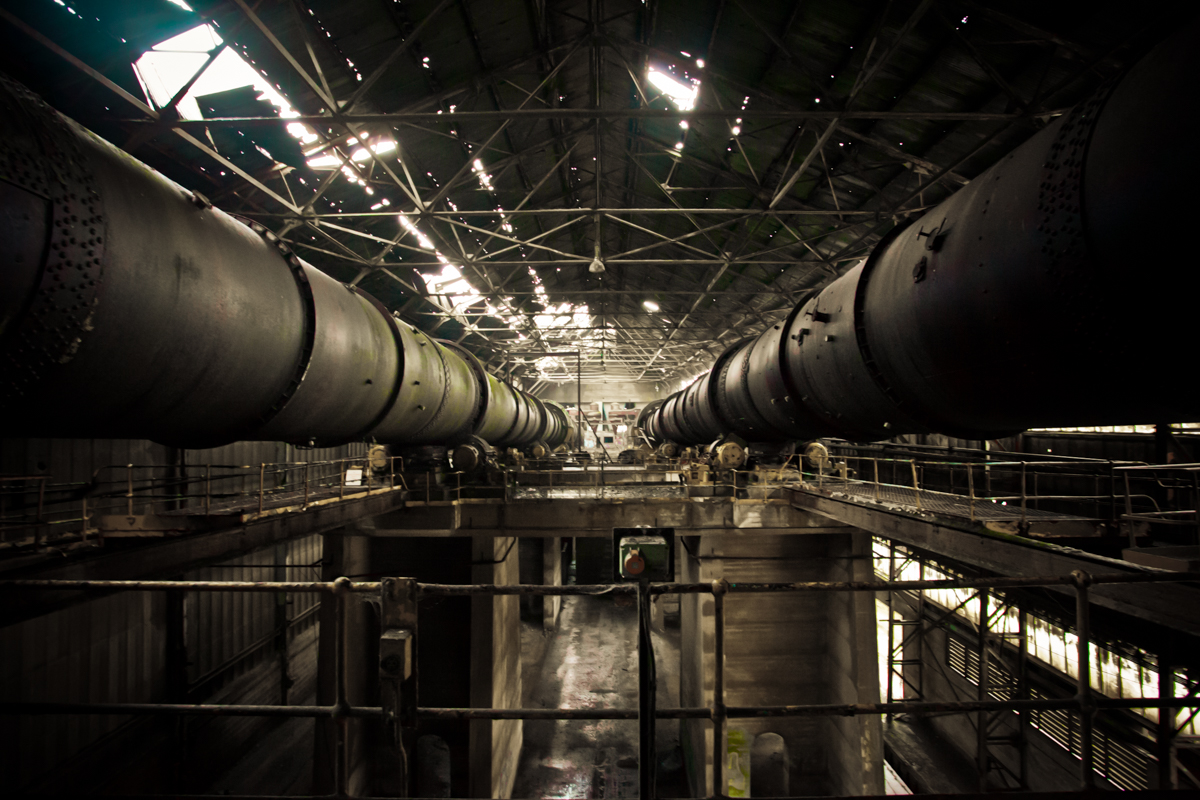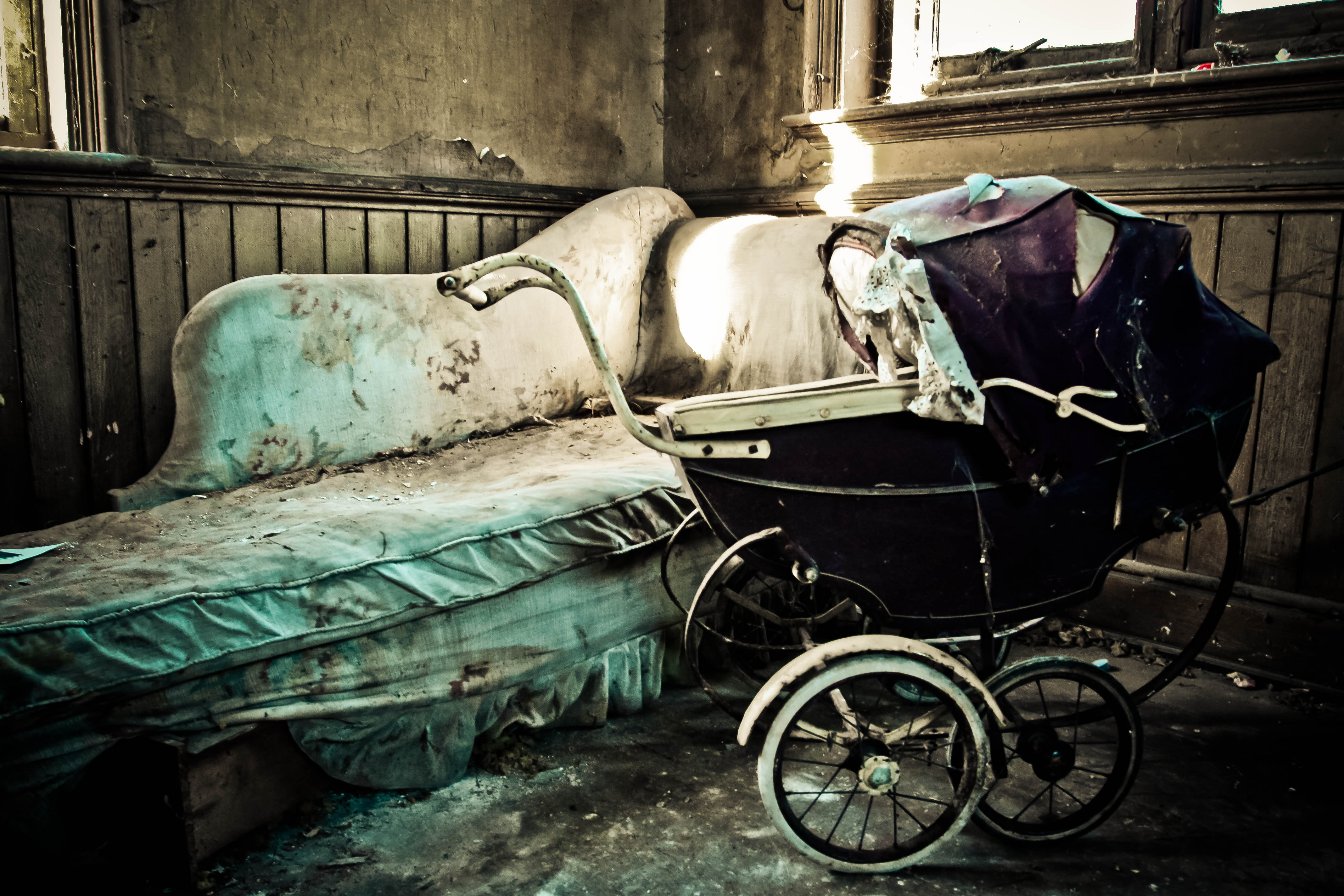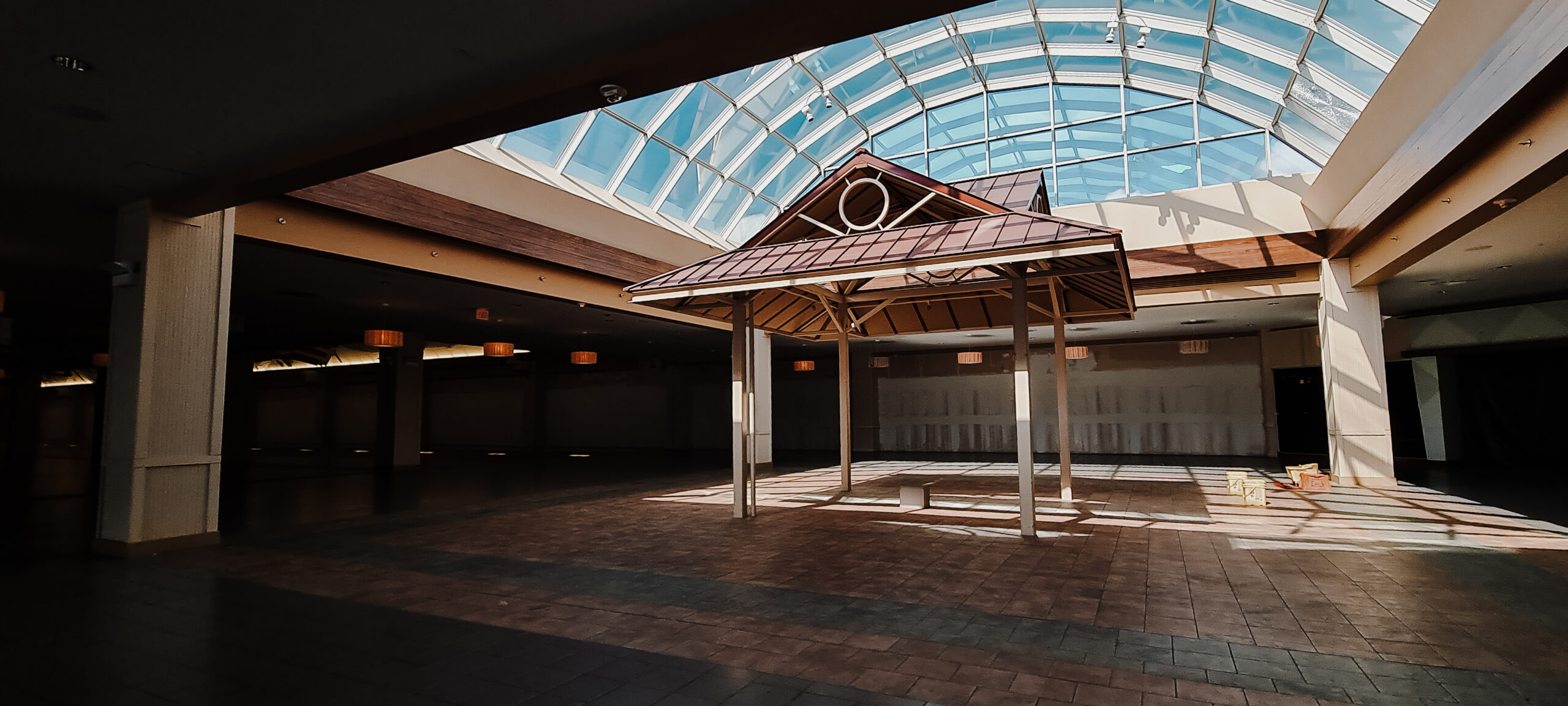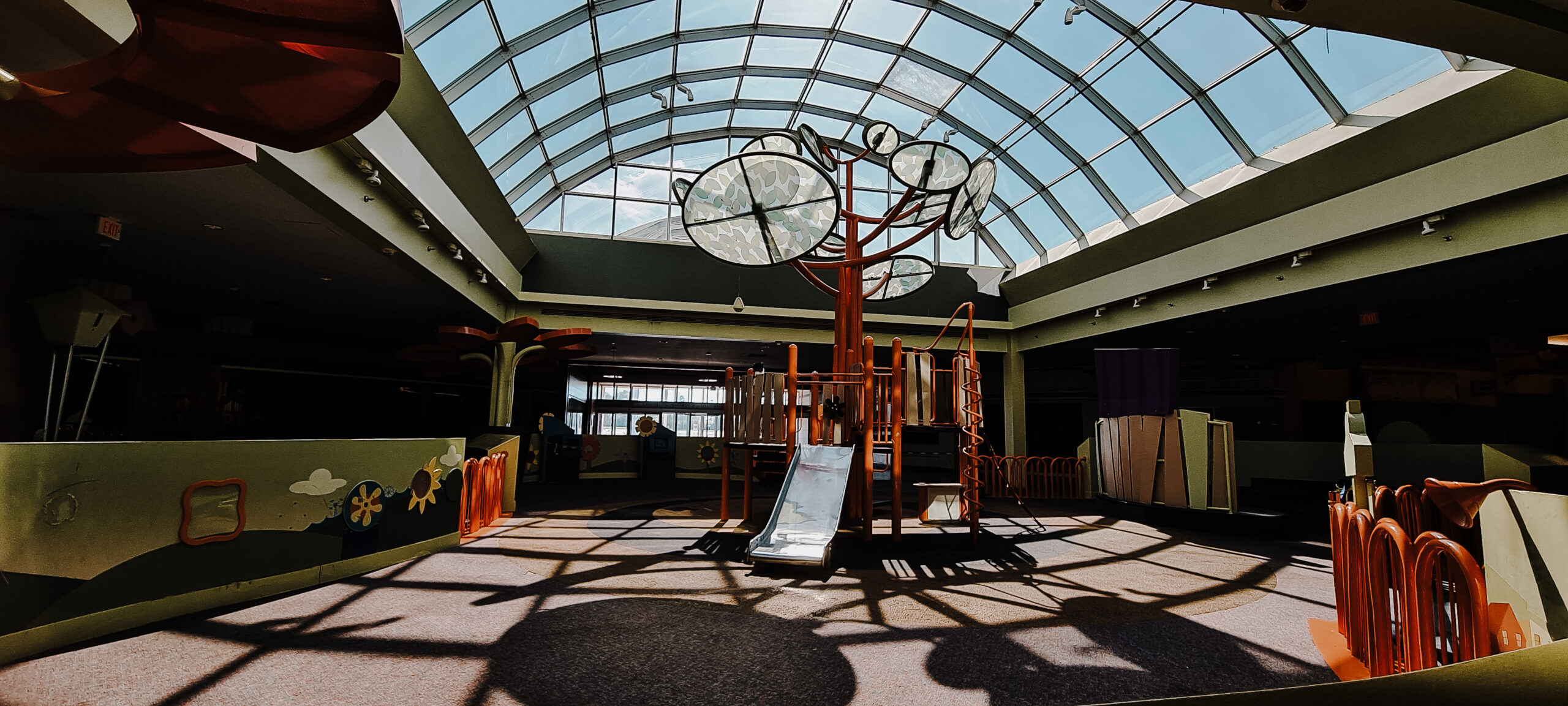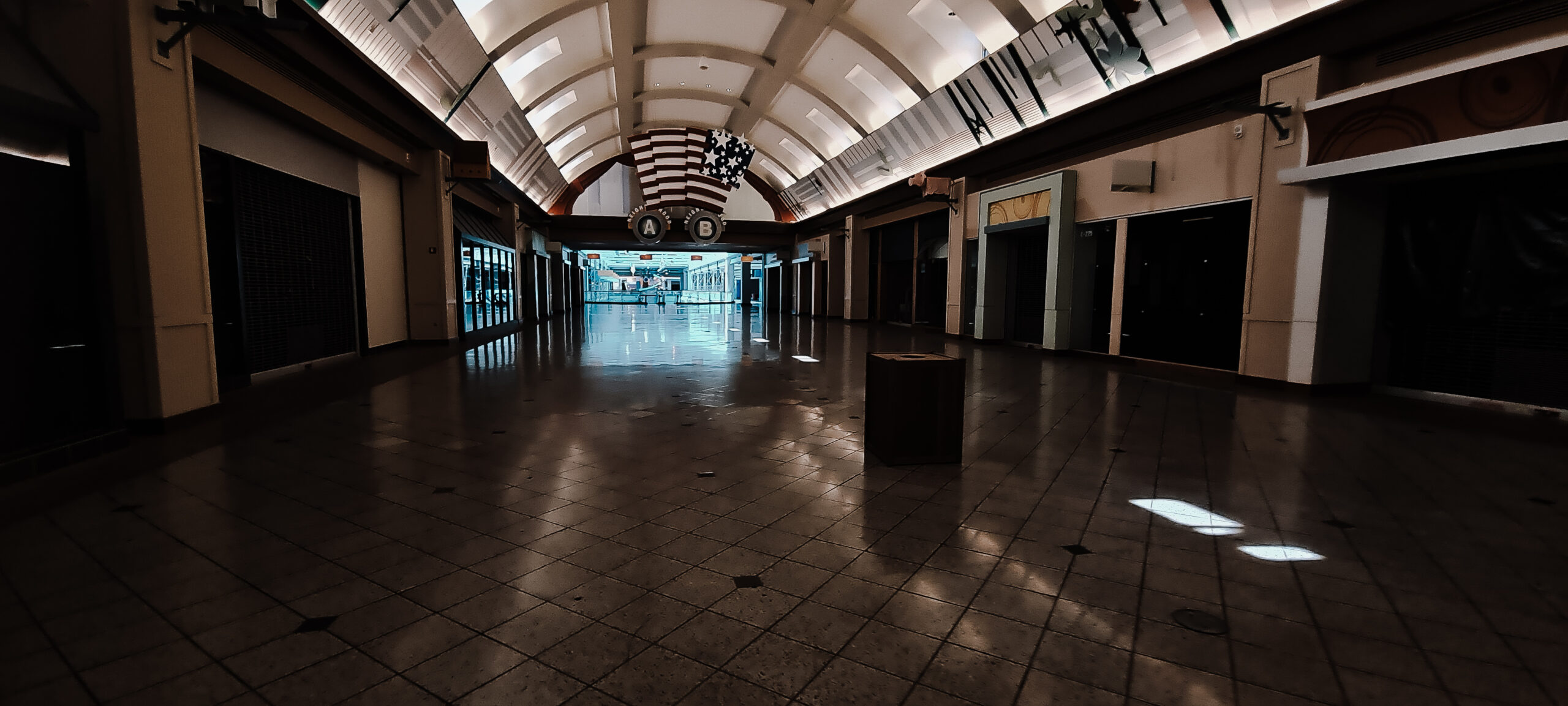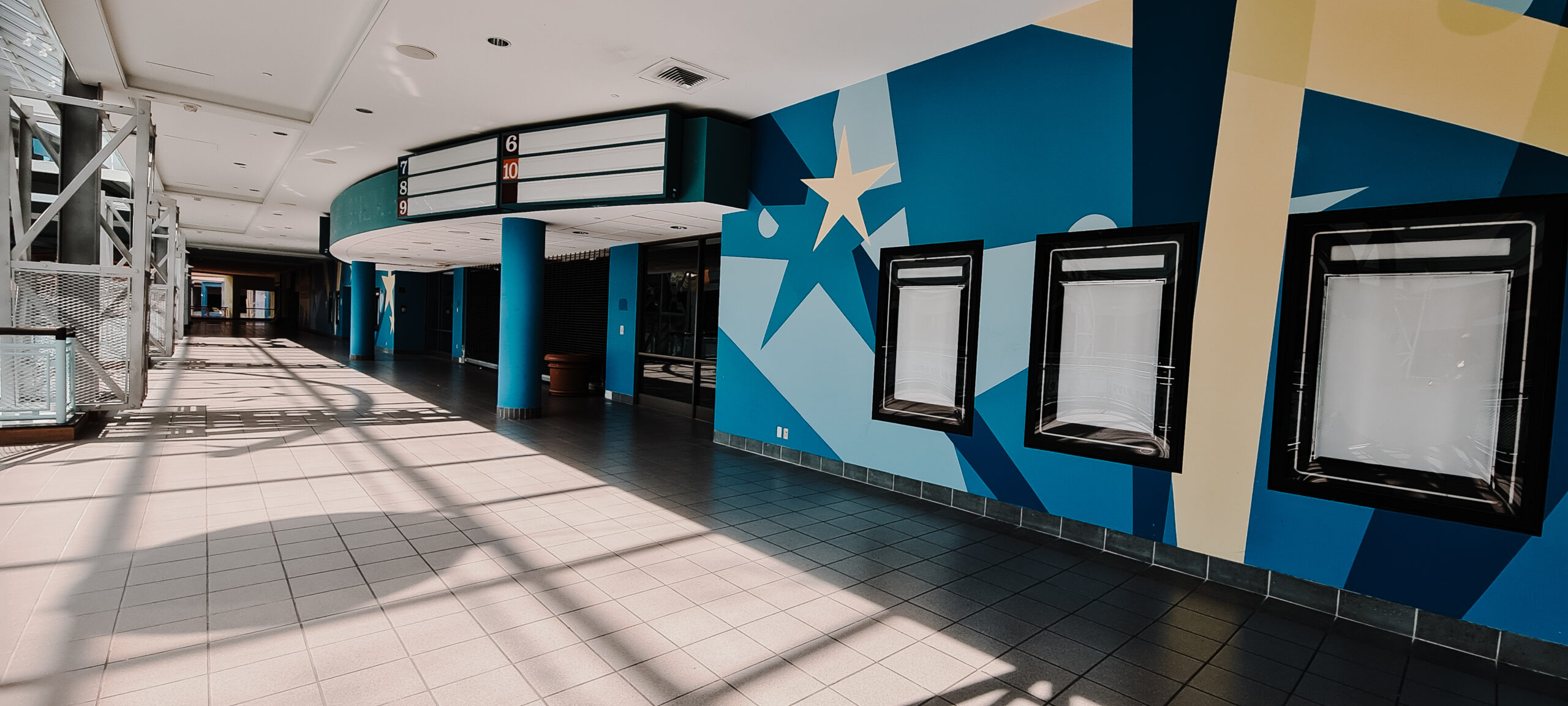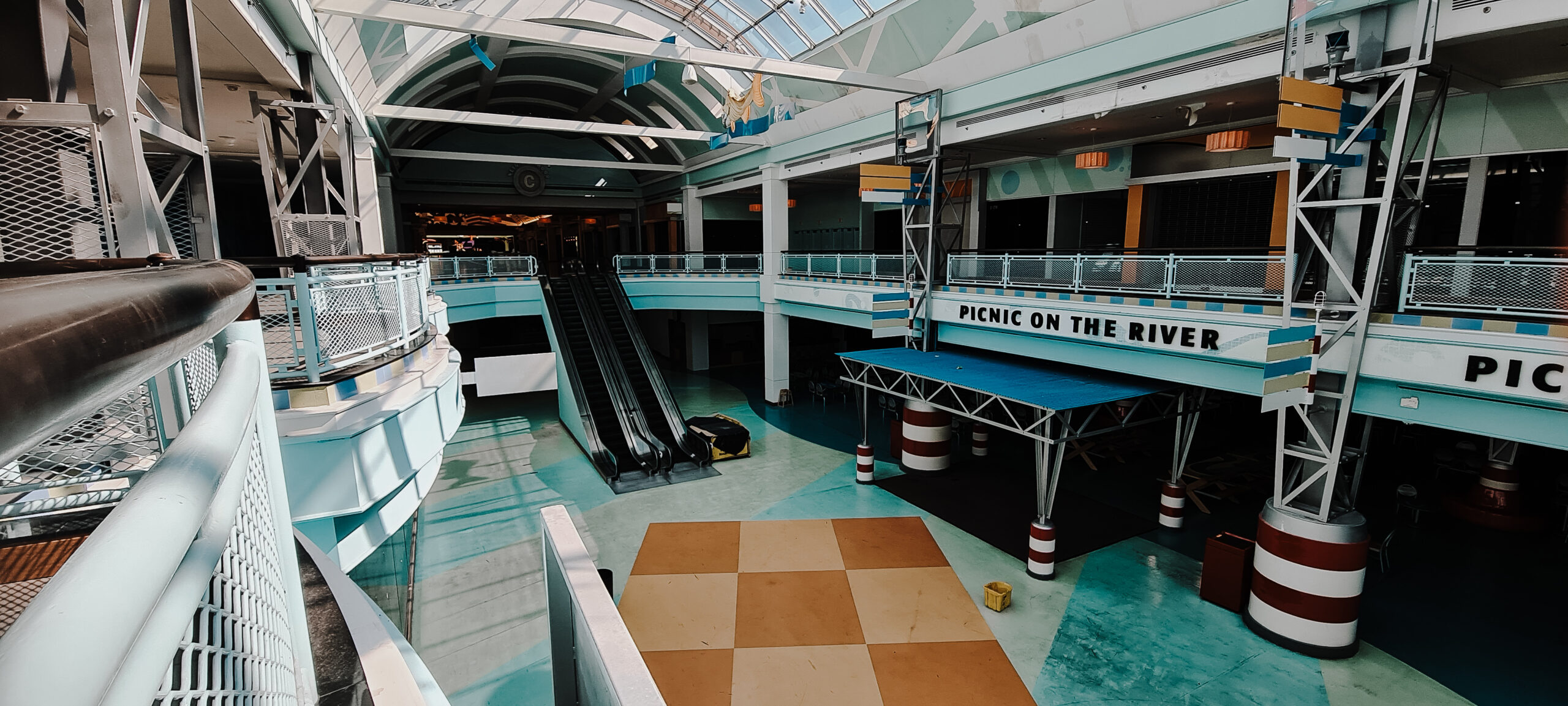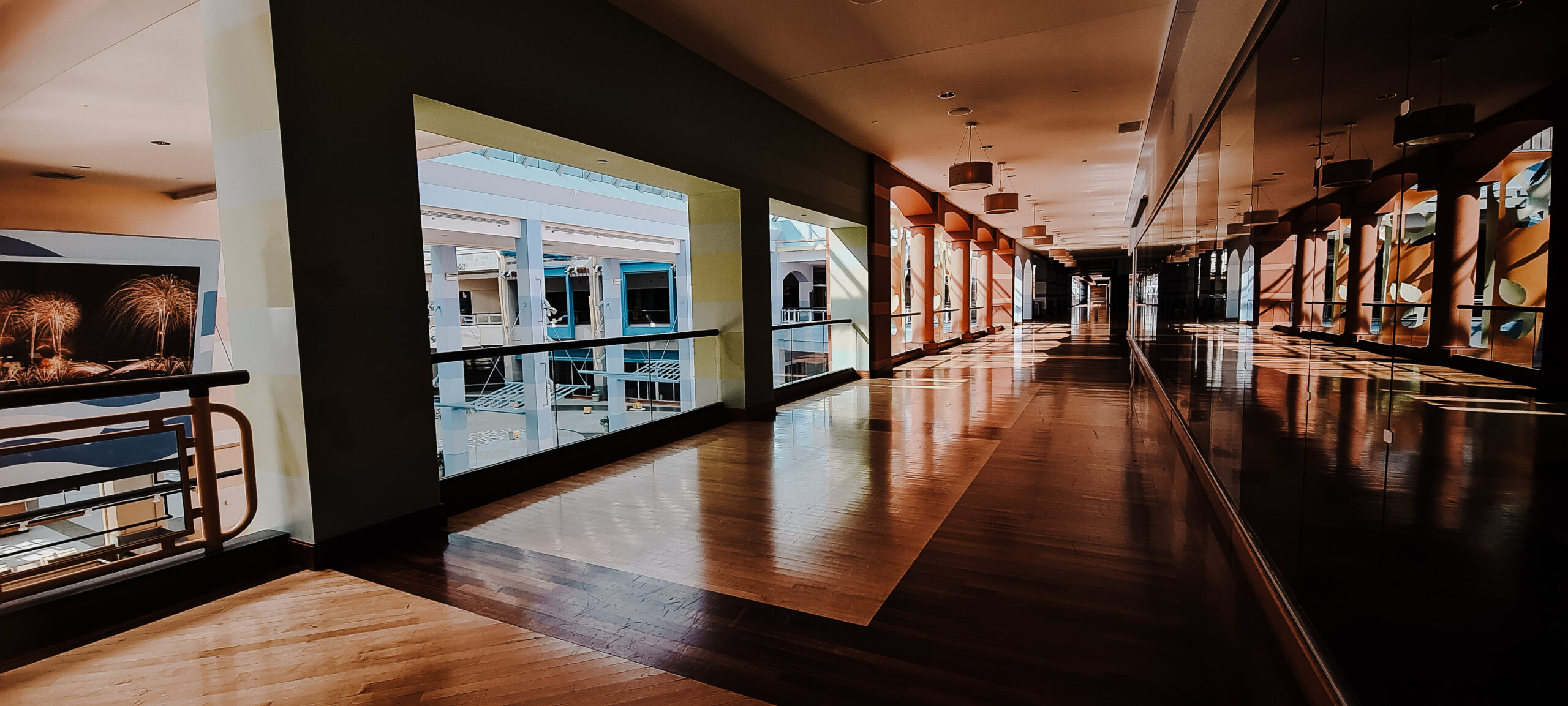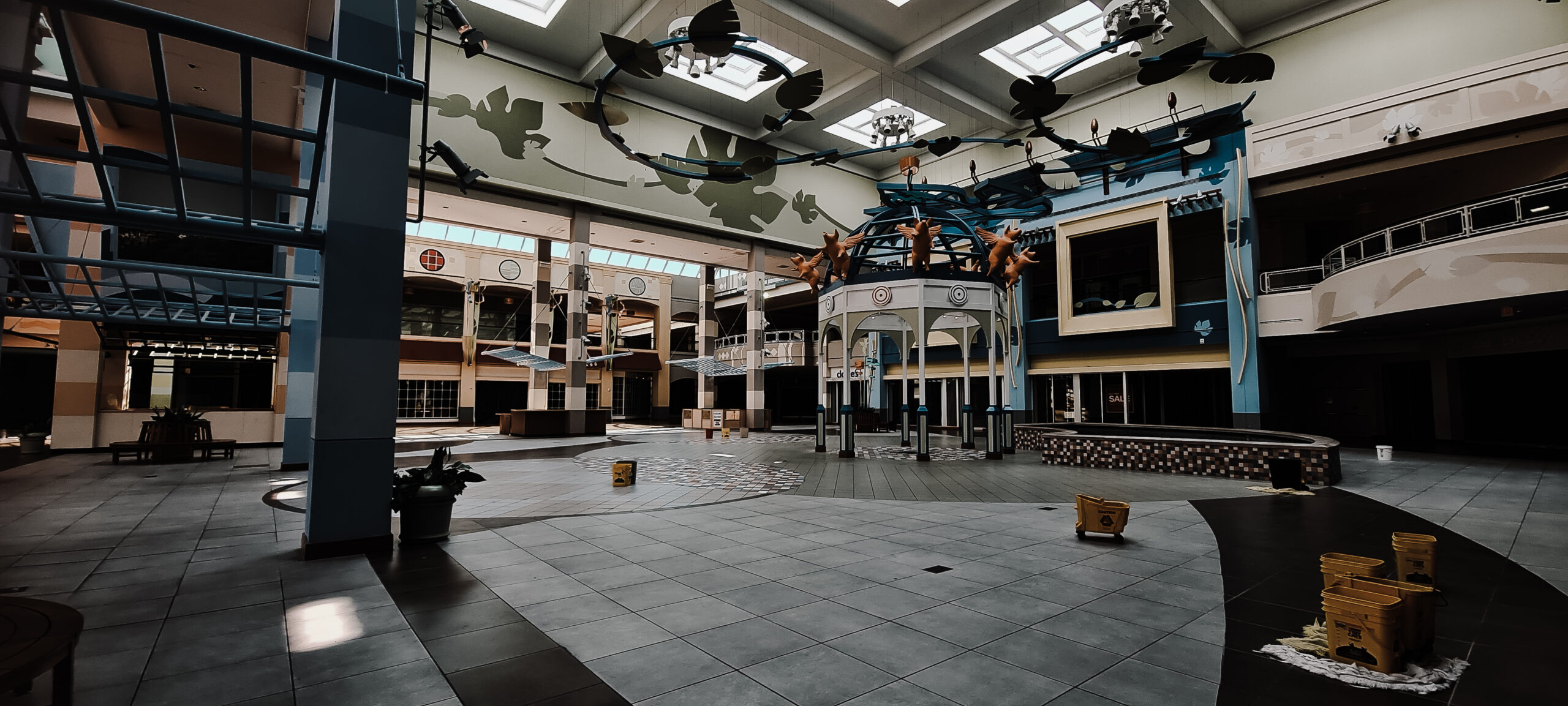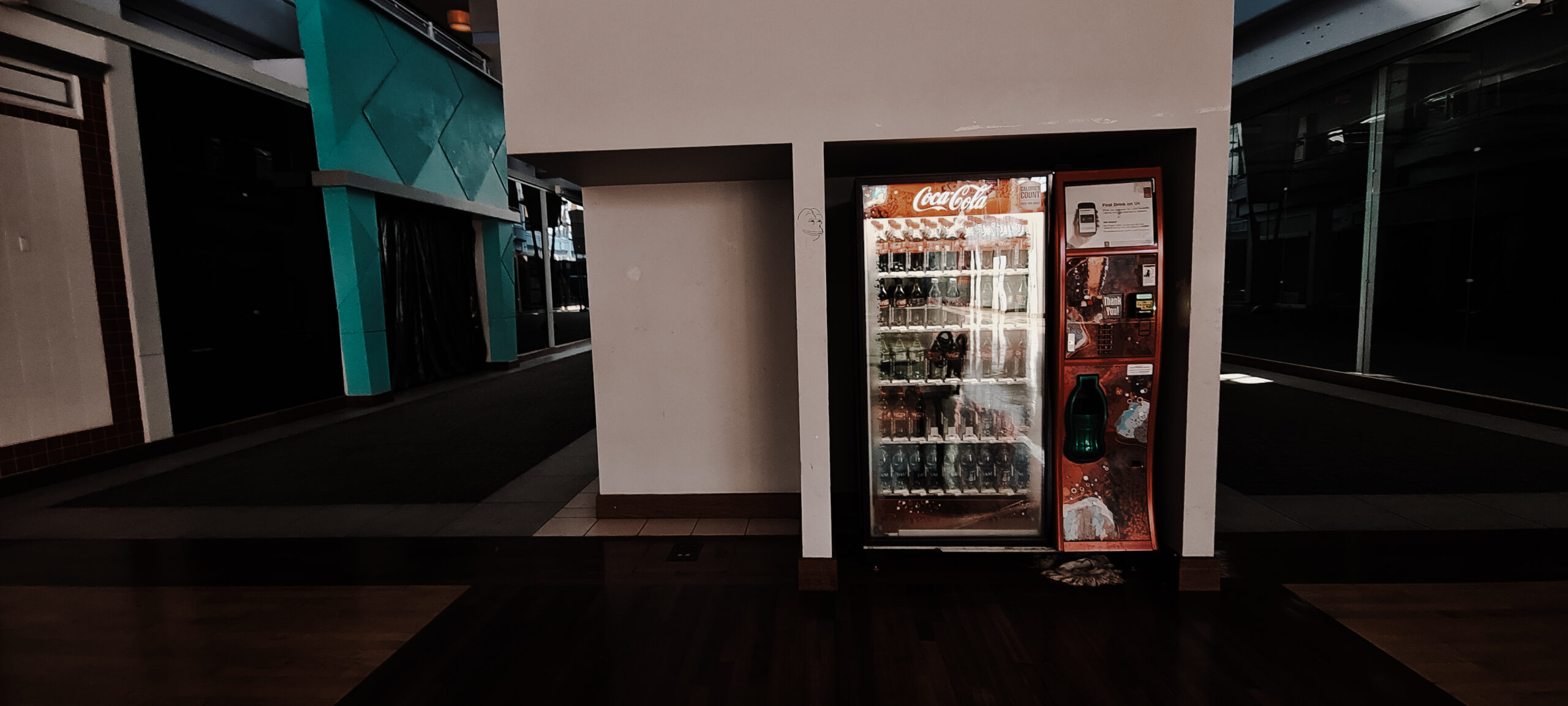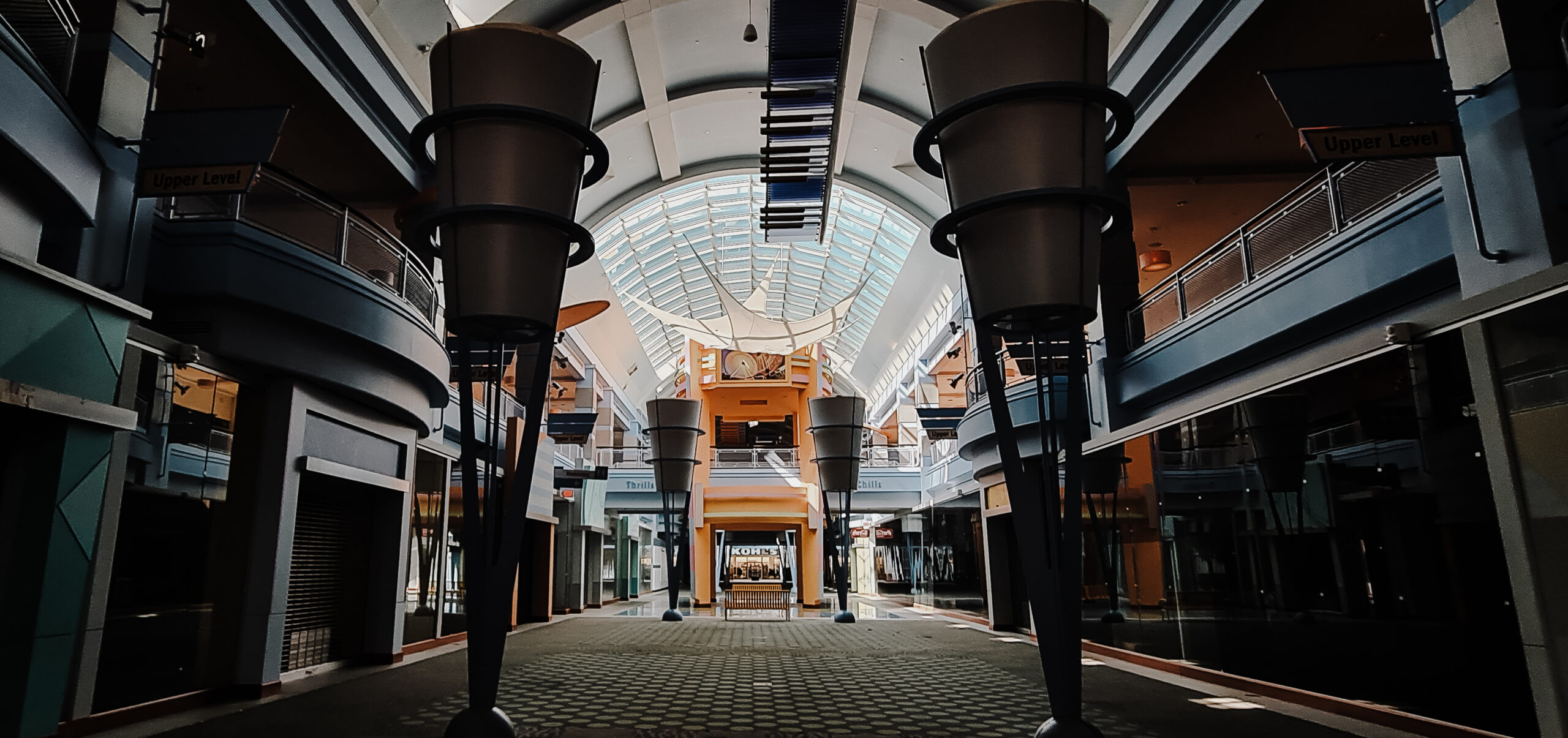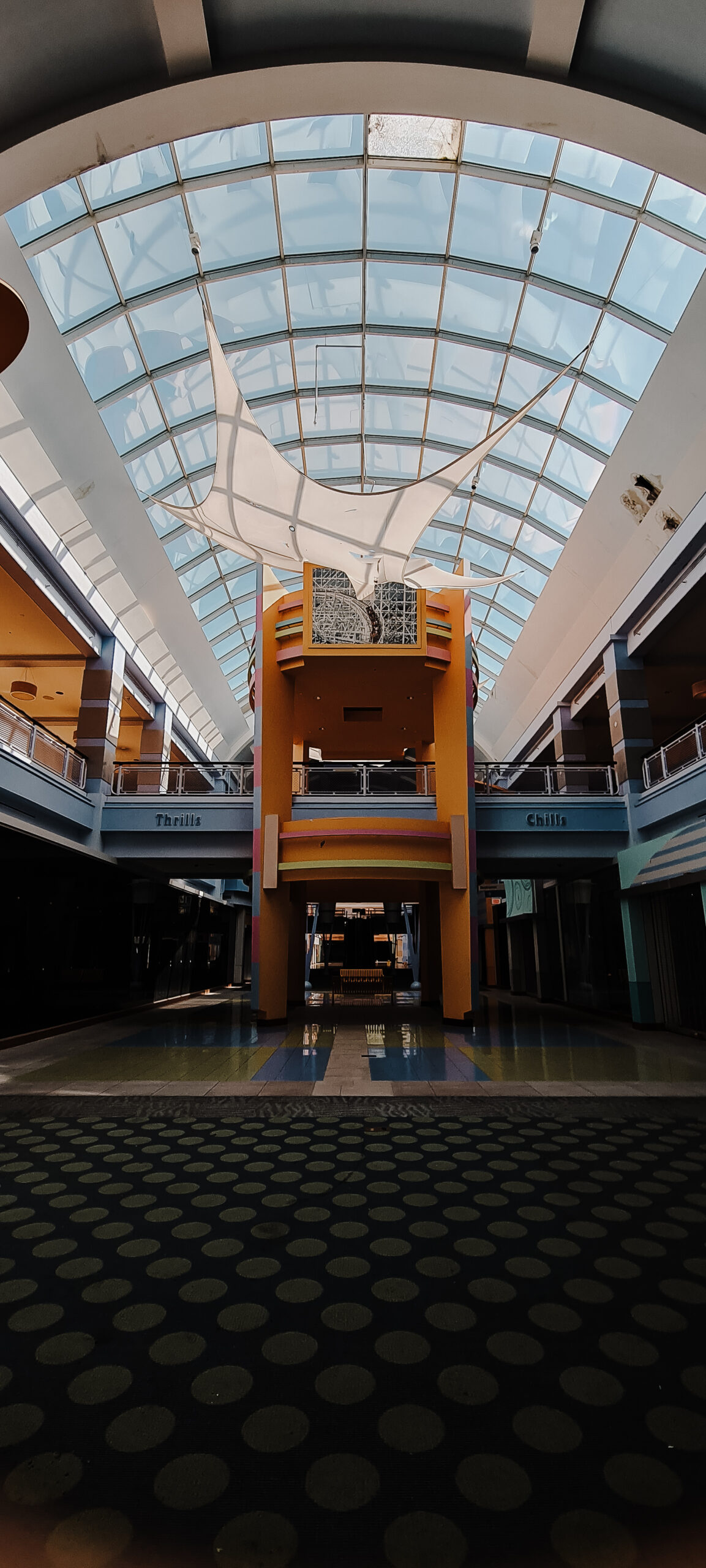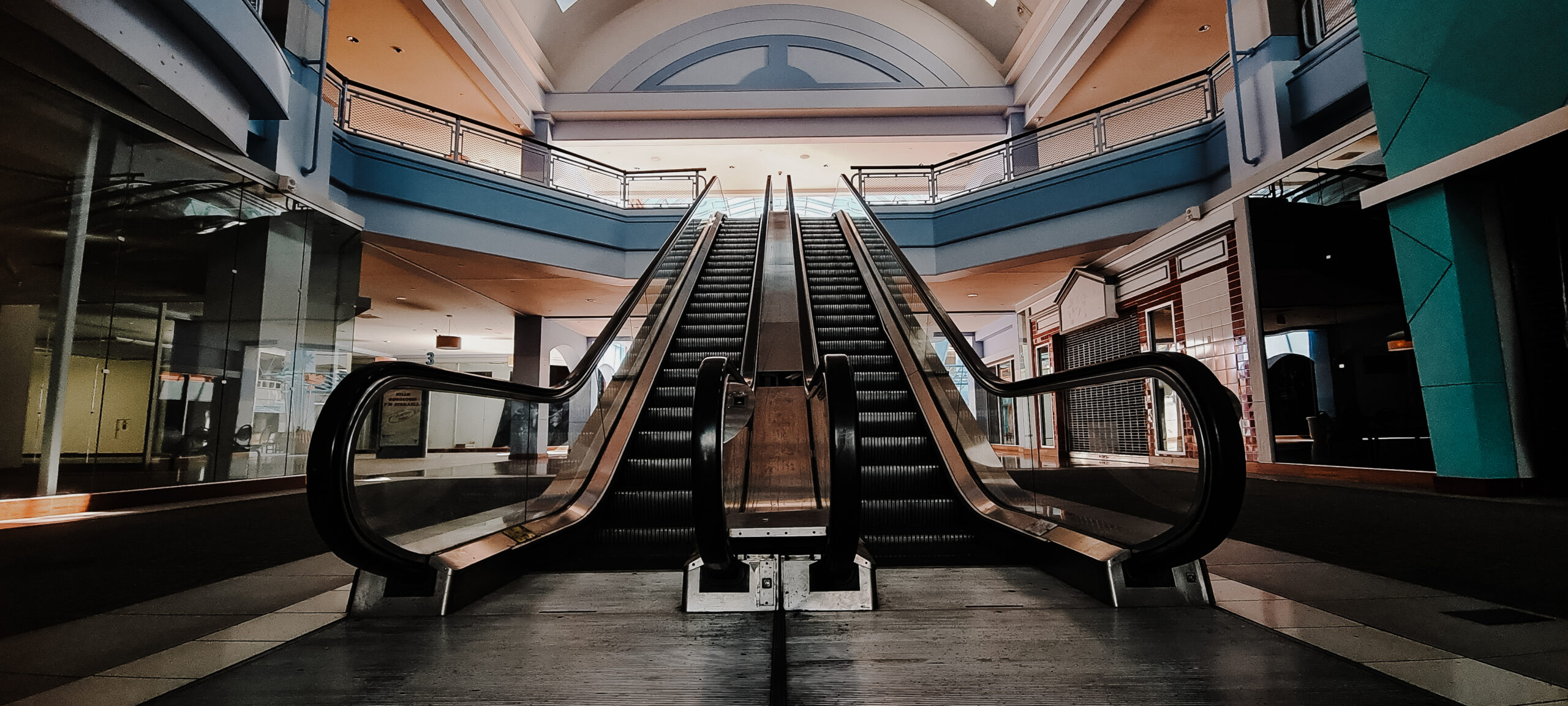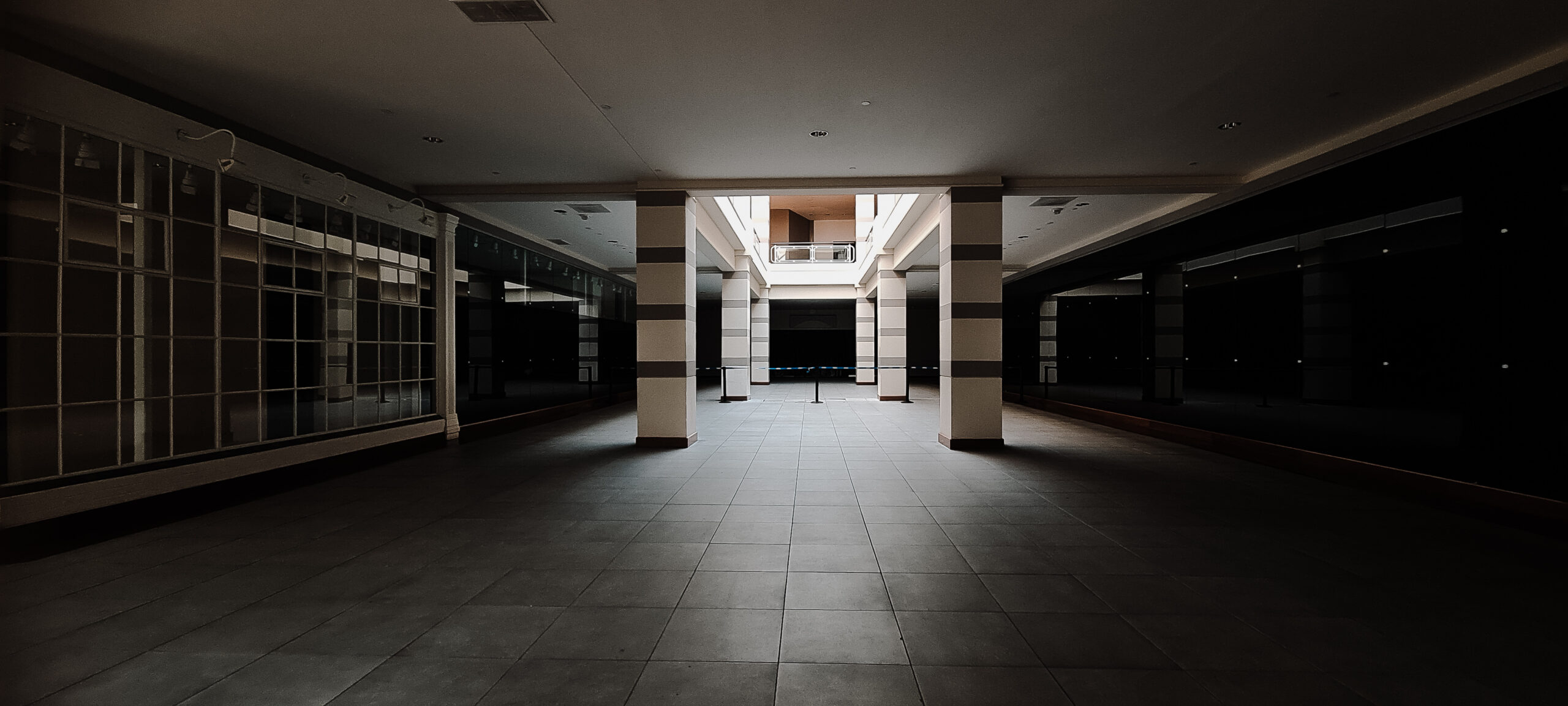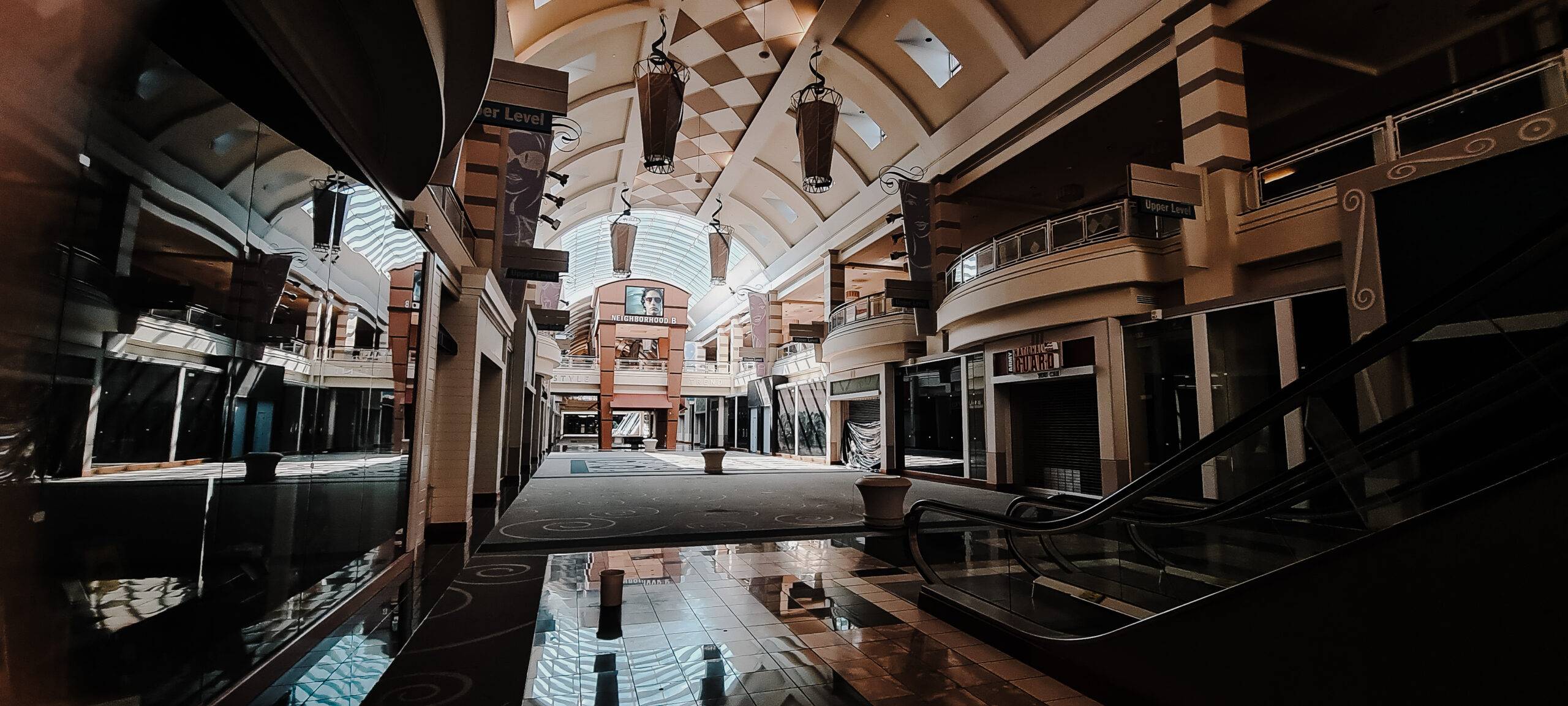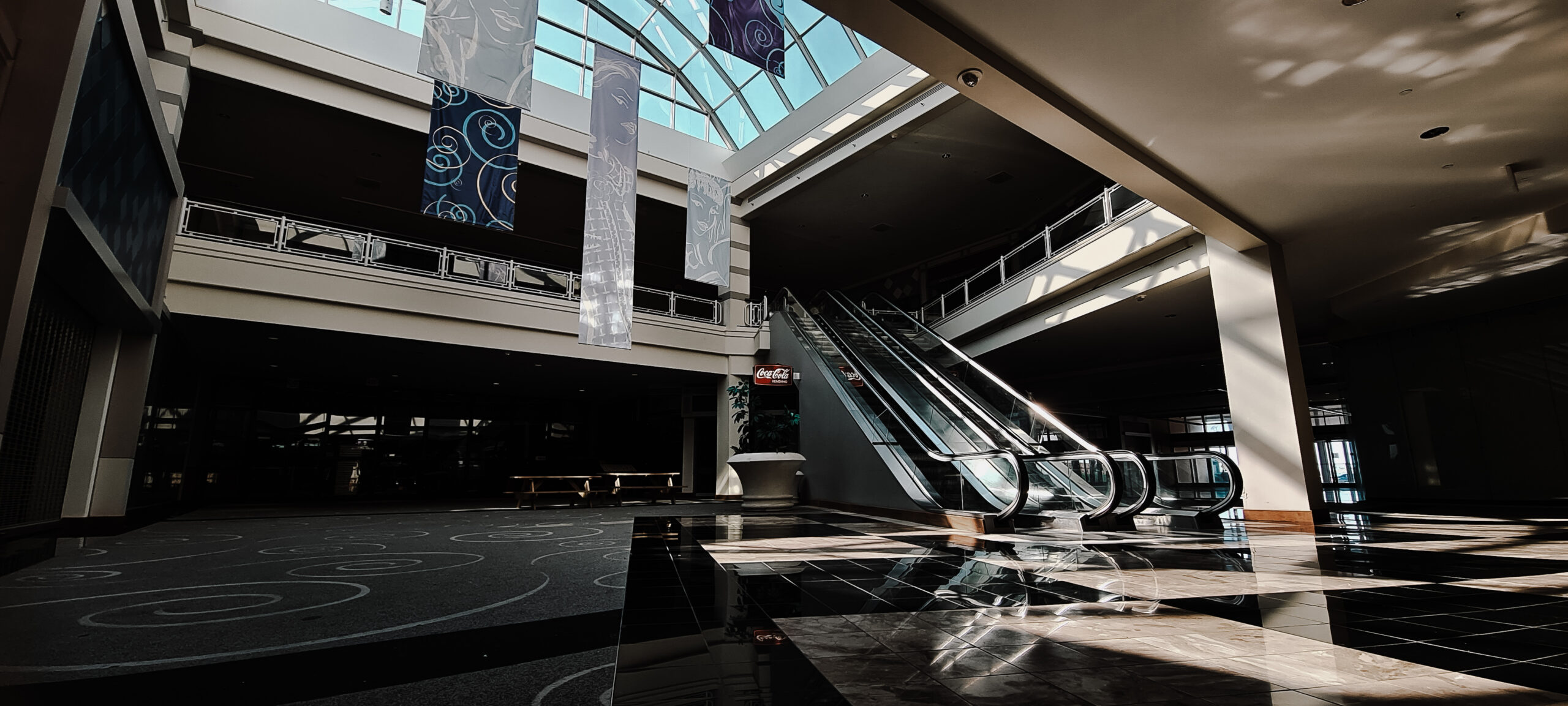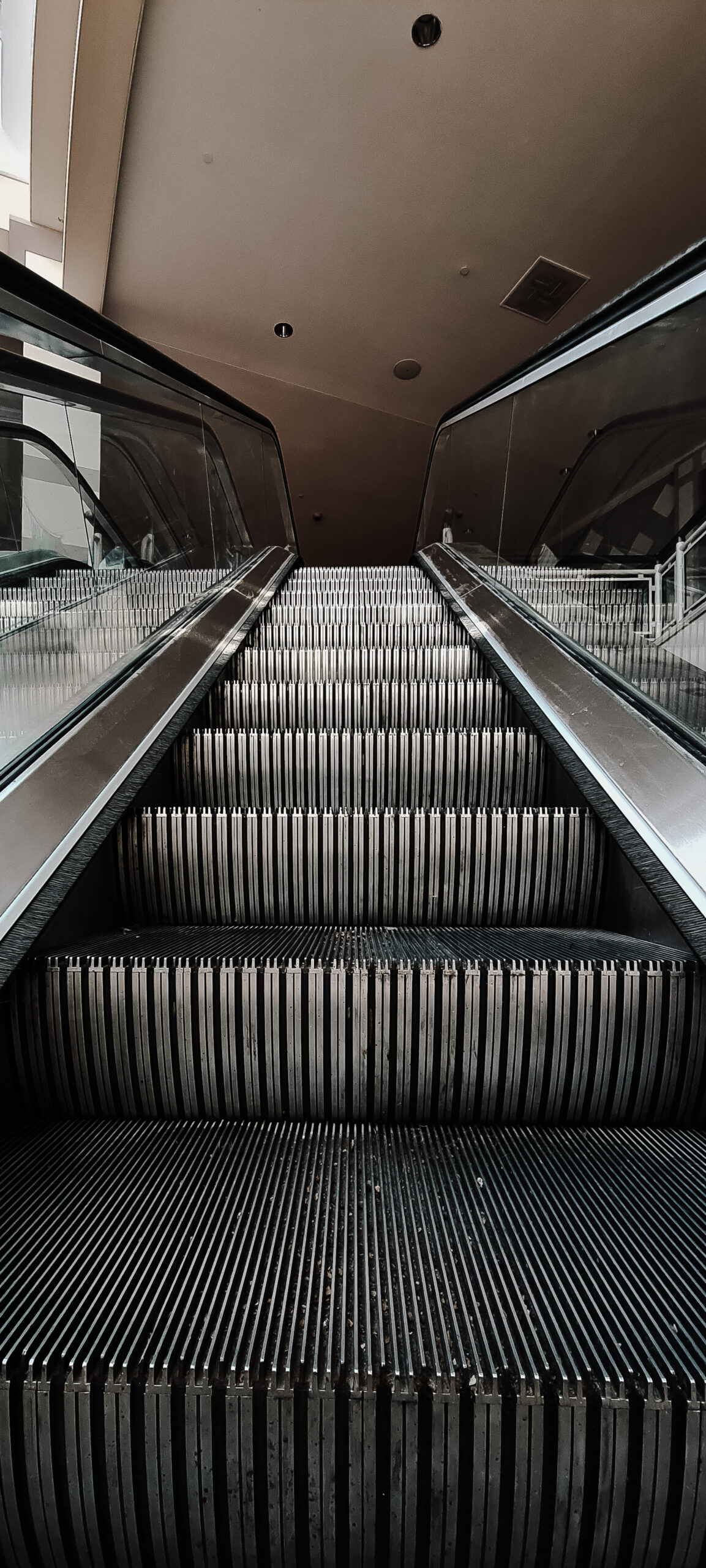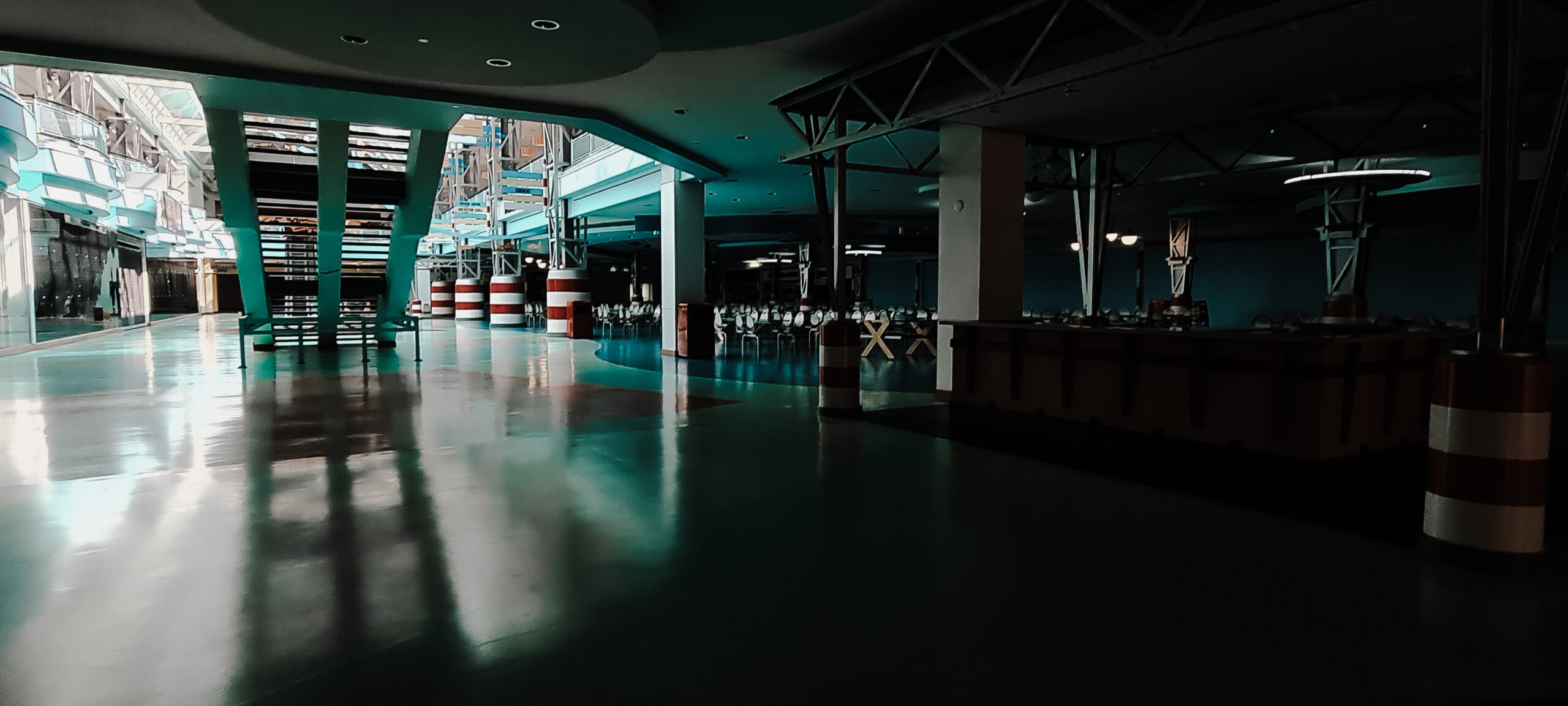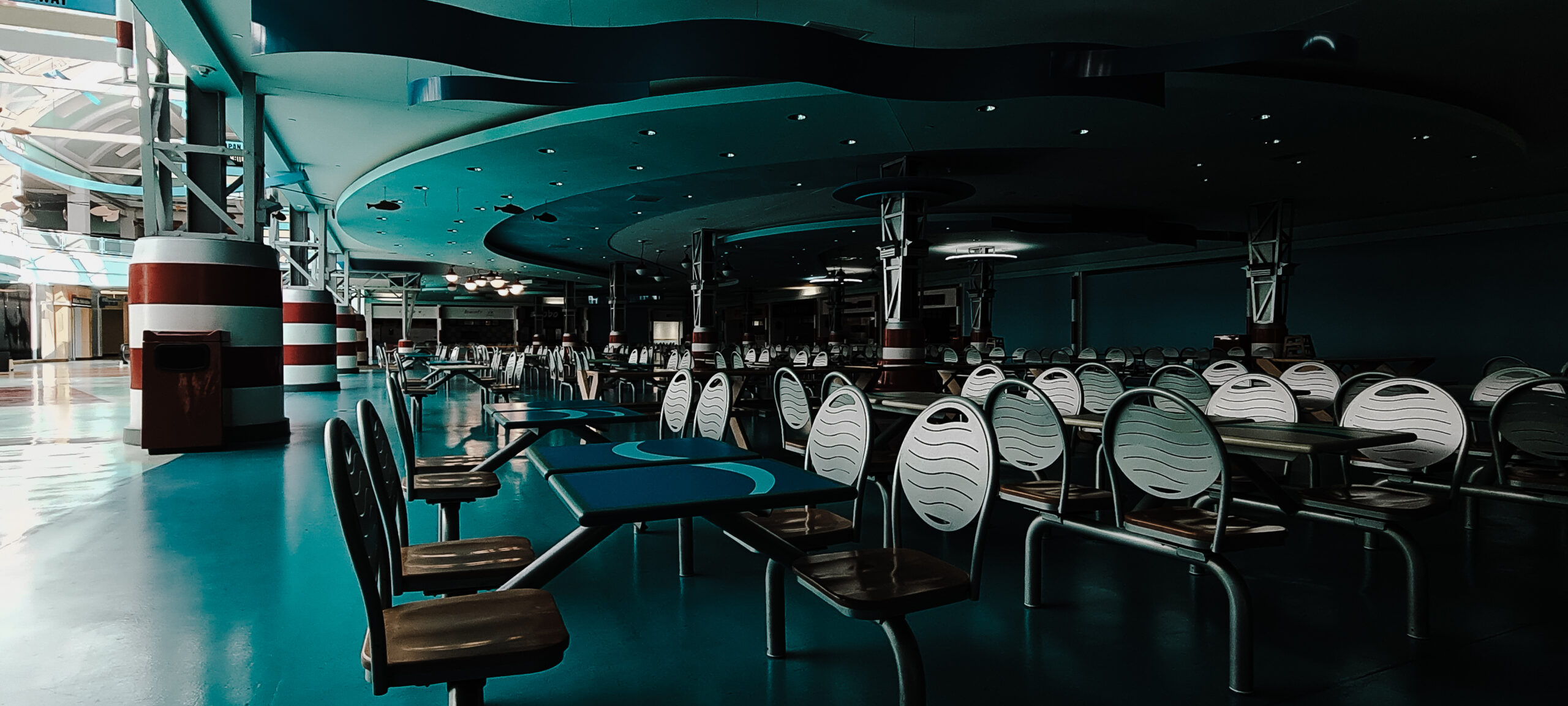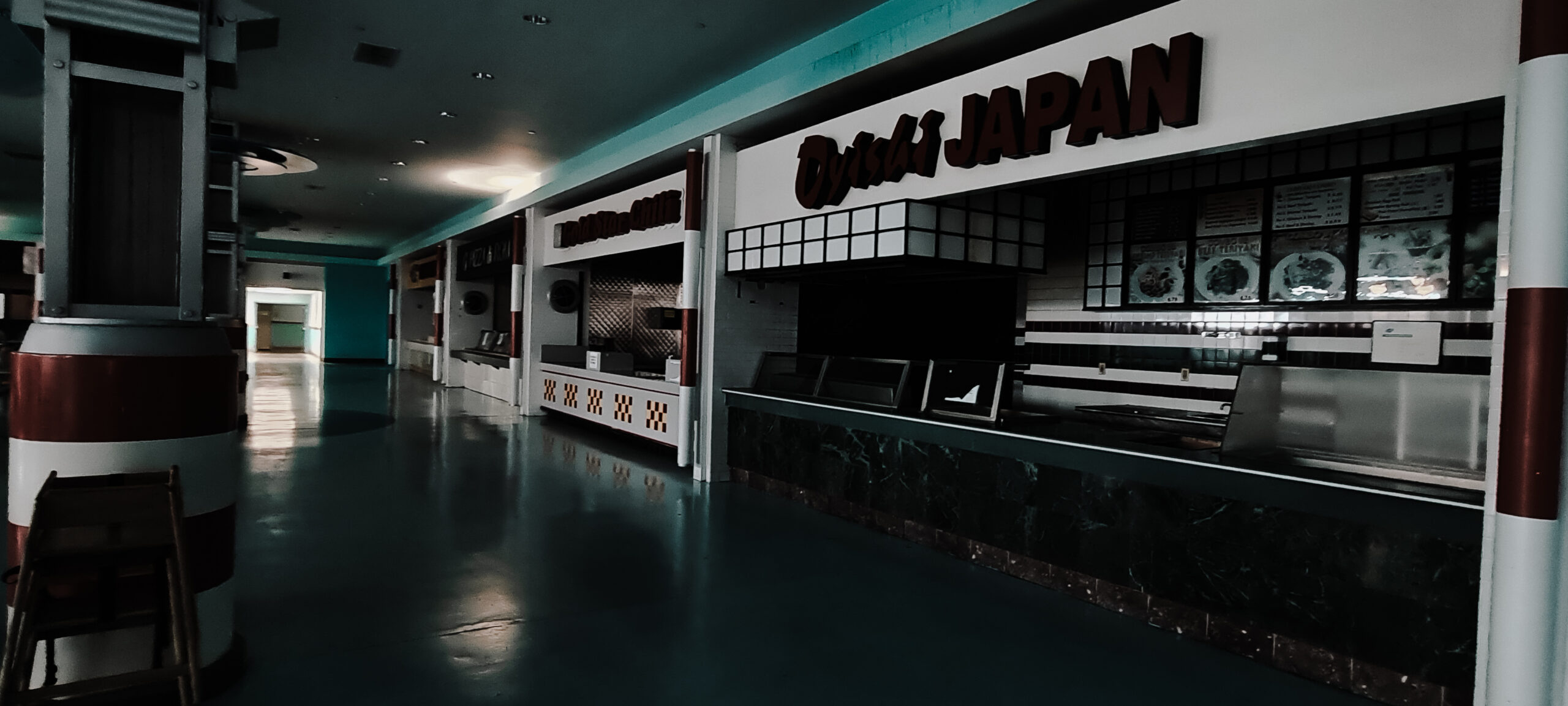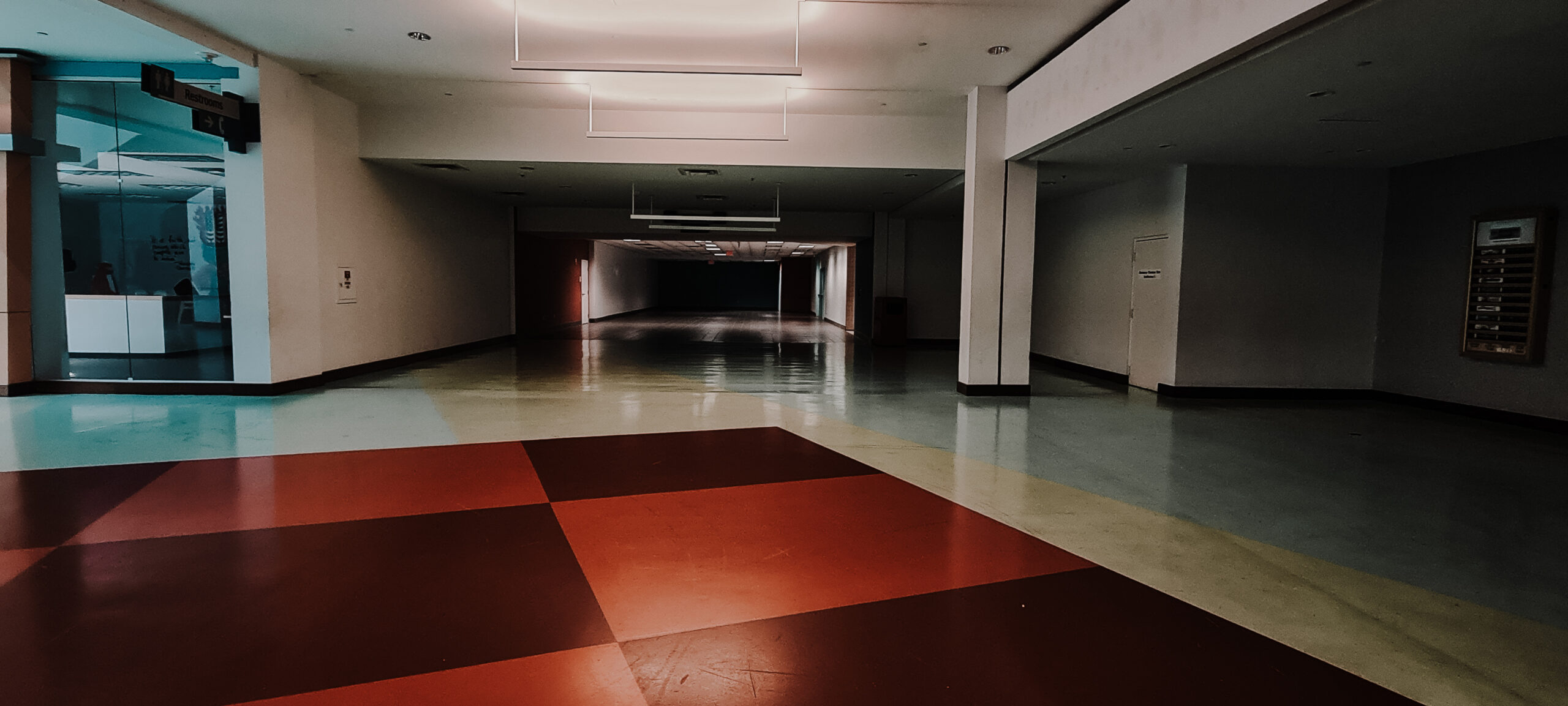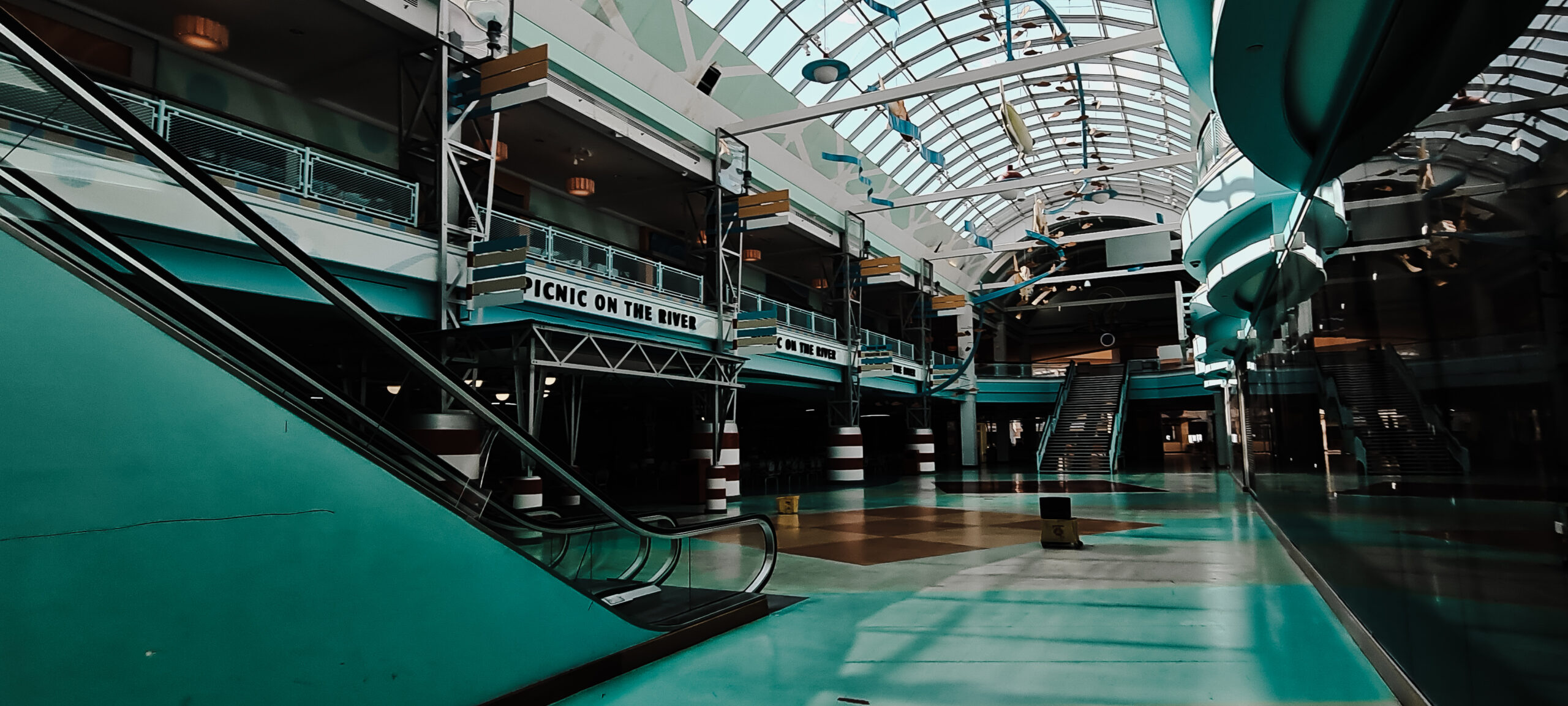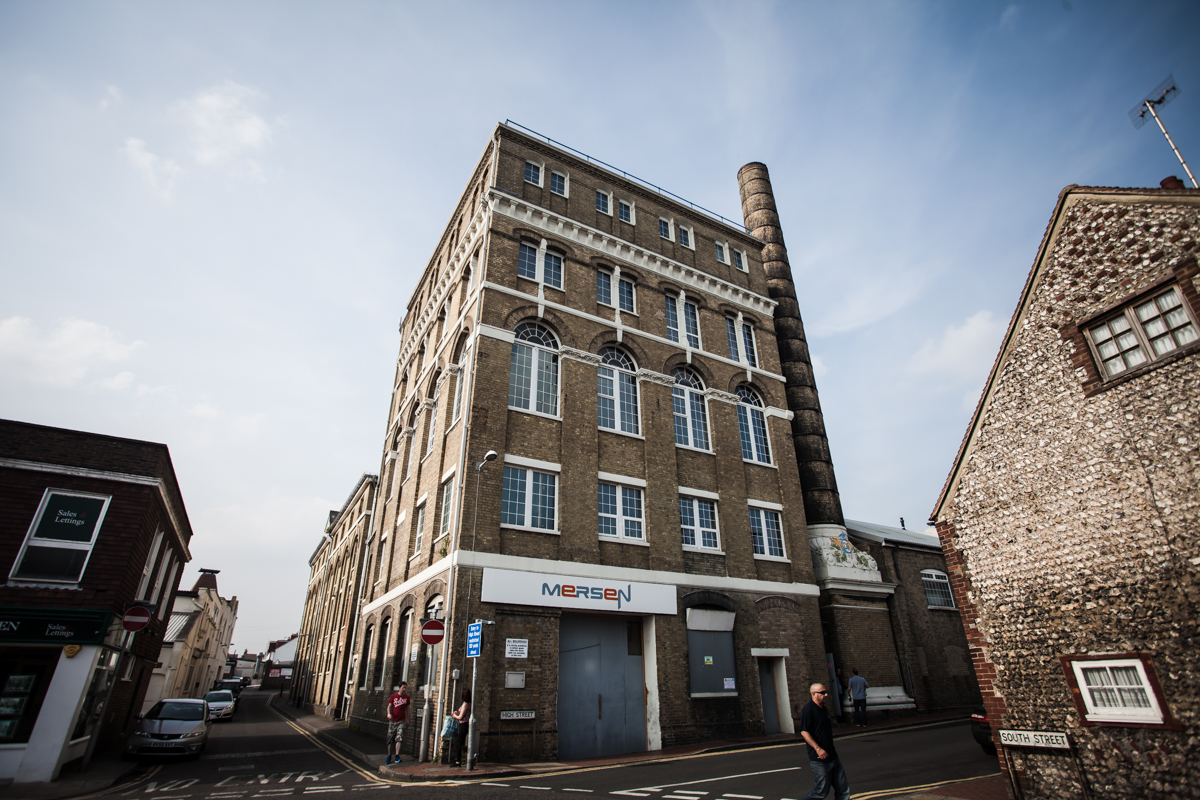
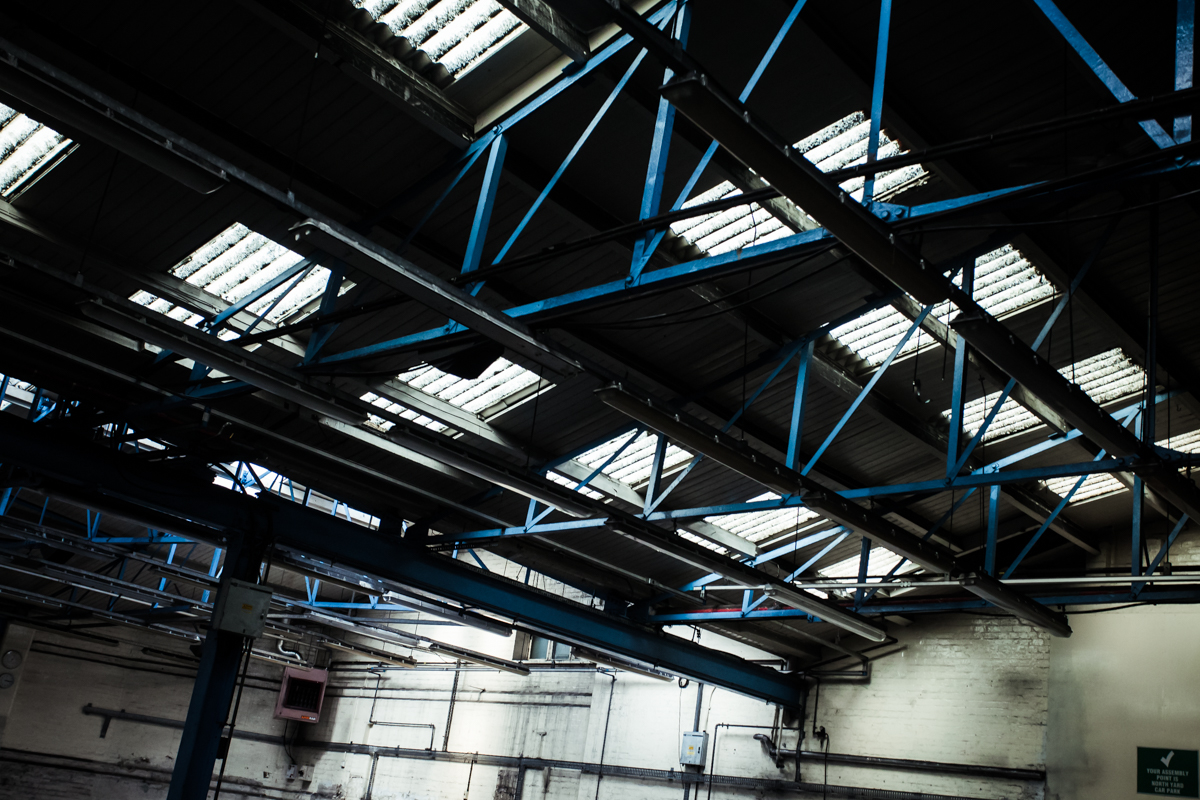

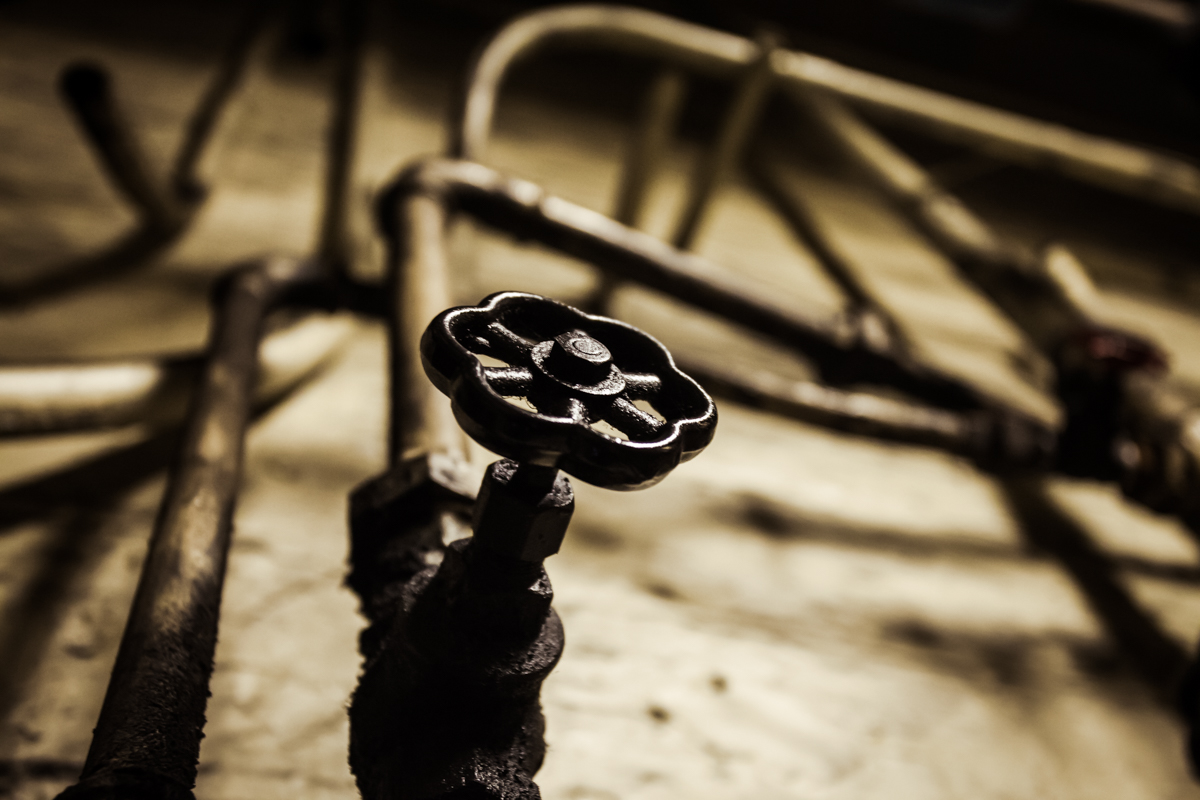
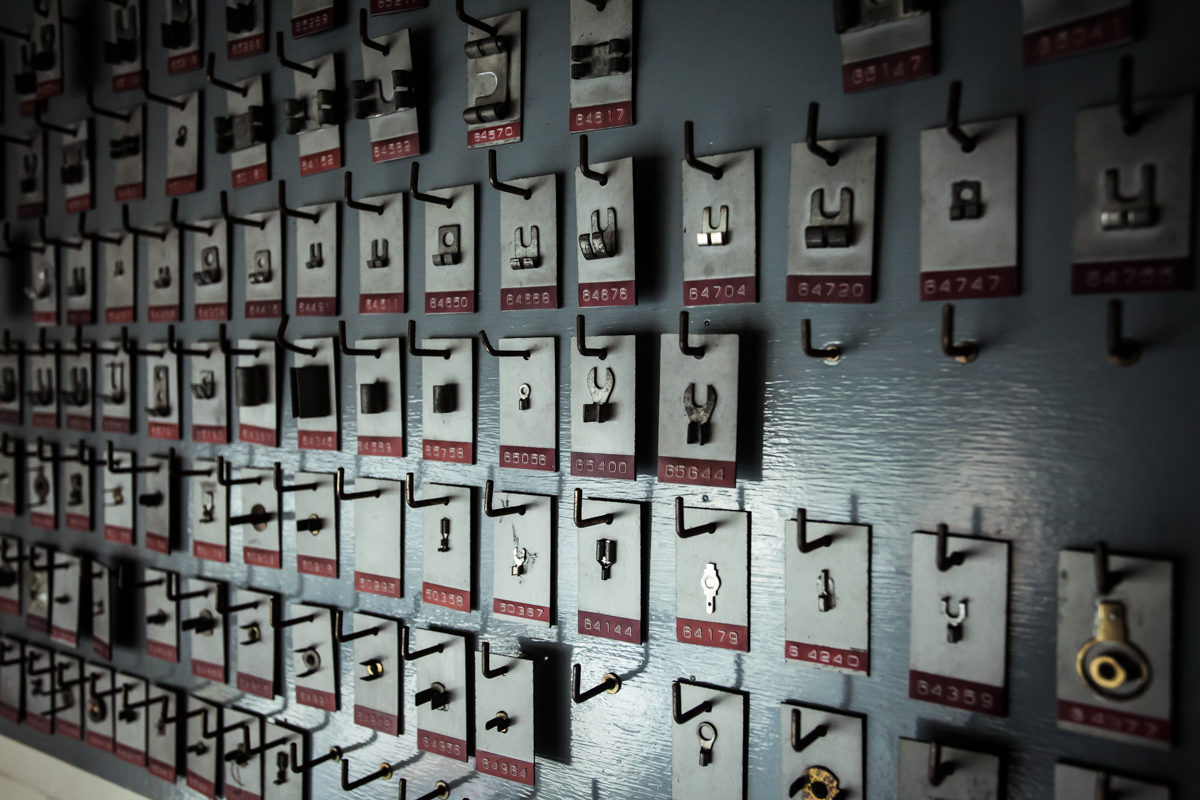
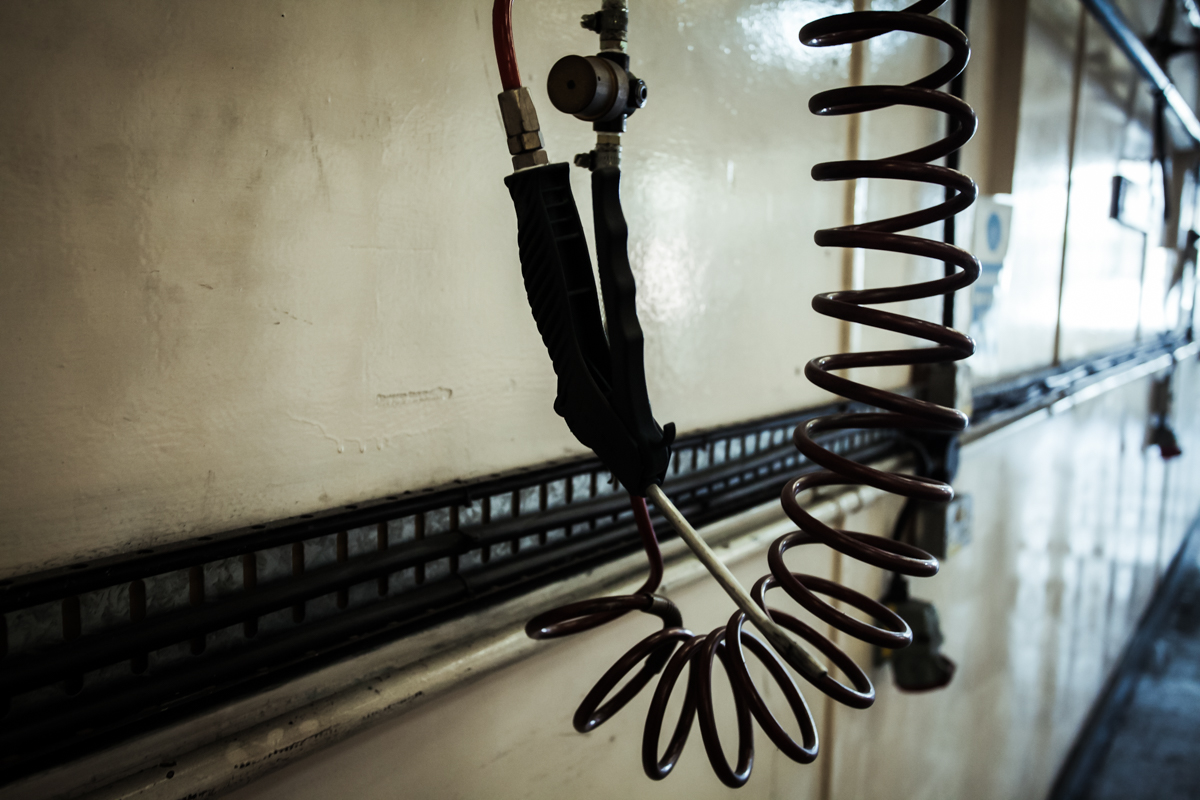
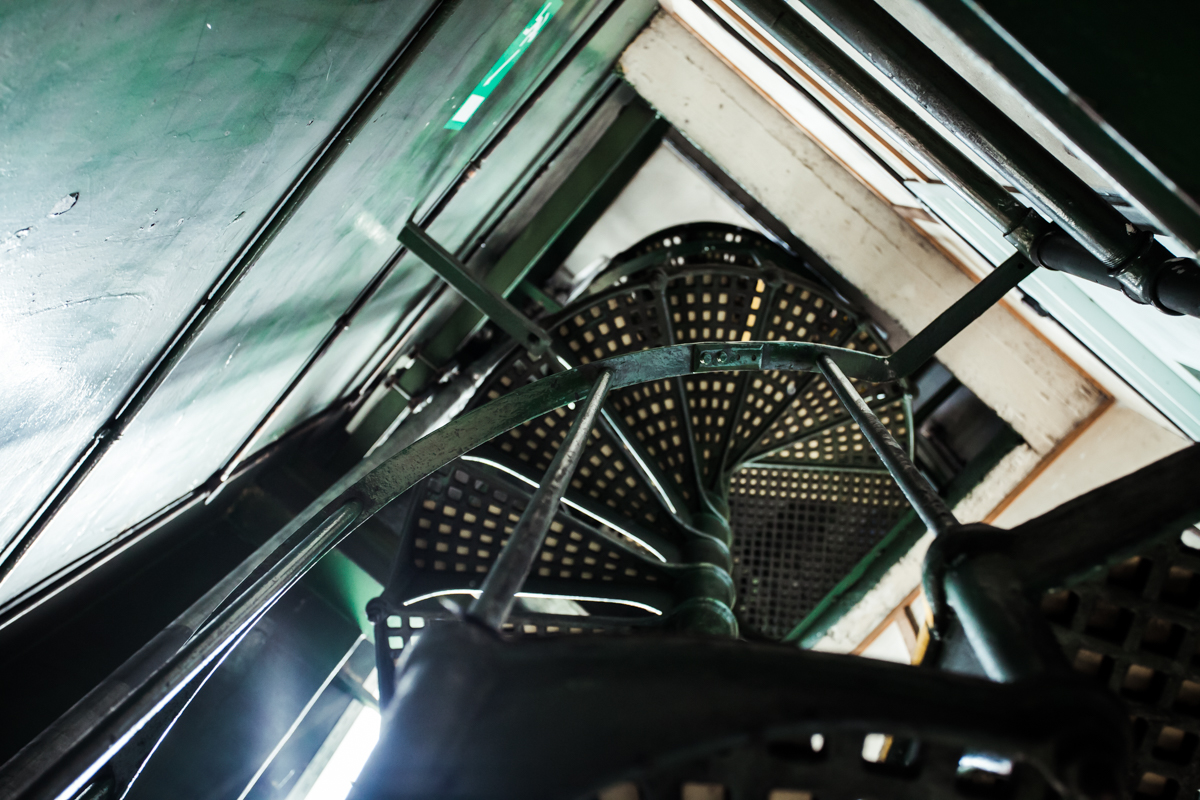
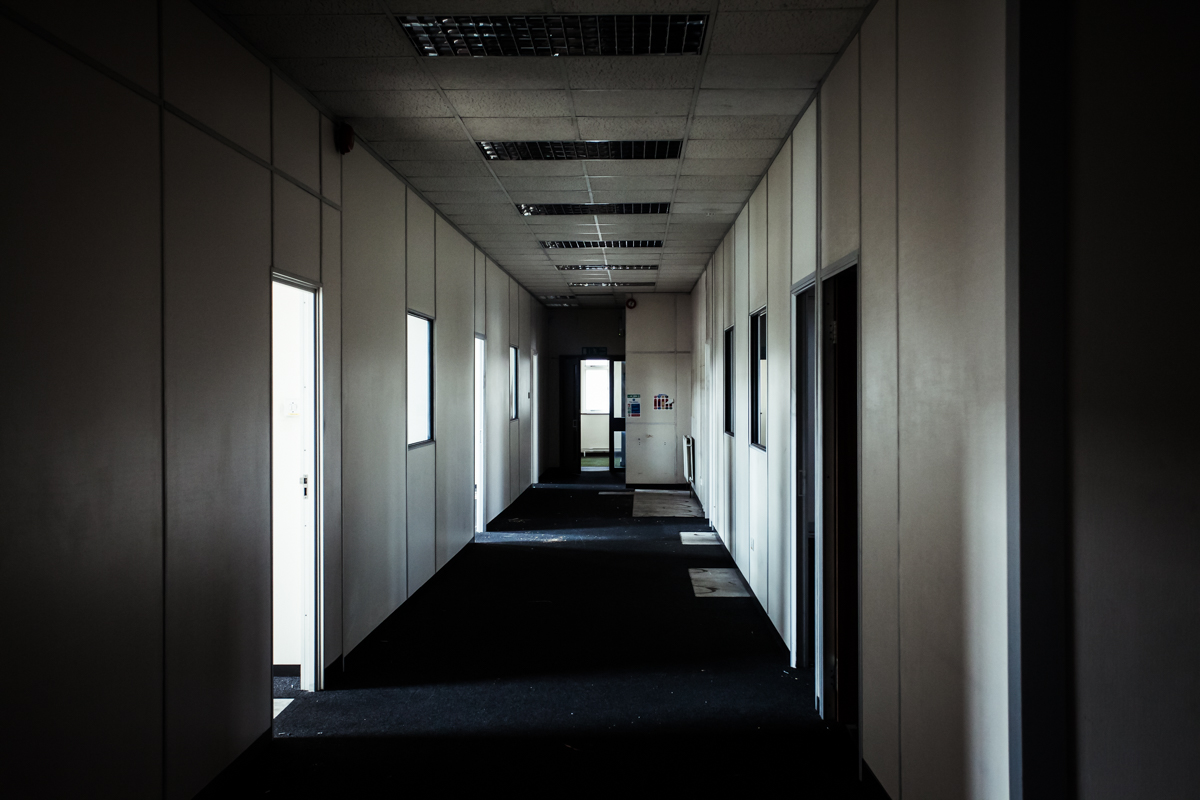
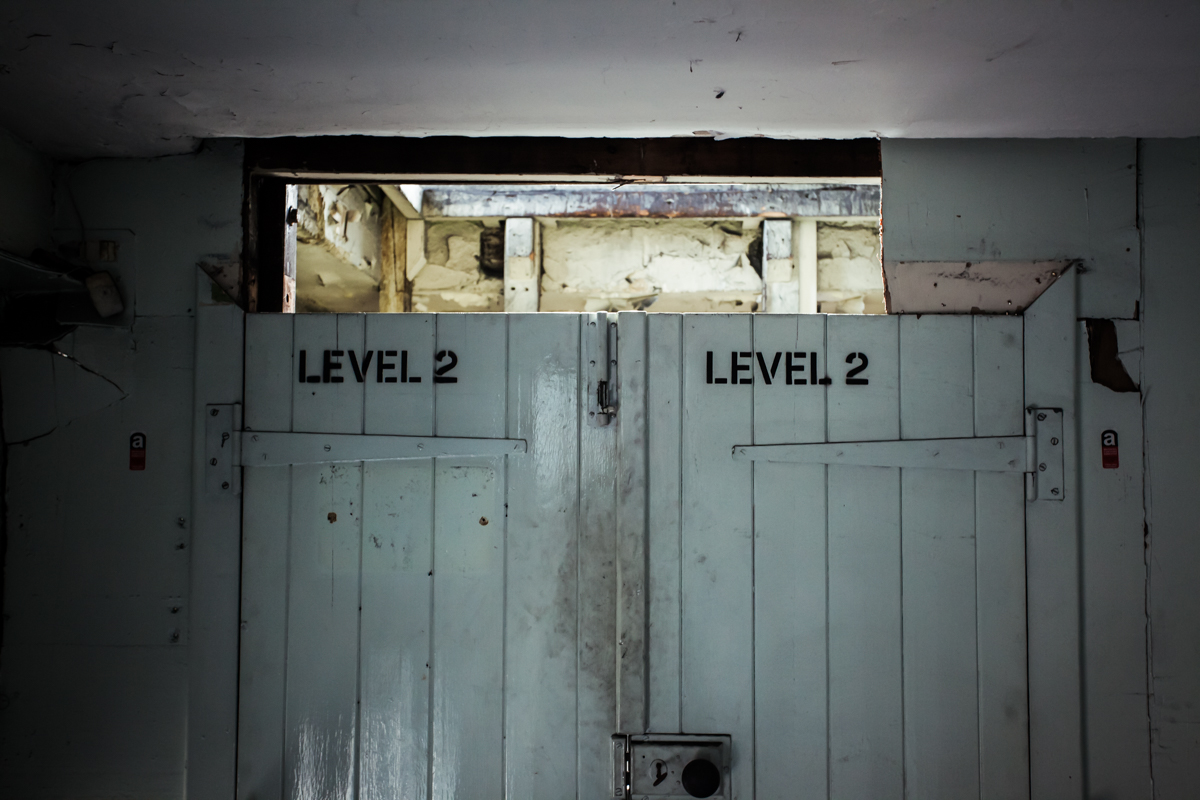
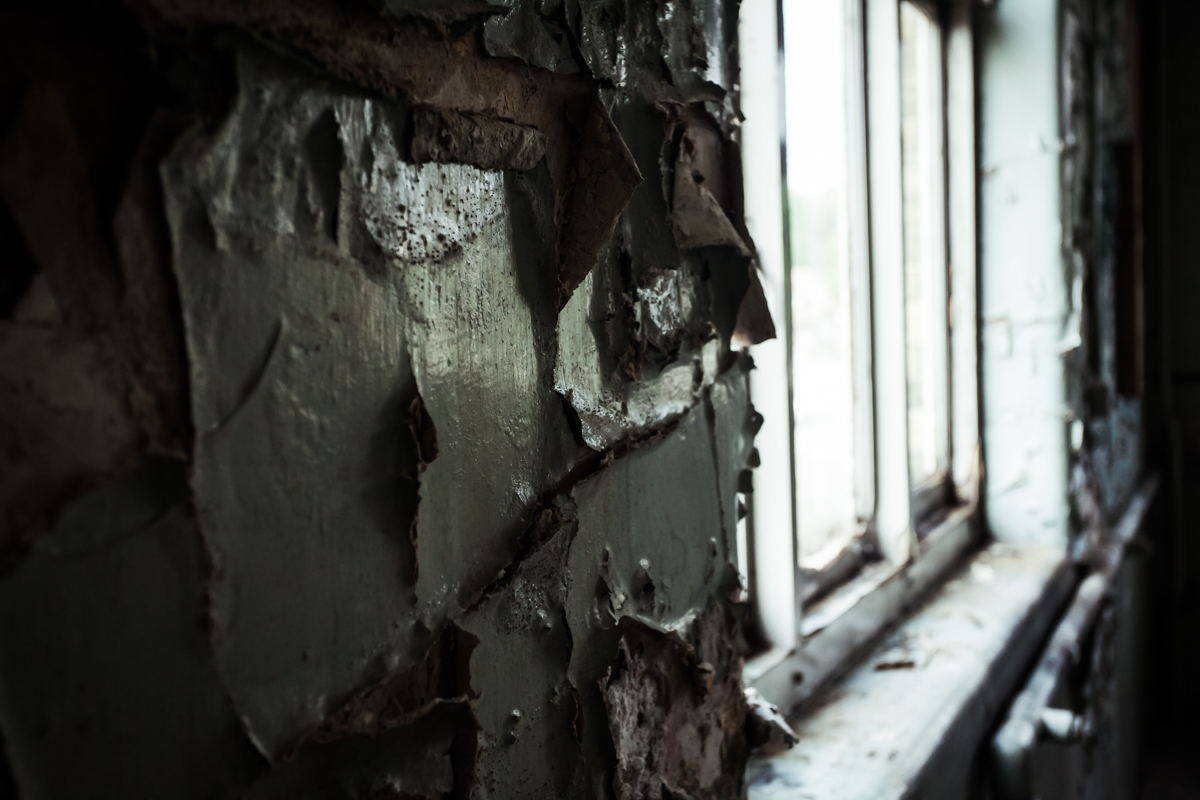
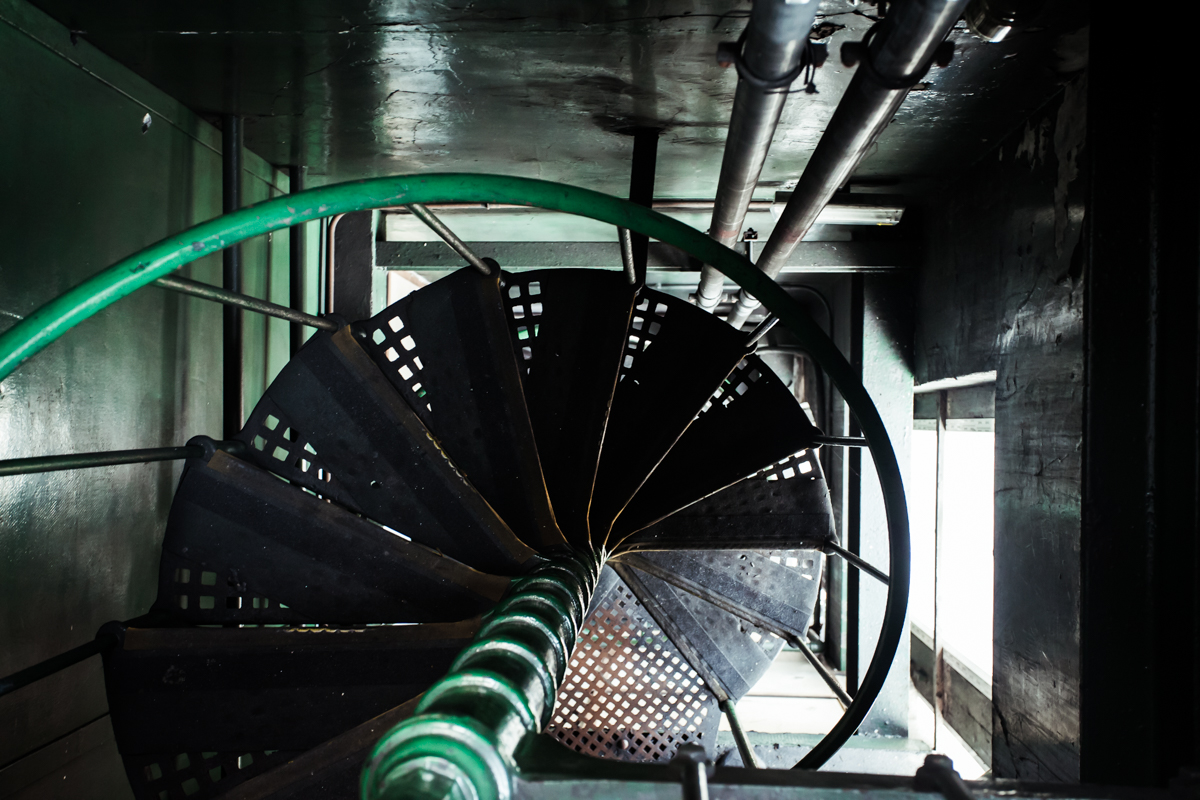
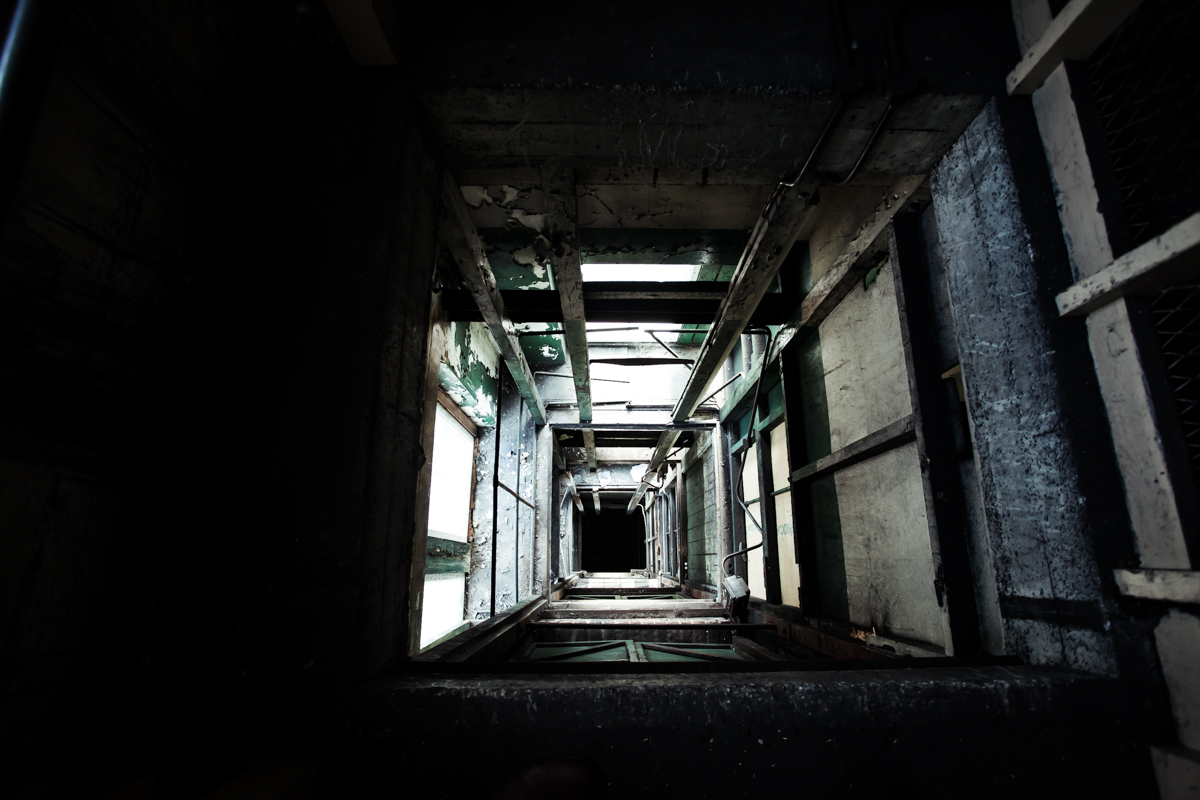
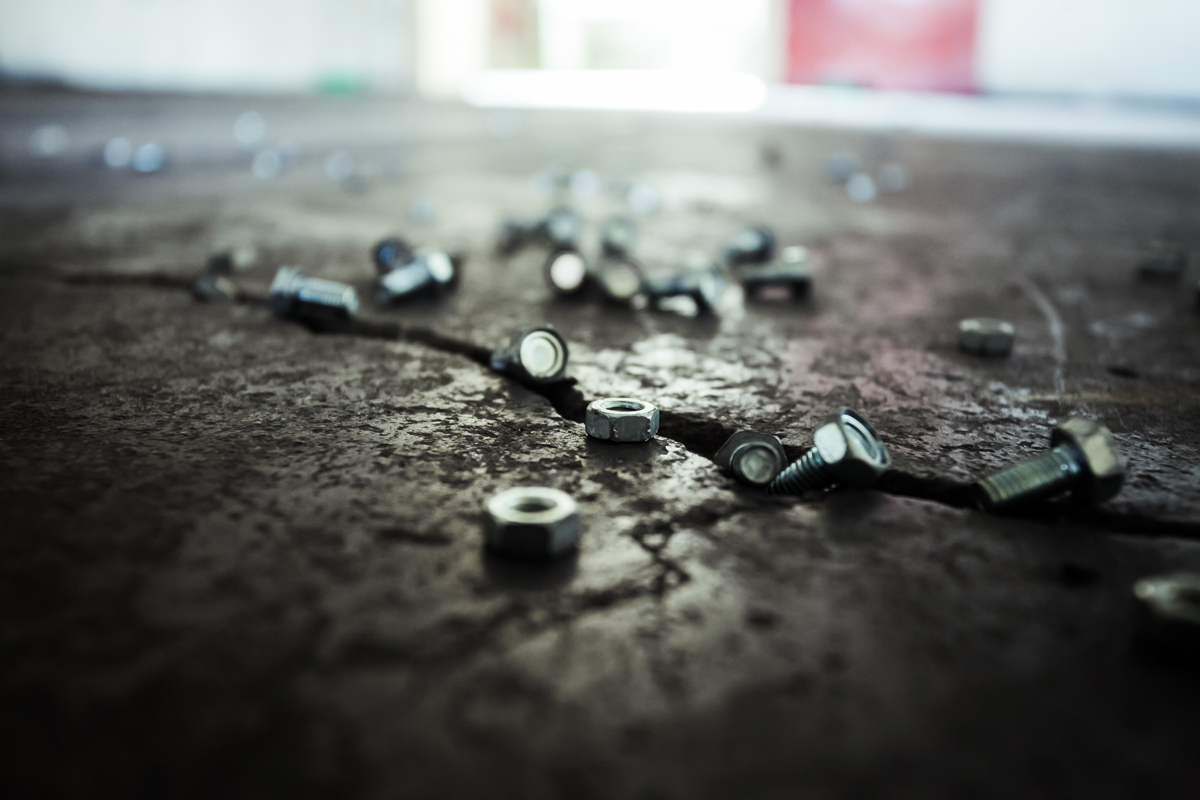
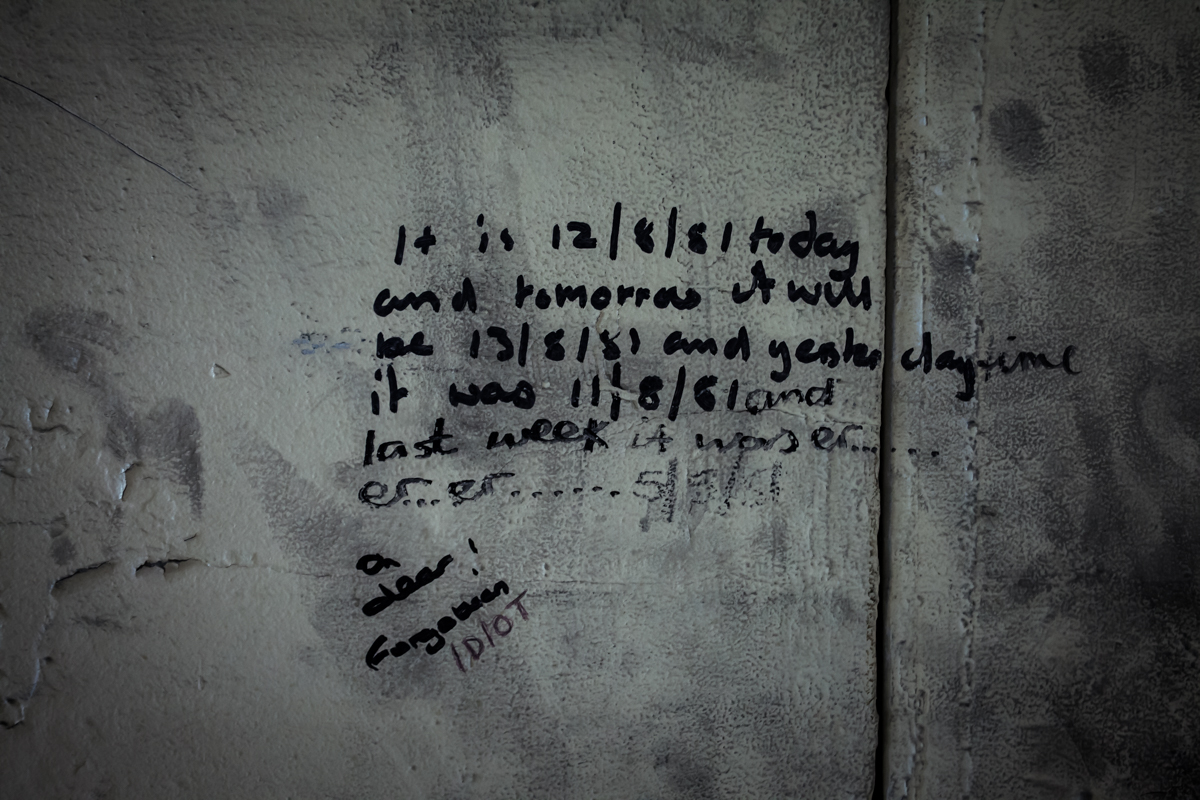
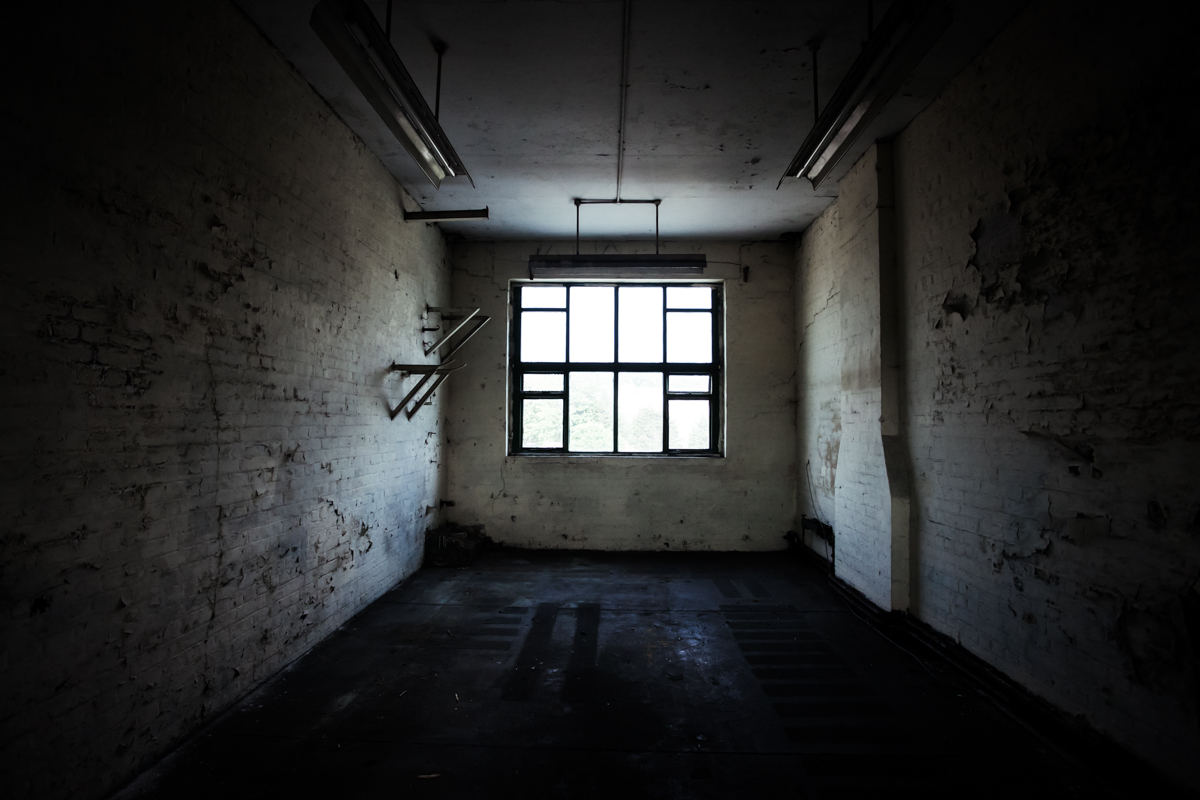
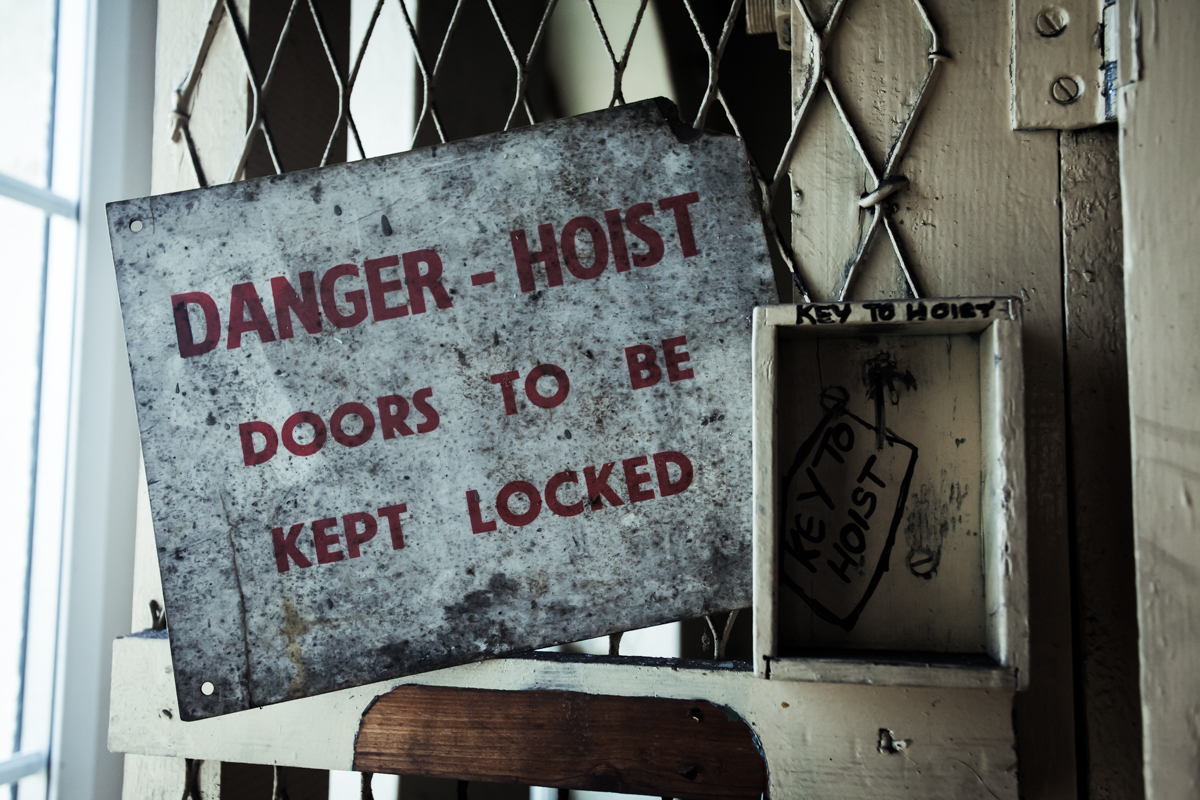
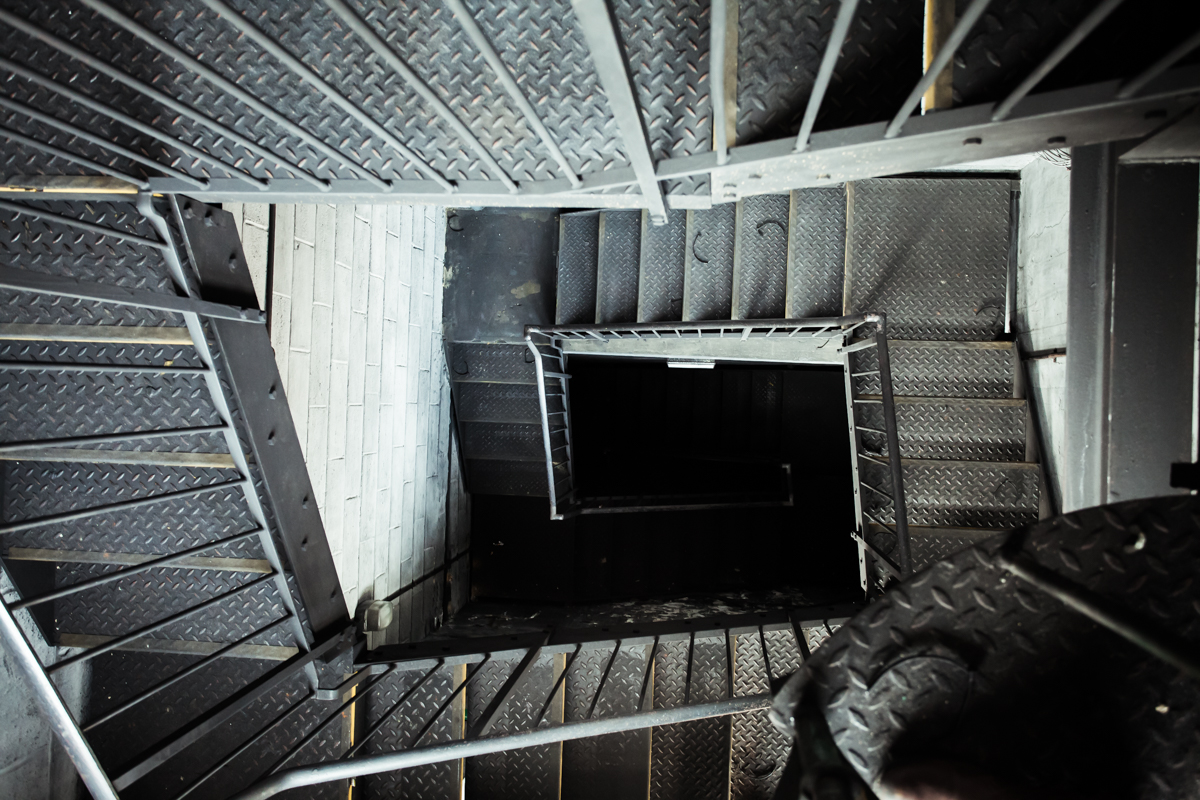
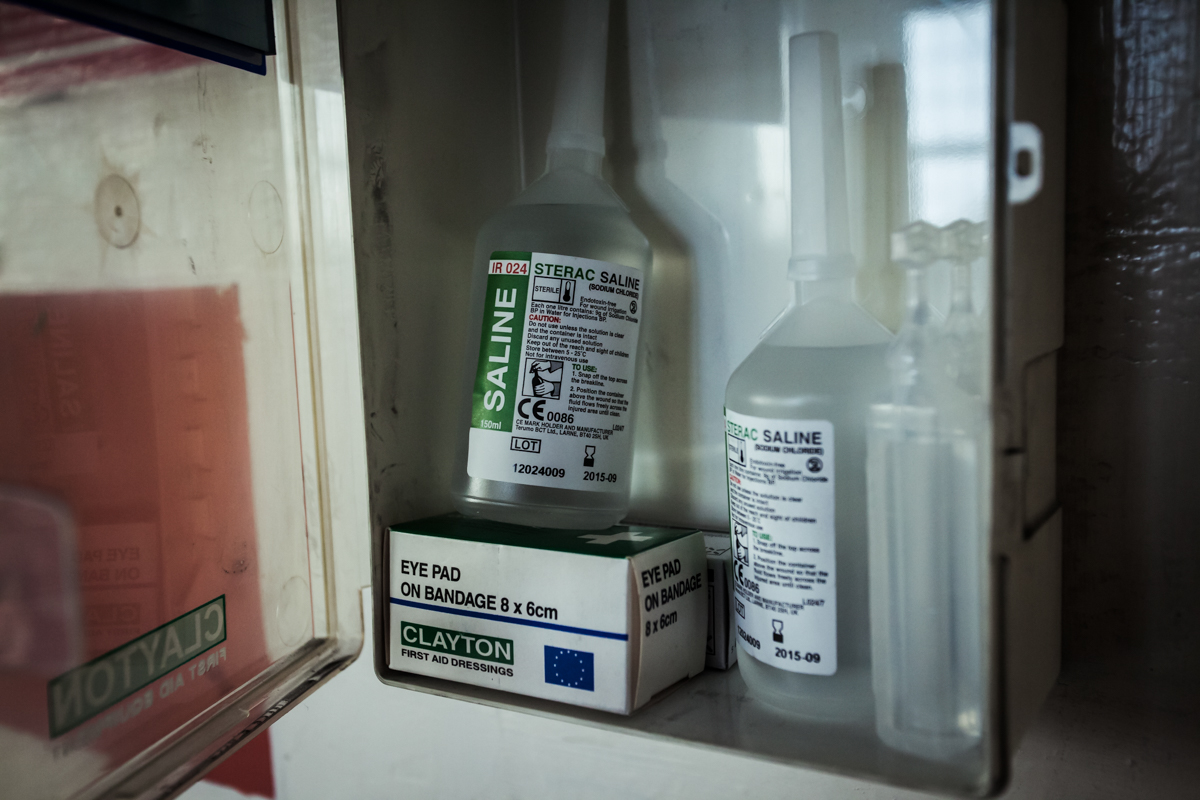
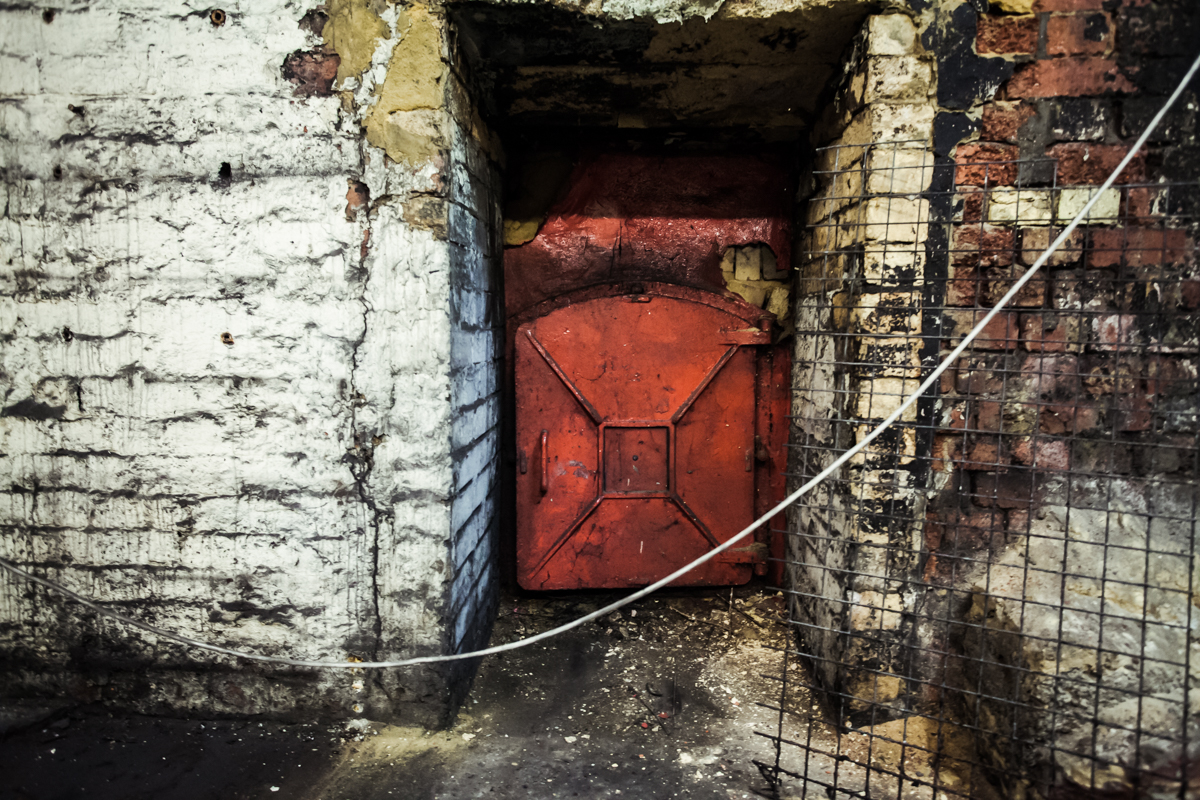
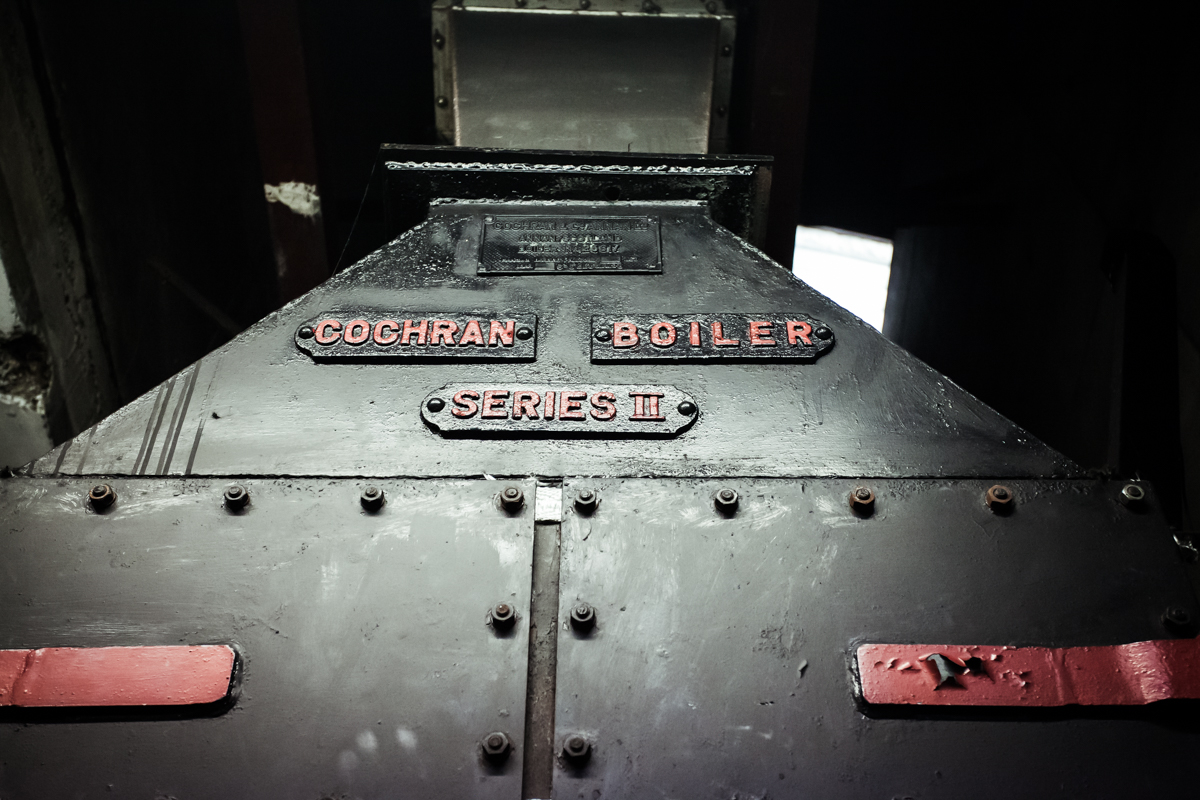
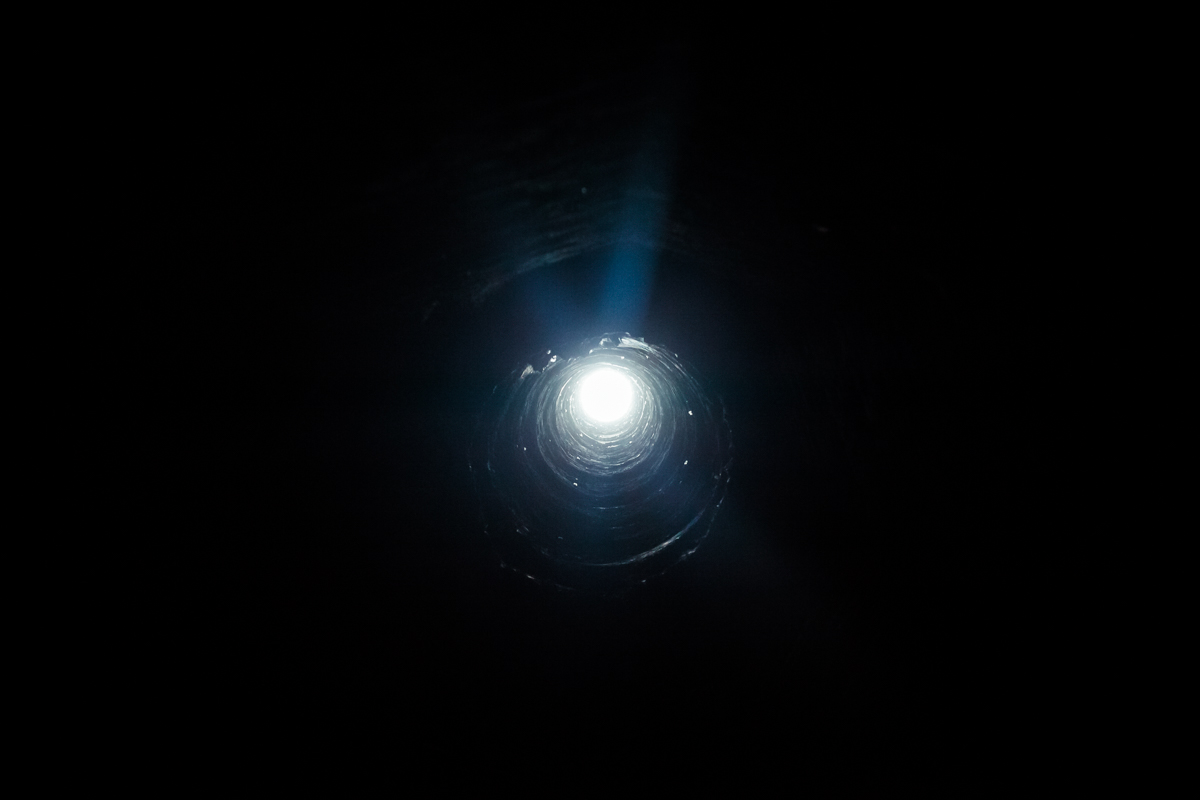
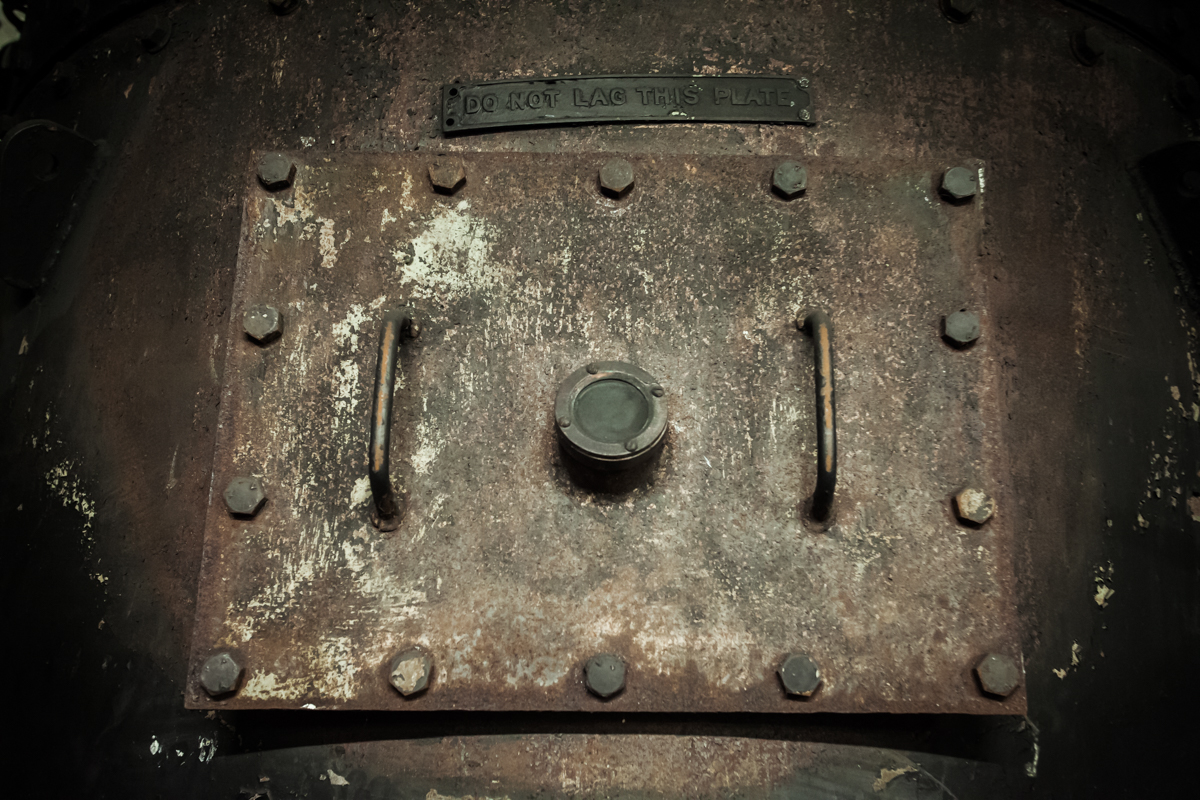
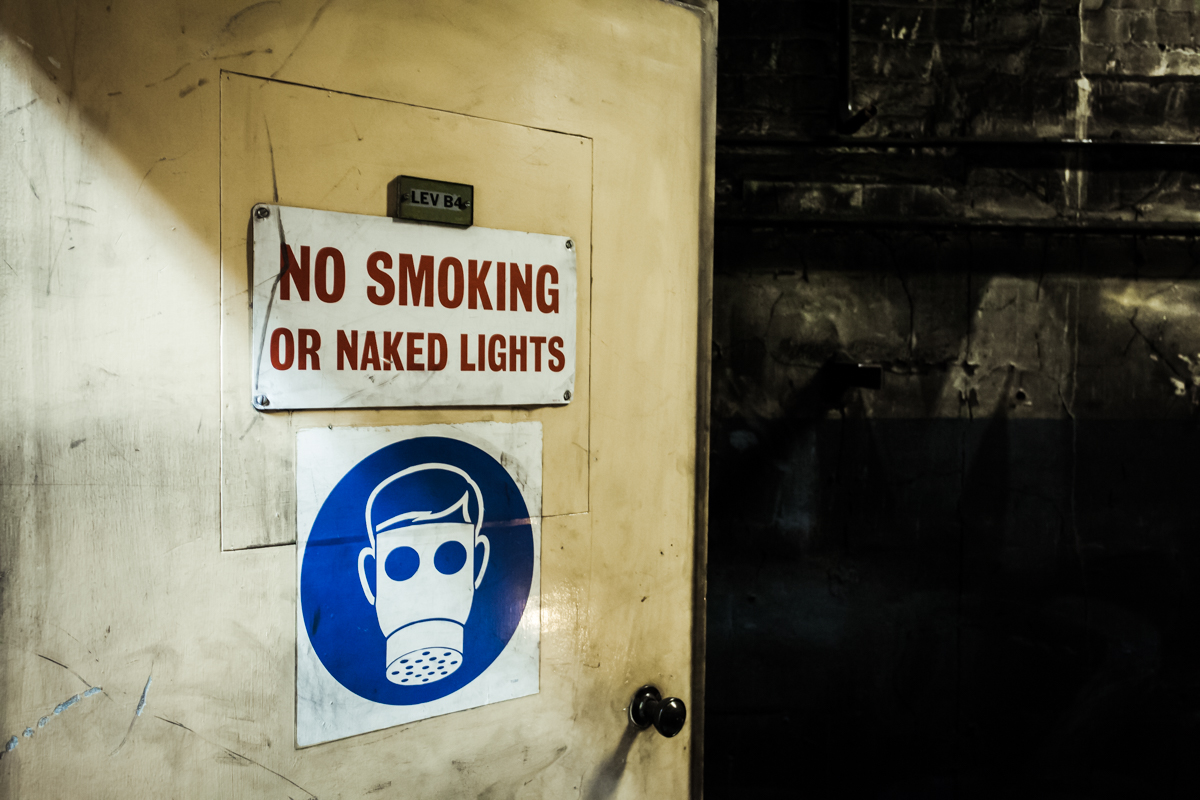
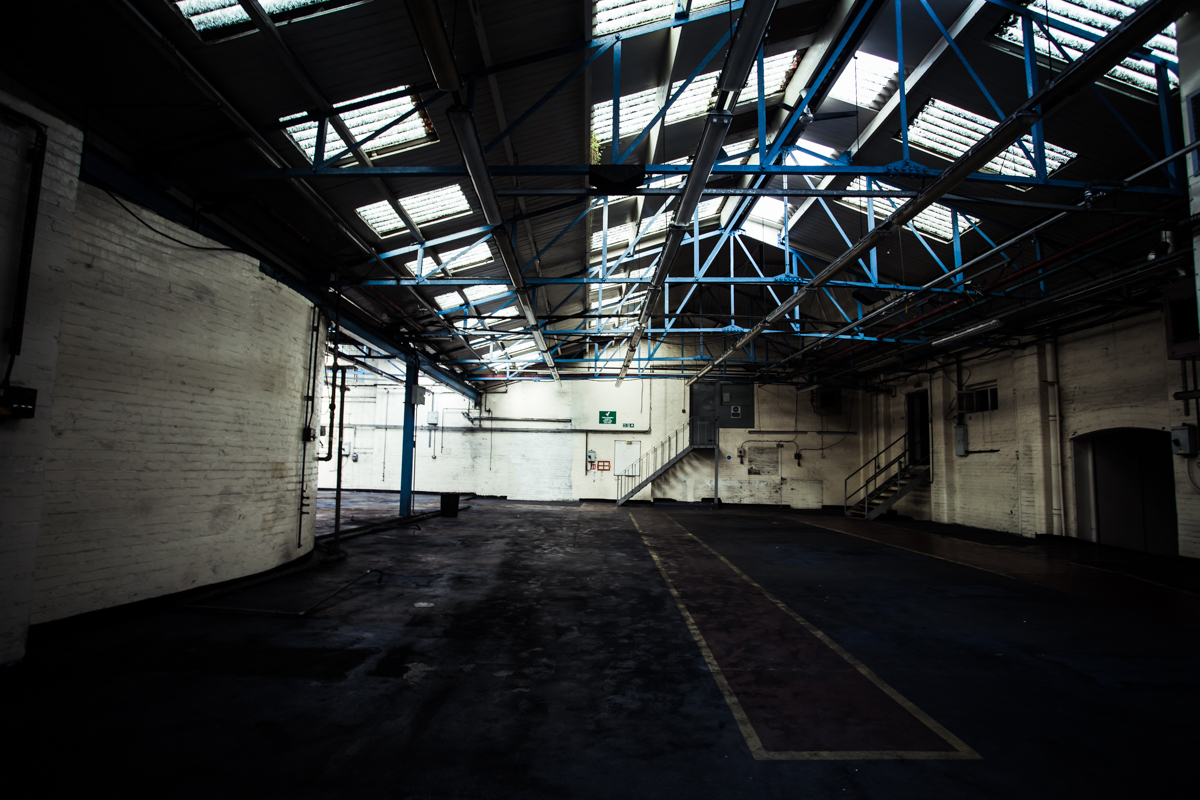
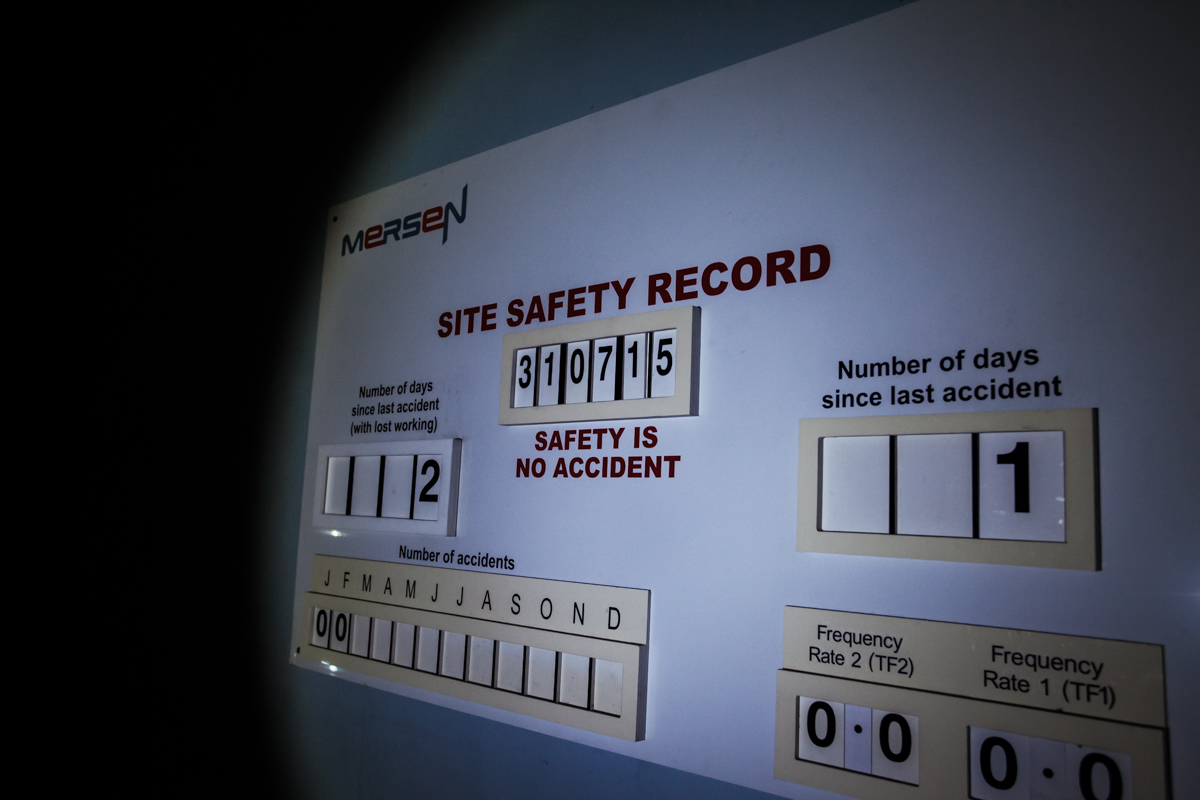

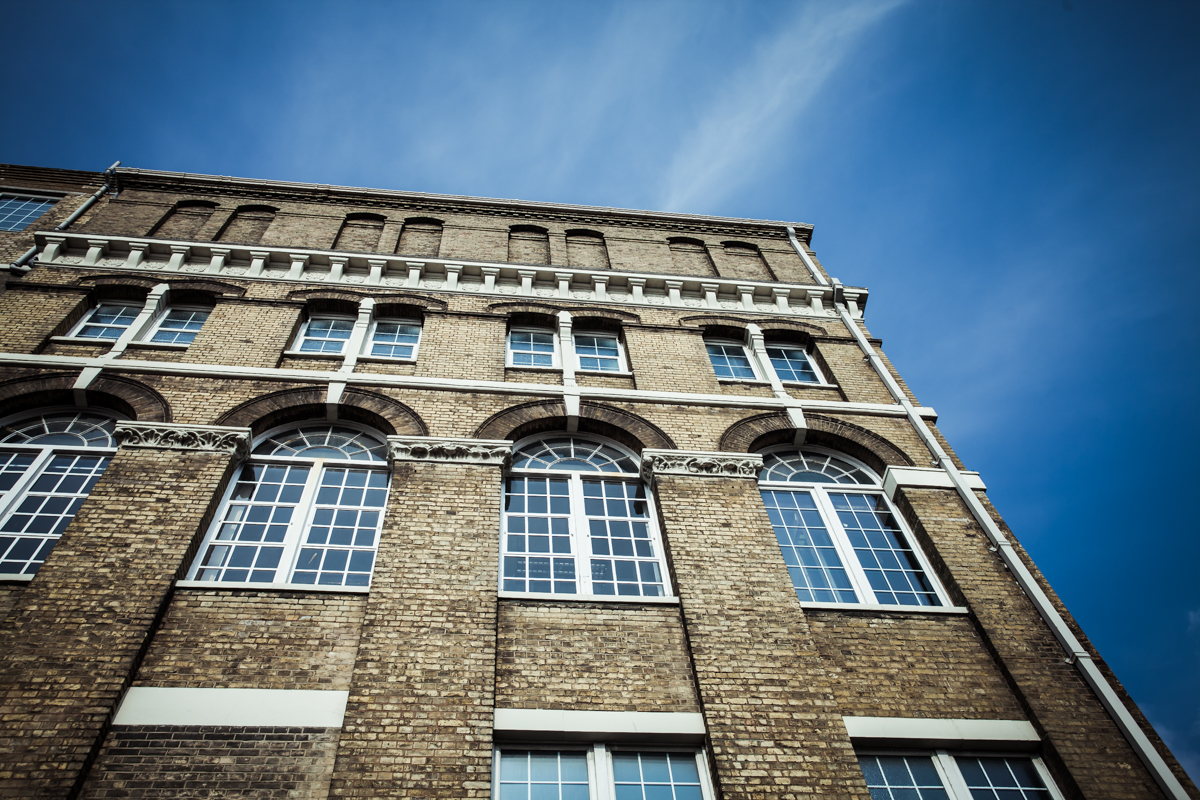
Yesterday we were fortunate enough to have been given legal entry to this gorgeous building: the Le Carbone Factory in Old Portslade Village. Rolling up to a site mid-afternoon in the middle of town was quite a bit different to the usual experience of it being dark, wet, cold, and, not to mention, illegal. Though it dampened the effect for my Polish partner in crime, I am personally all for any easy opportunity. The interior was an odd amalgamation of factory floors and warehouses, 90s era offices, and distinctly industrial machinery and structures, including a 100 foot water well and a several stories high chimney. Below, I’ve included some history of the site.
History of the Le Carbone Factory:
“The factory has been run by a French company Le Carbone since 1947 & specialises in products made from carbon, particularly for high-tech processes. It is 6 storeys high with a tall chimney dated 1881 & walls 18ins. thick. Until 1931 the building was in use as a brewery run by Smithers Brewers who owned many of the local public houses. A 100ft well, an oast house, coopers shops, cask-washing shed, stables converted into other uses and cottages of the employees can still be seen. From 1931-38 it remained empty until Shepherds Industry took over, an experimental firm with a wide range of products inc. shirts, flooring and insecticides. During the war the building was commandeered by the Canadian army who left in 1940 to be replaced by C.U.A. engineering, until the arrival of Le Carbone.” (Source: BBC.co.uk)
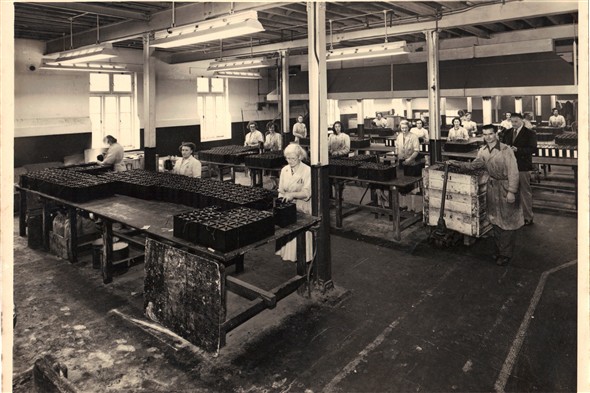
Le Carbone Factory, 1950s (Source: Eileen Heryet via)
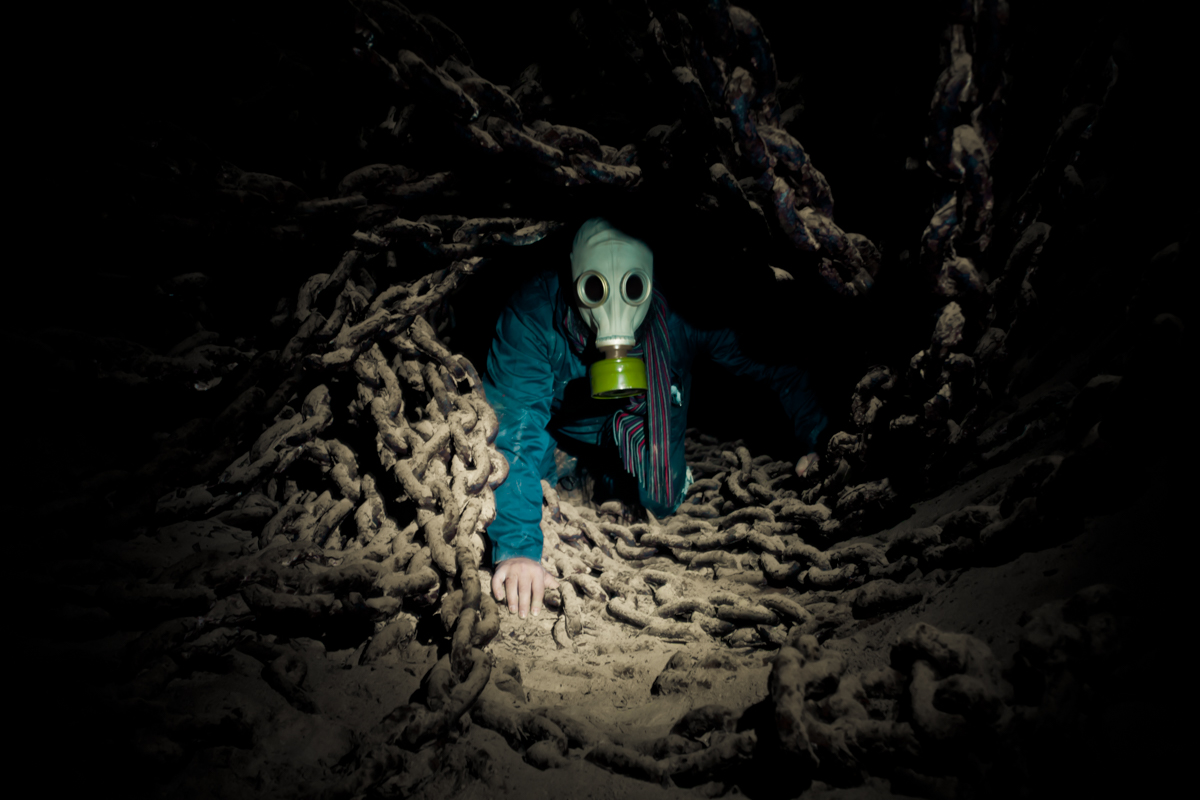
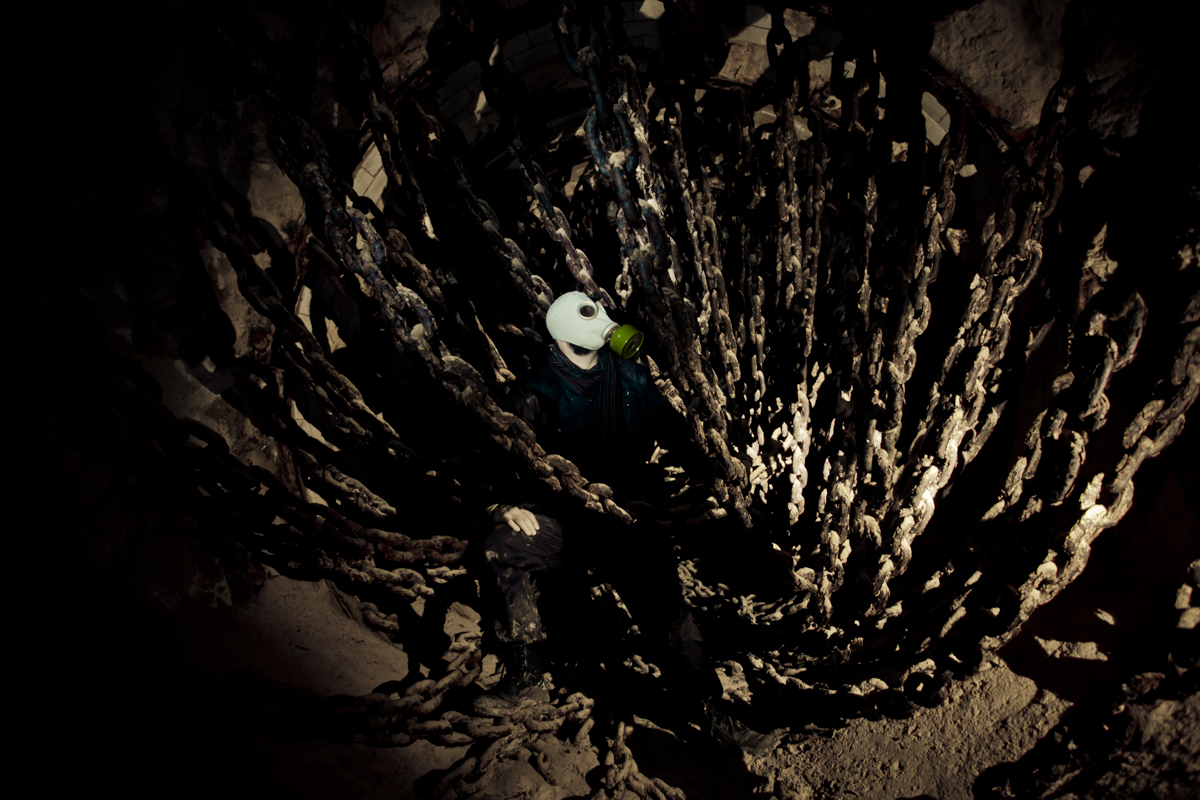
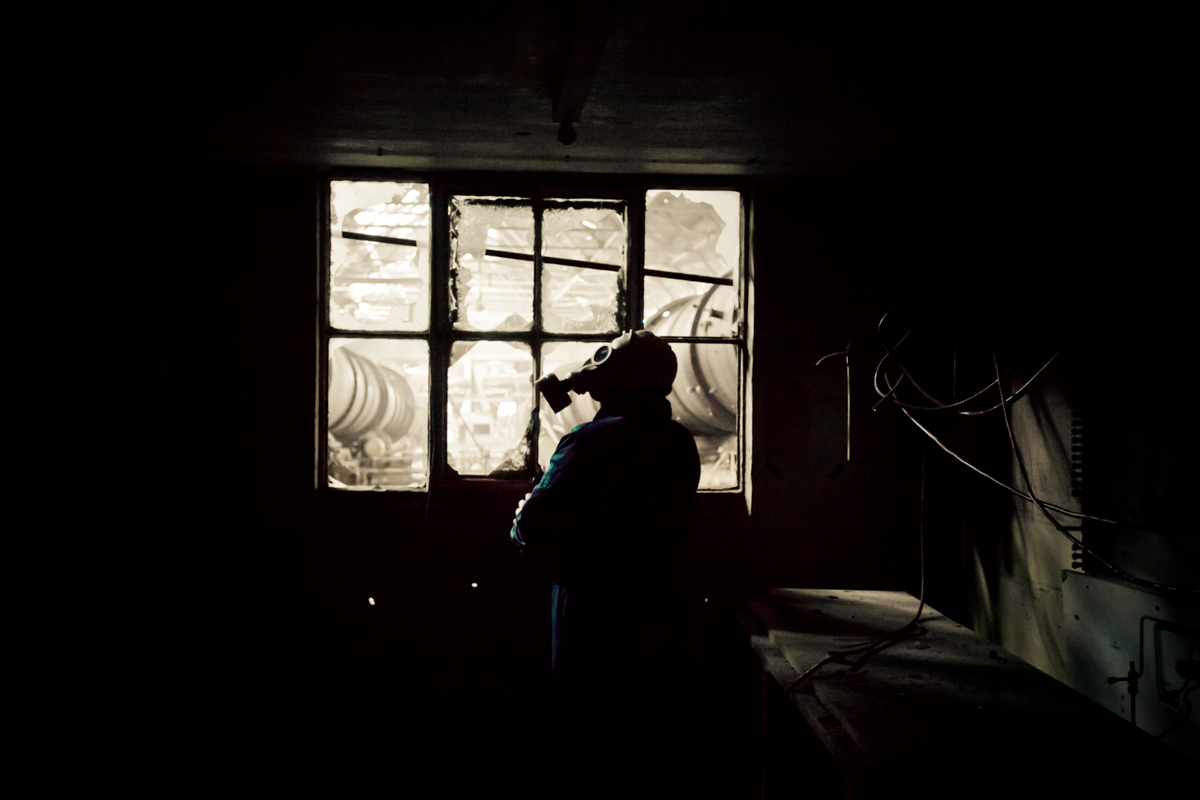
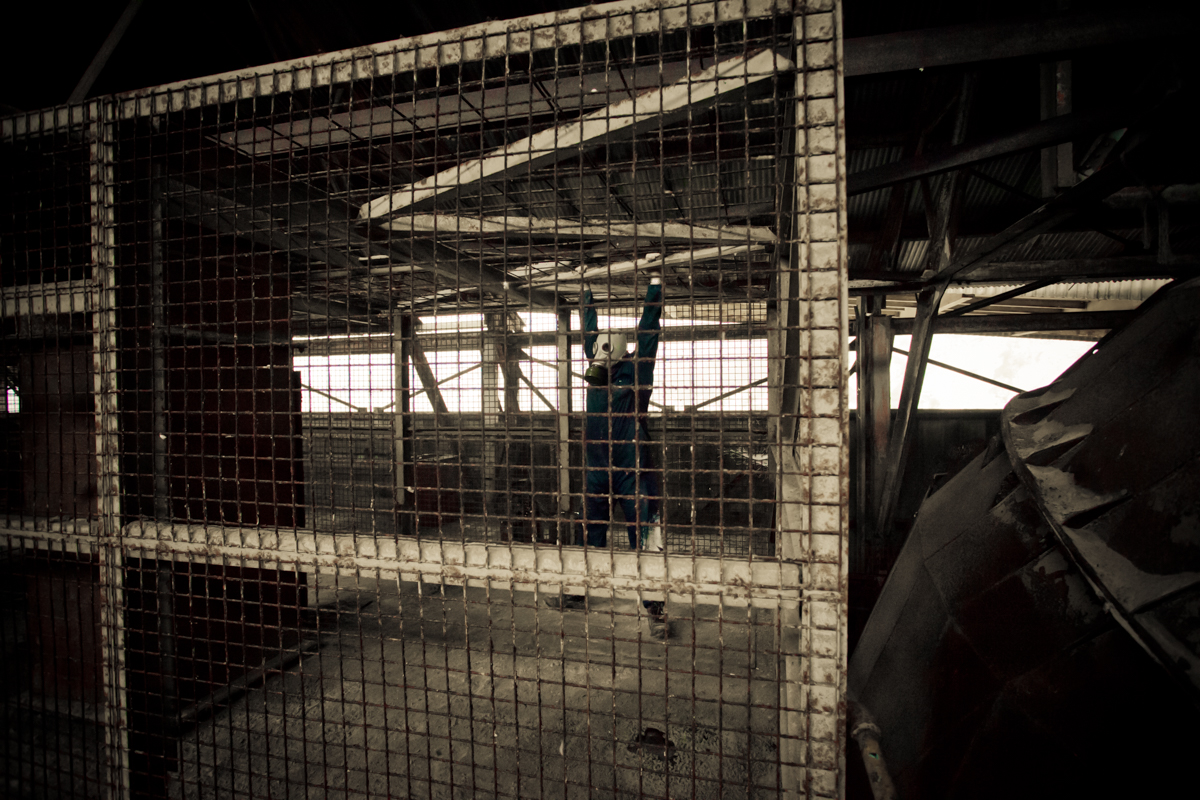
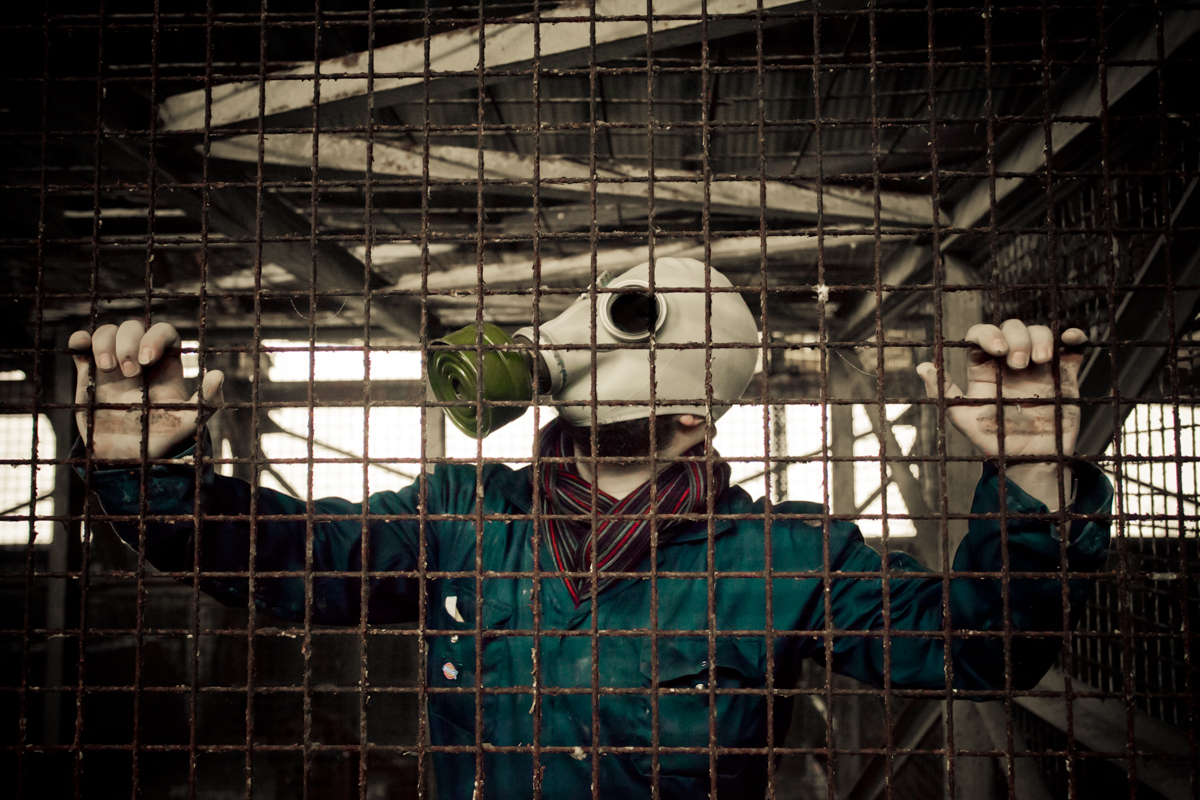
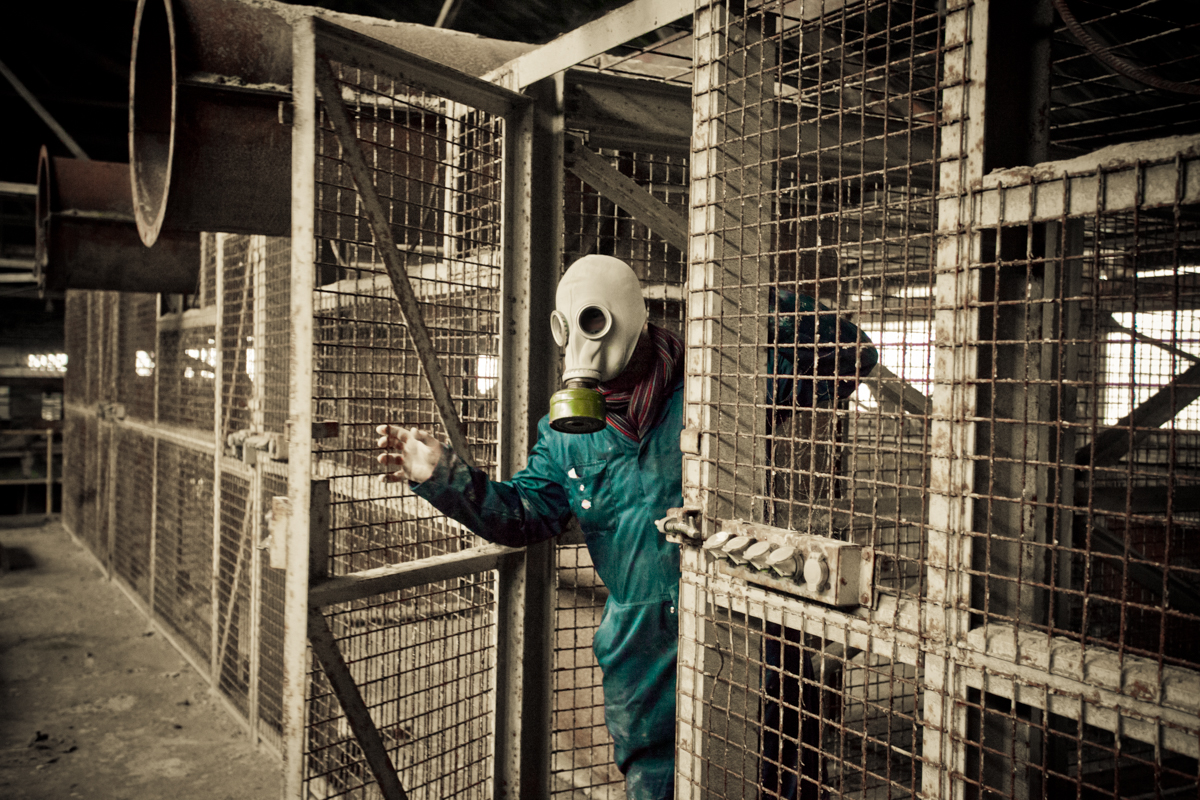
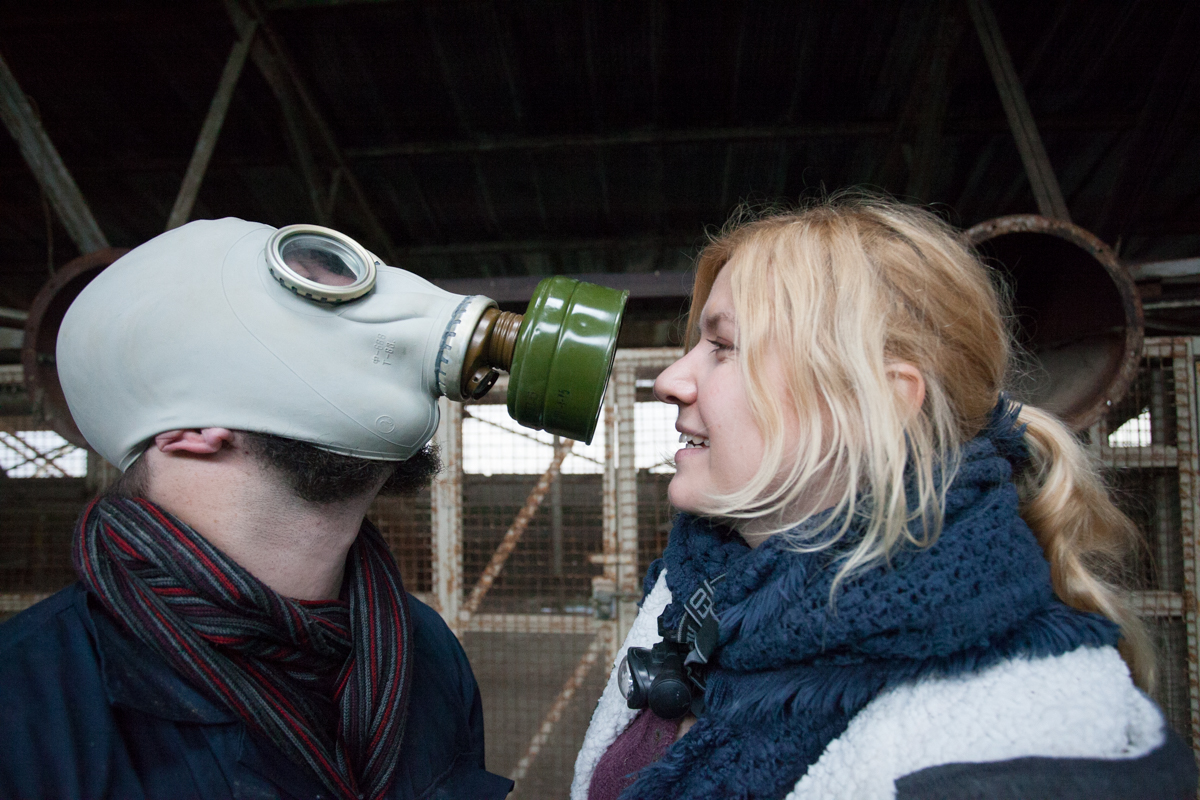
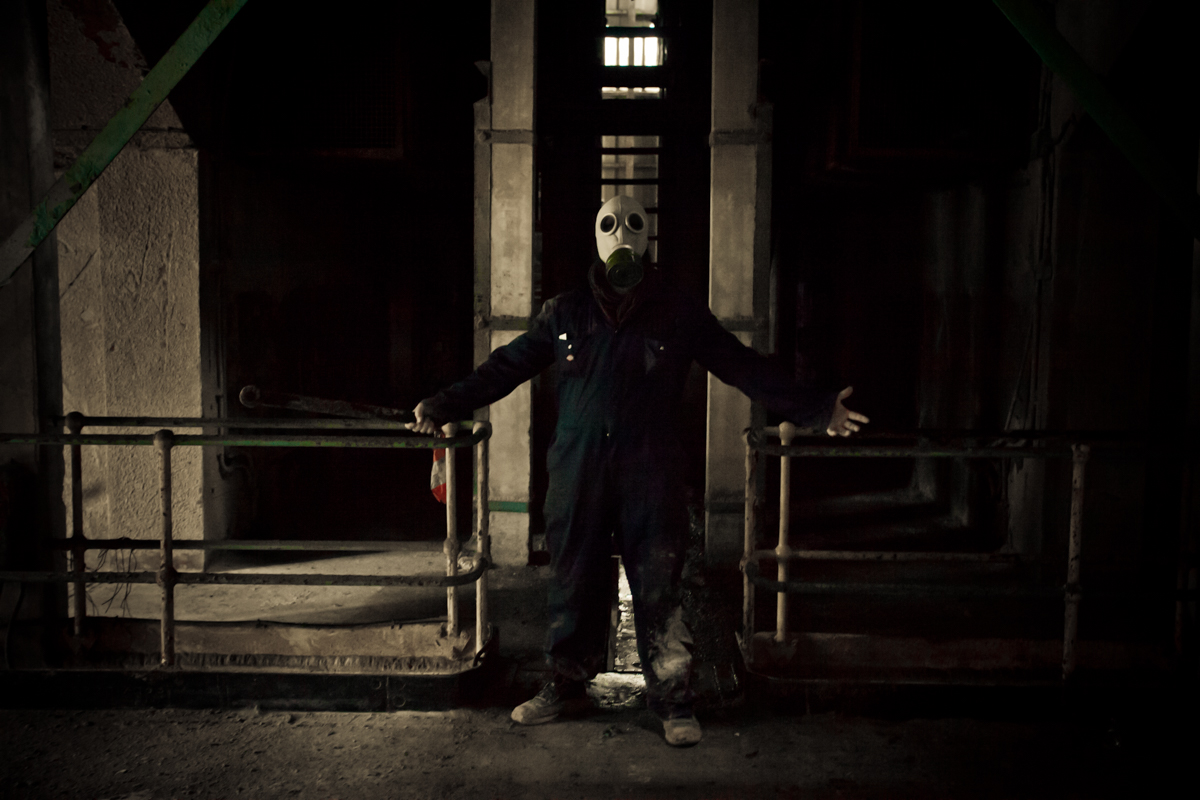
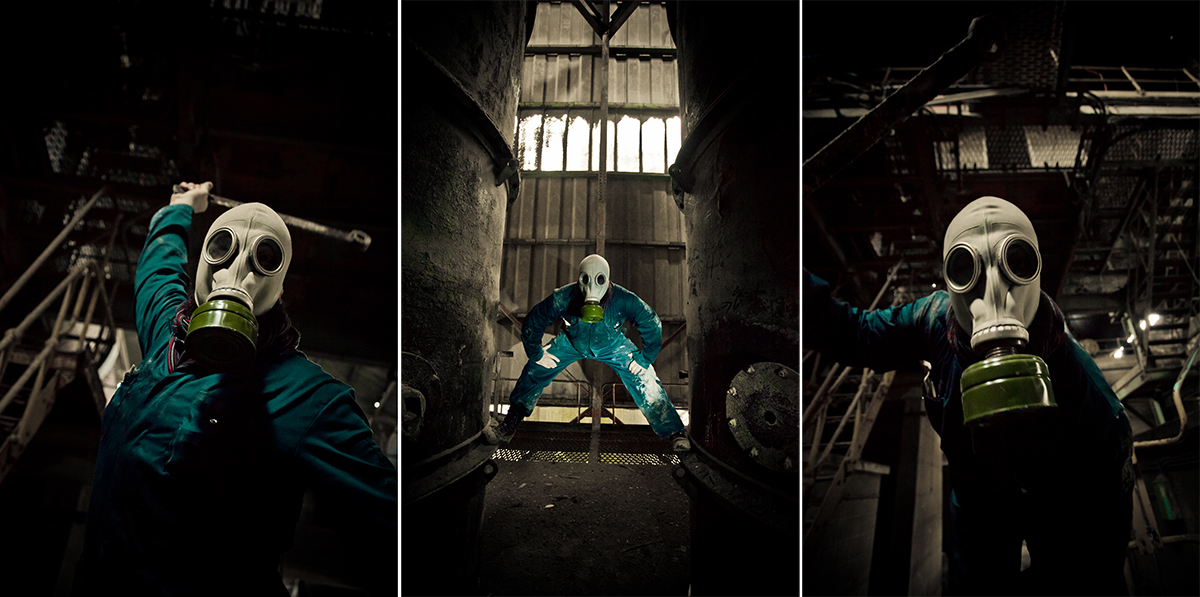
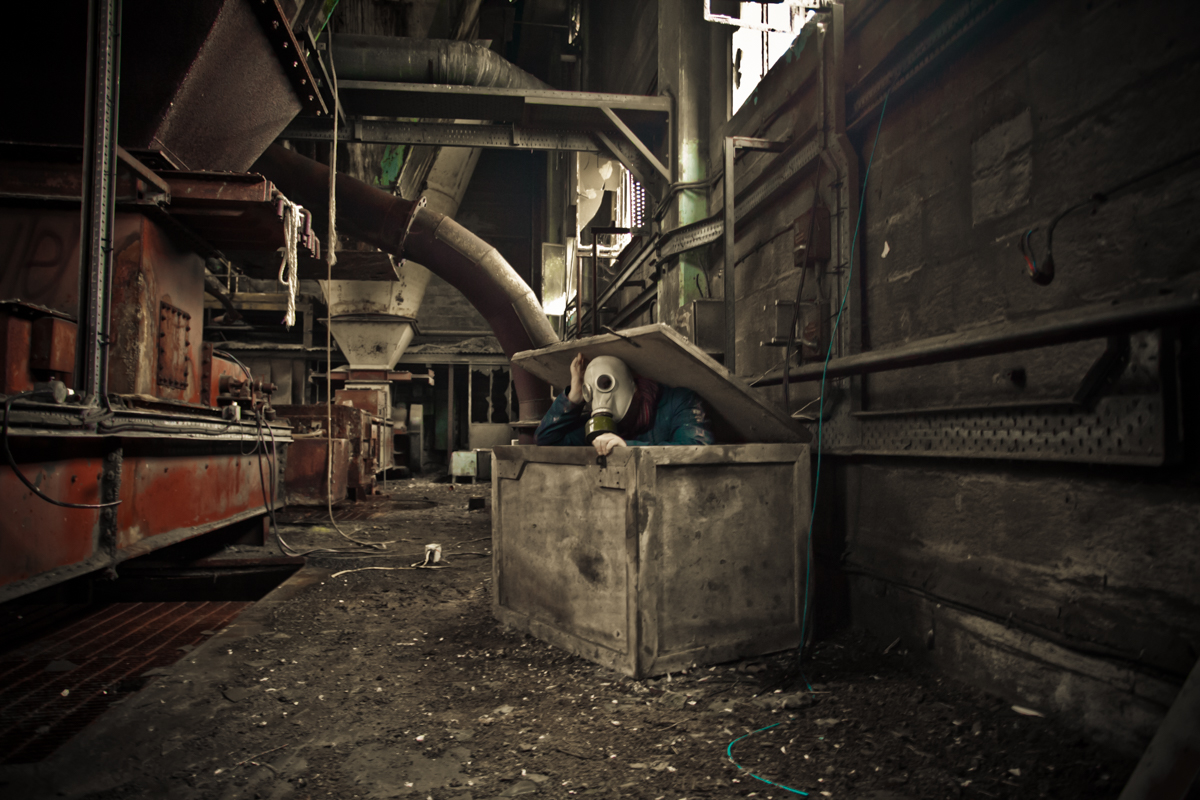
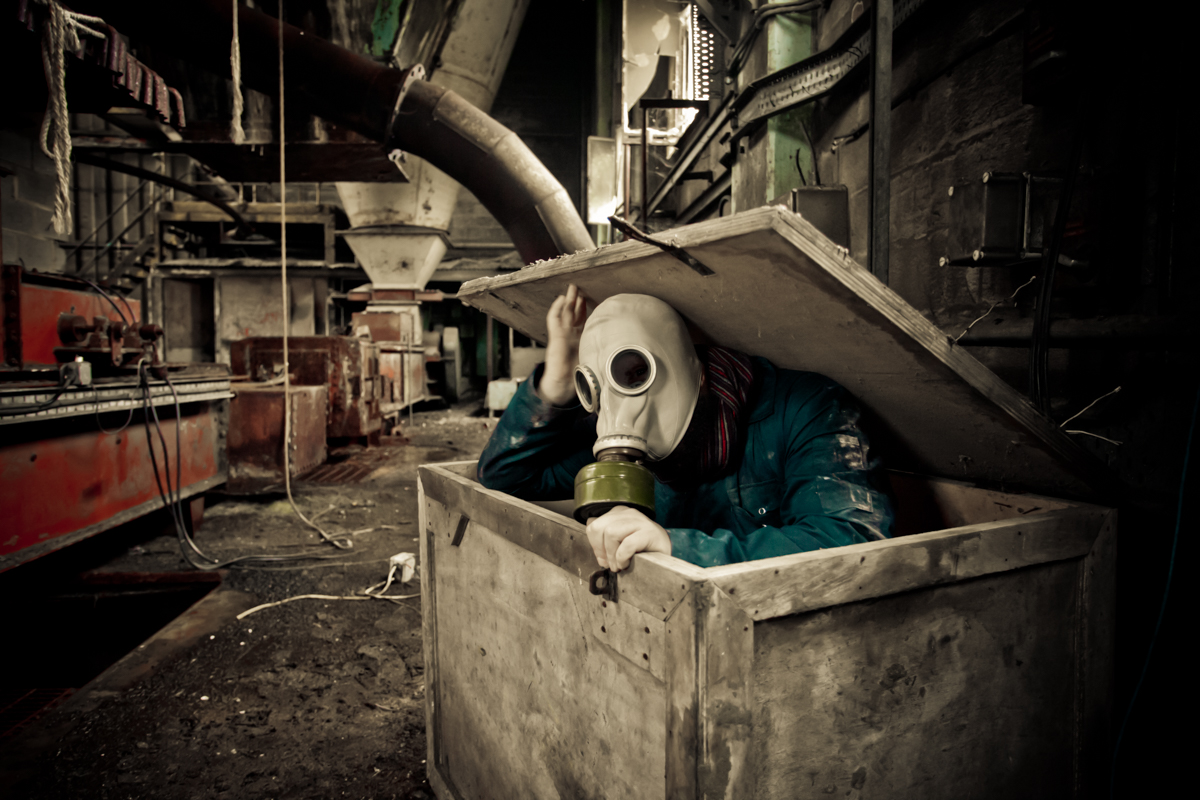
Fun in the Shoreham Cement Works with my Russian WWII SMS Gas Mask, modeled by Paul. Those giant chains in the first images? They are inside the giant metal pipes!
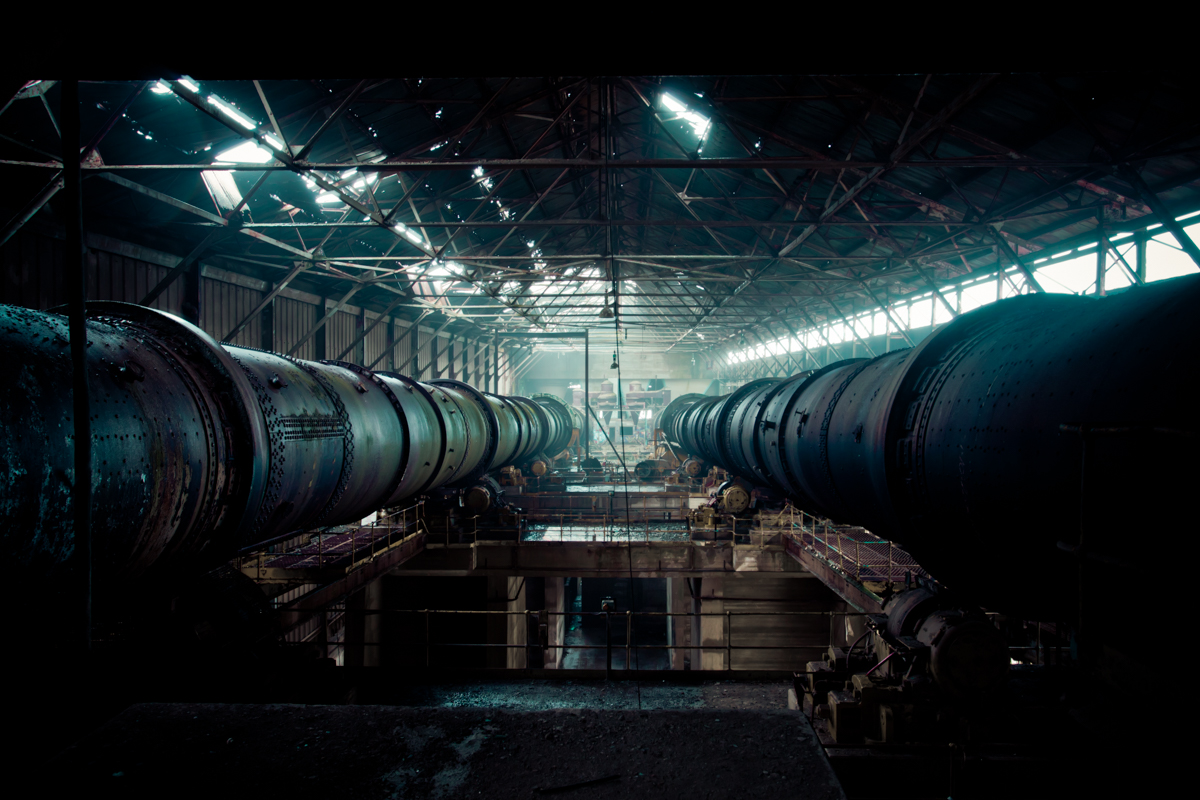
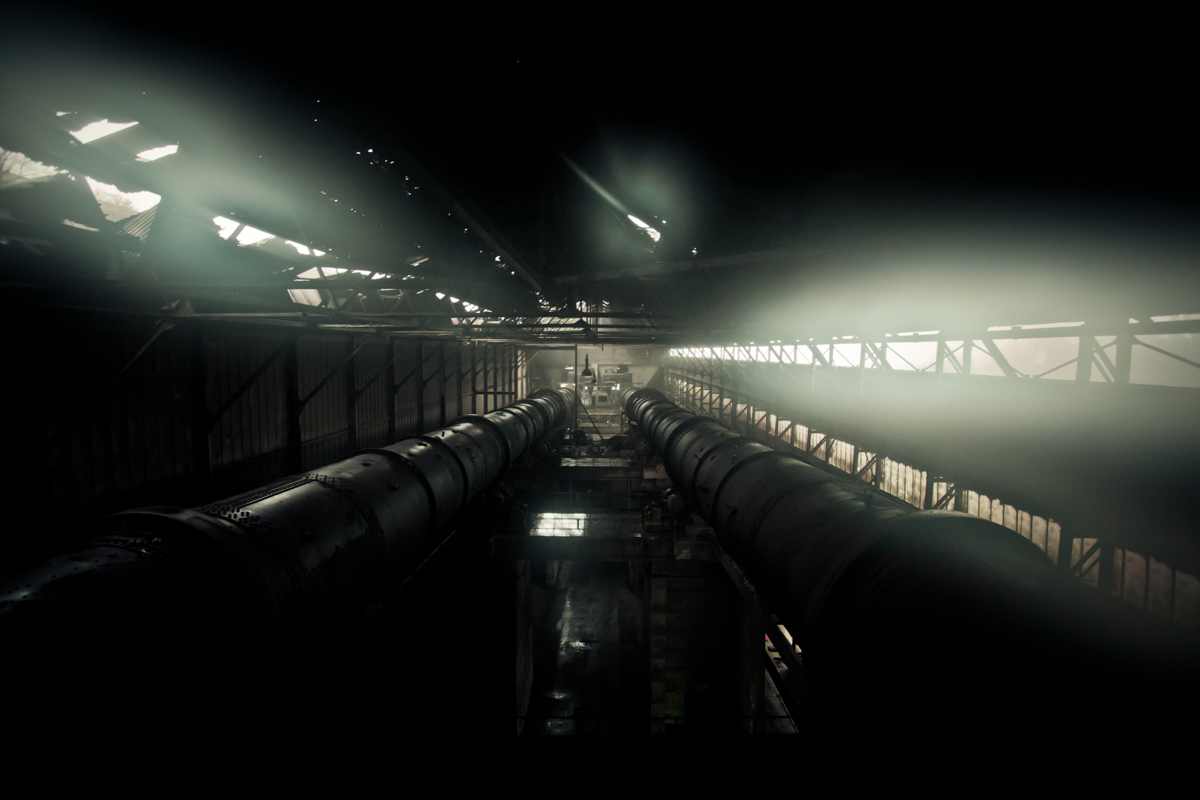
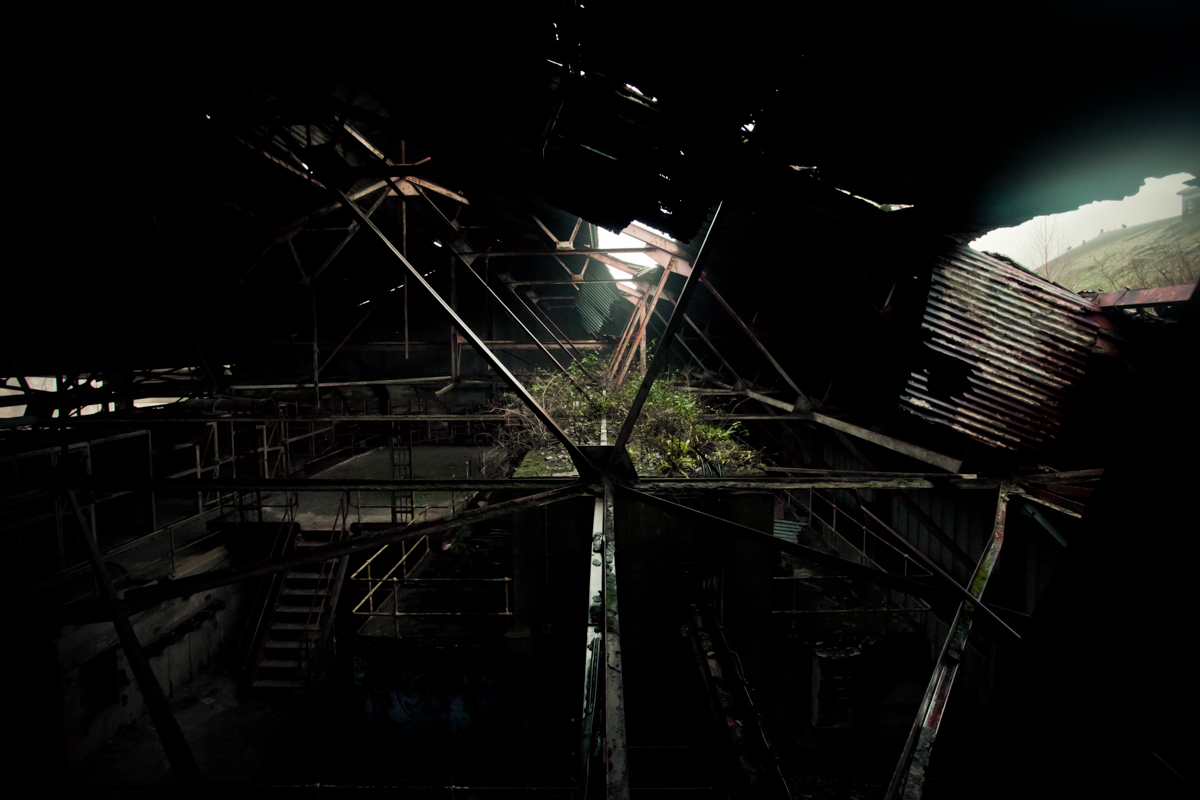
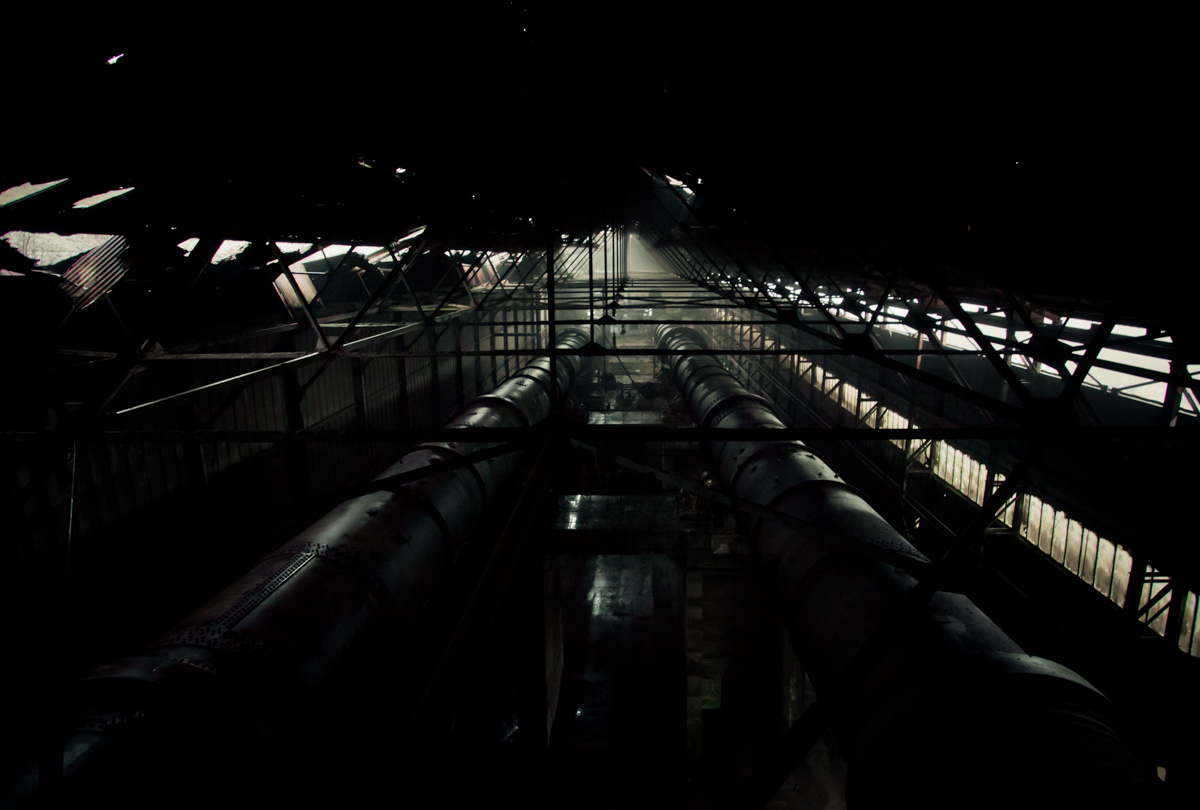

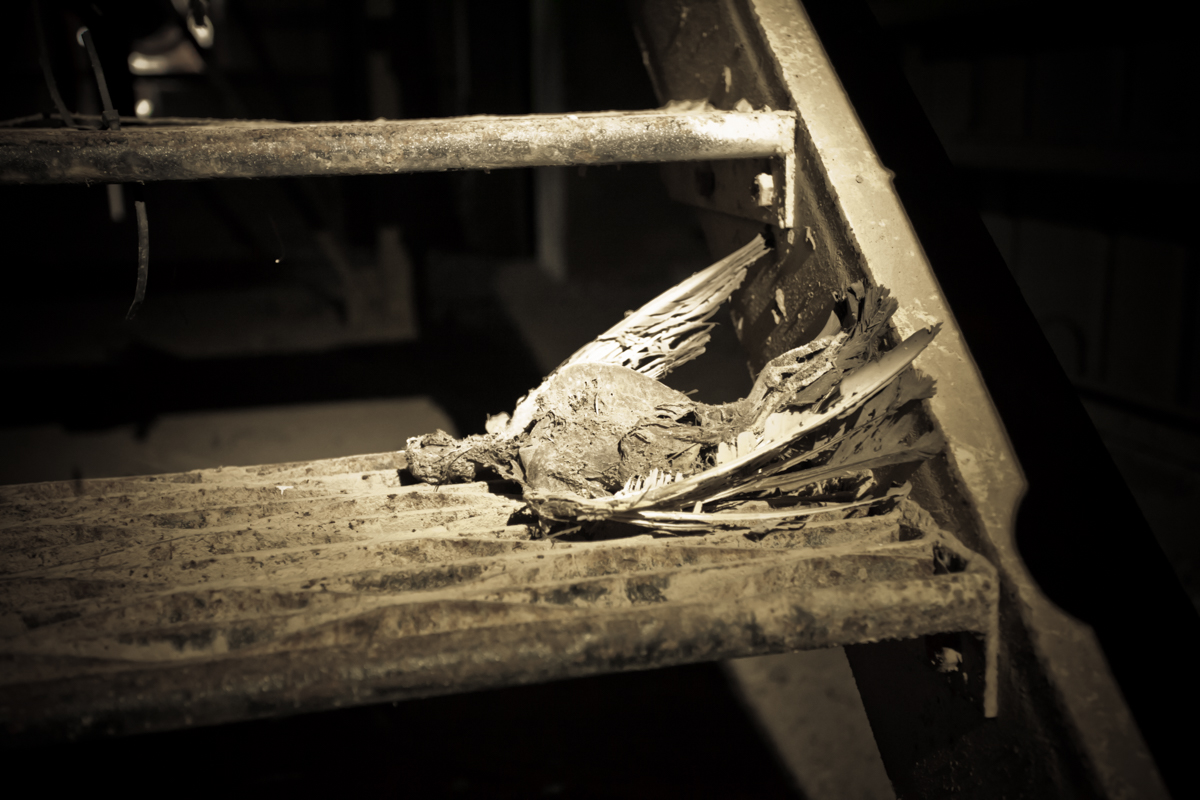
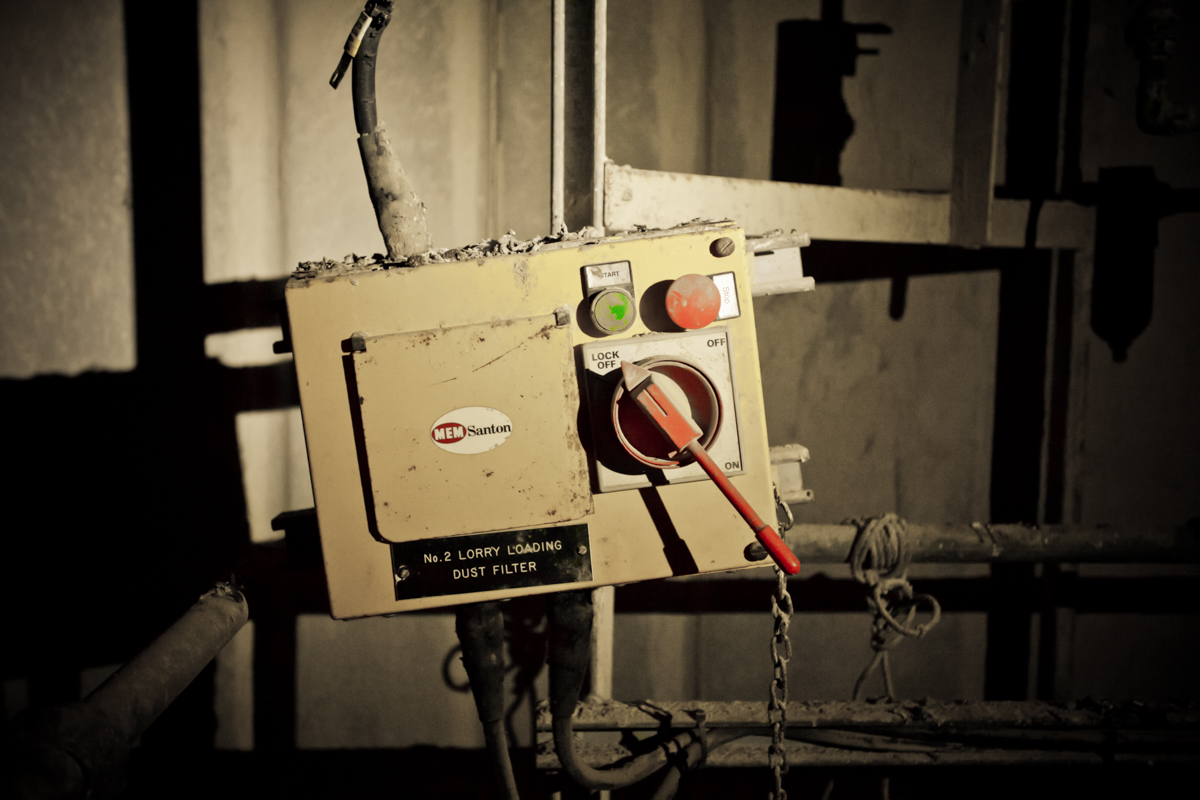
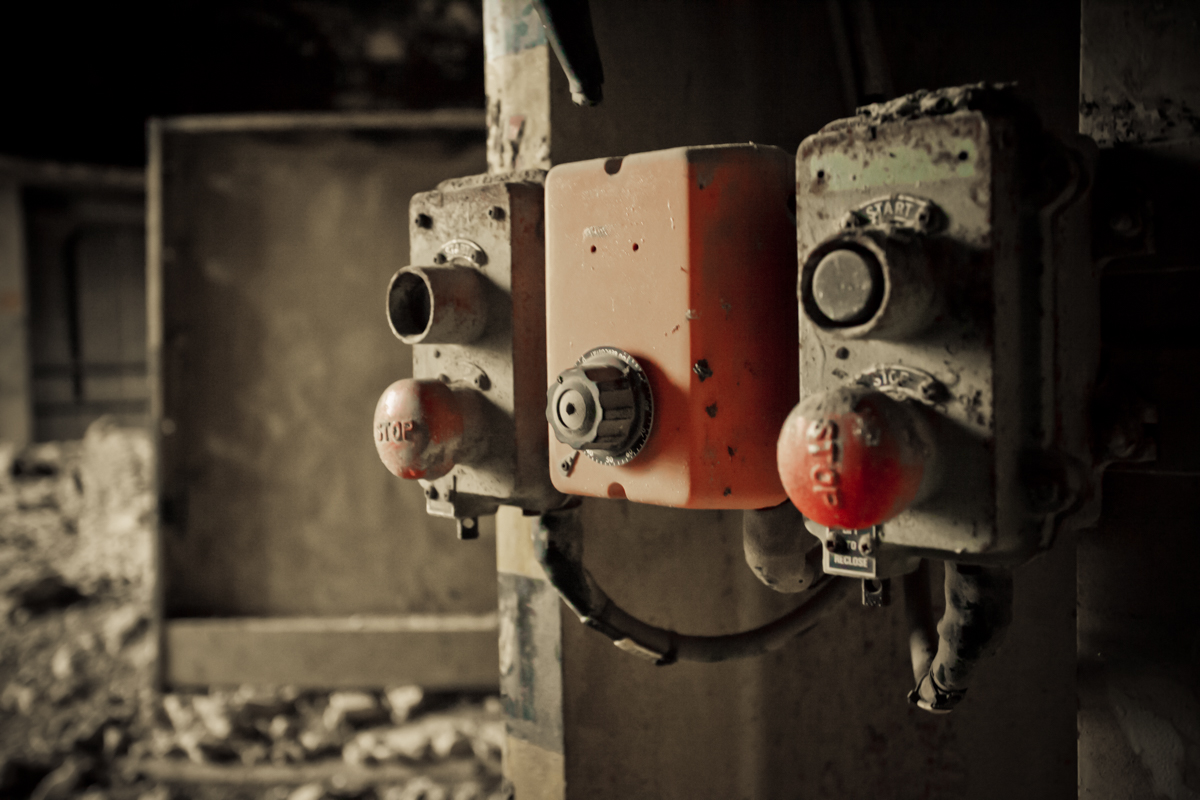
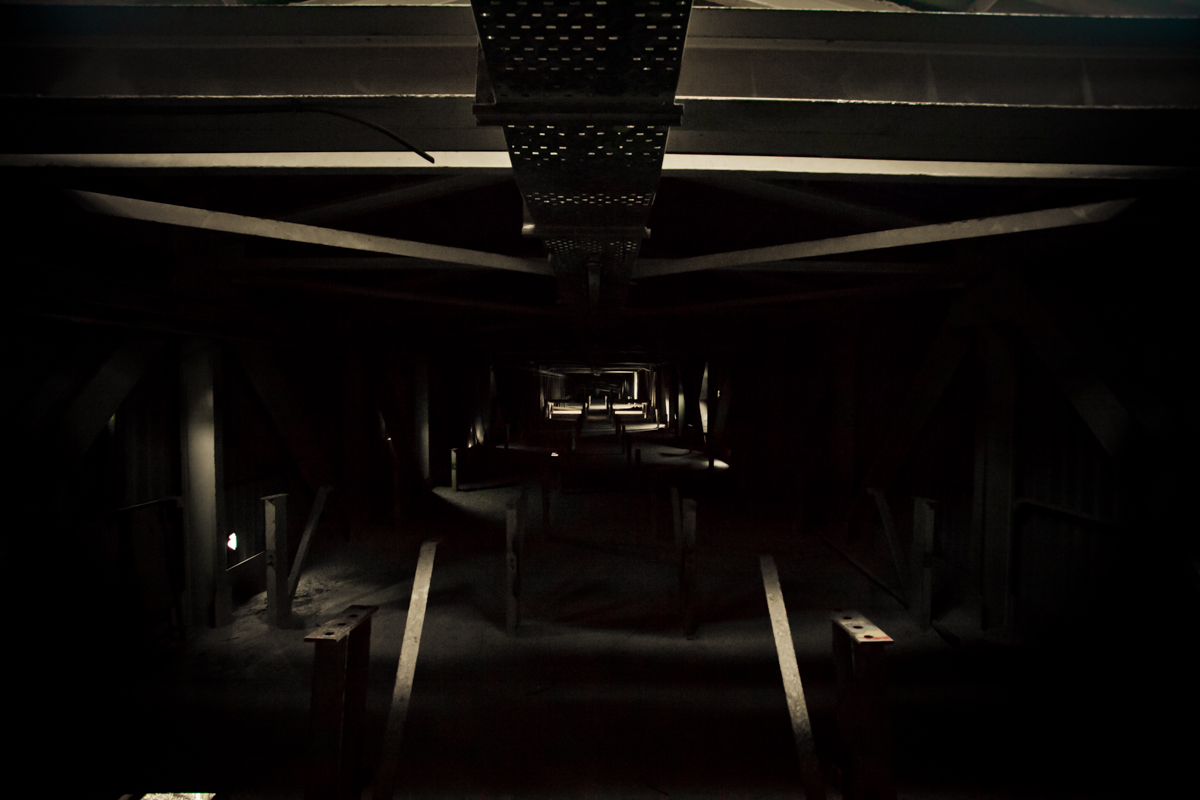
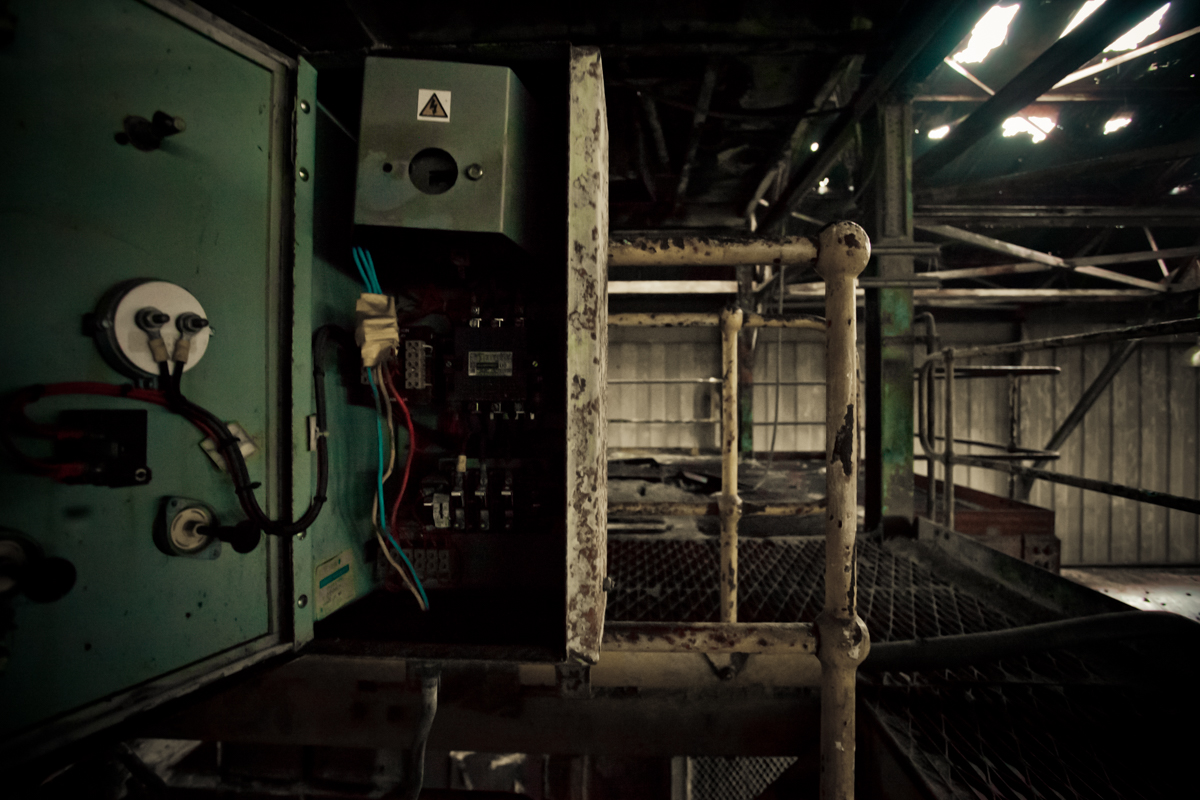
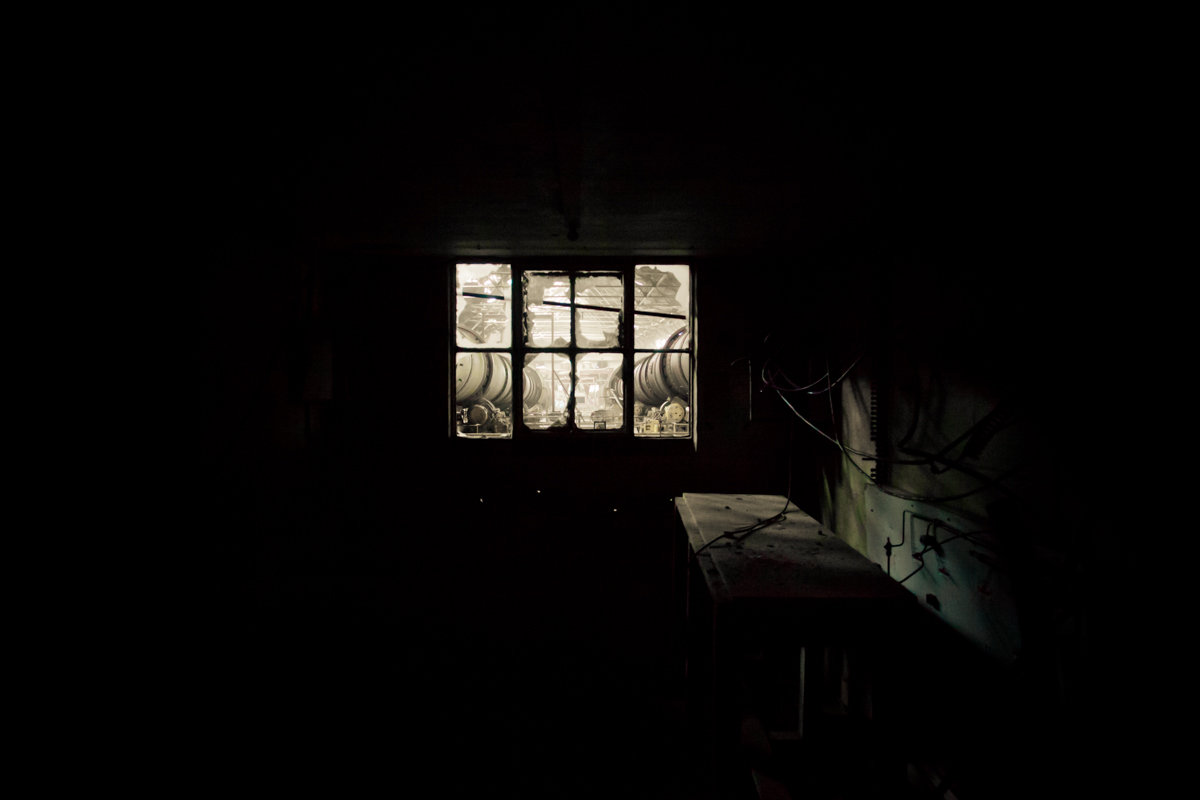

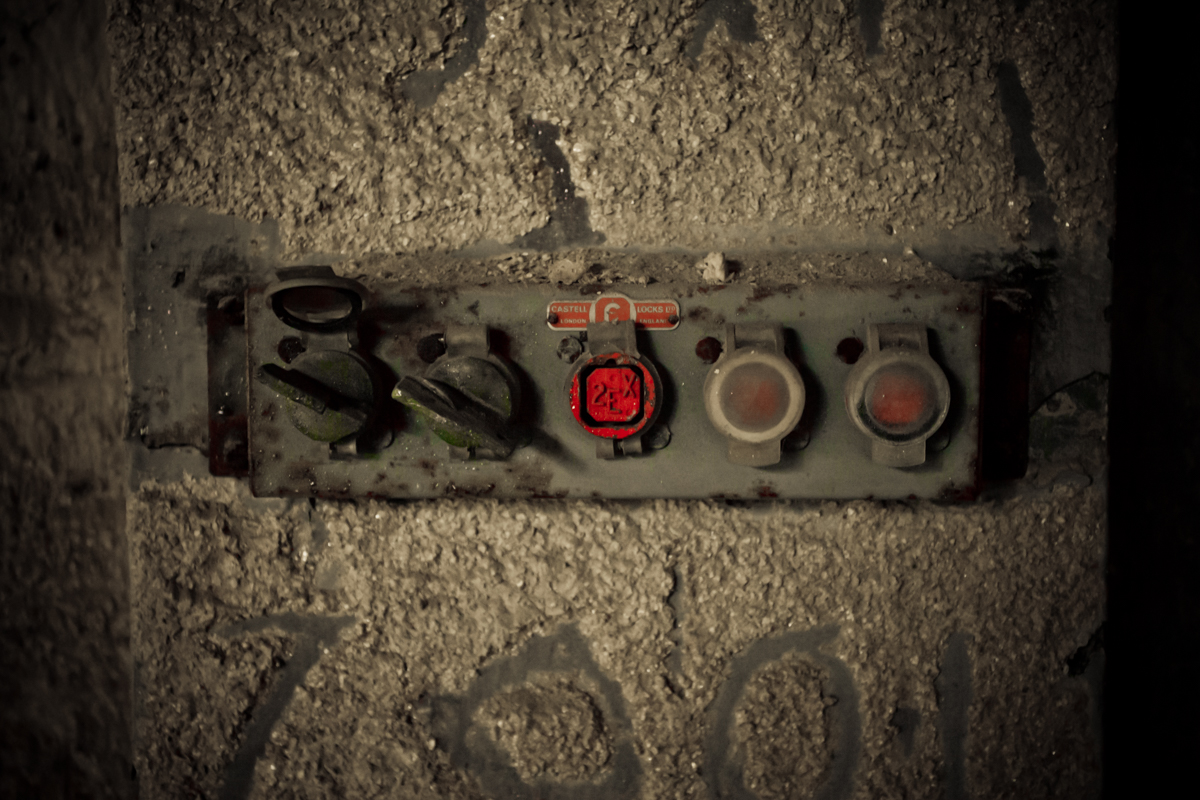
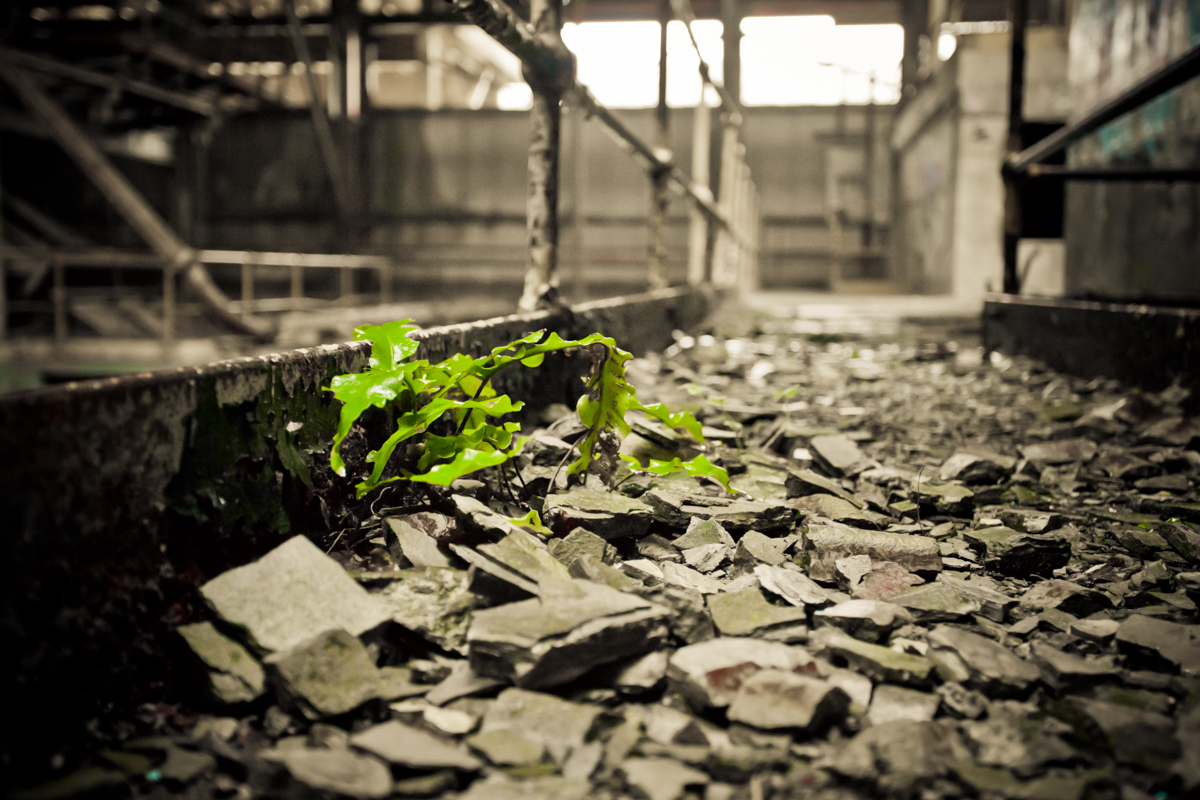
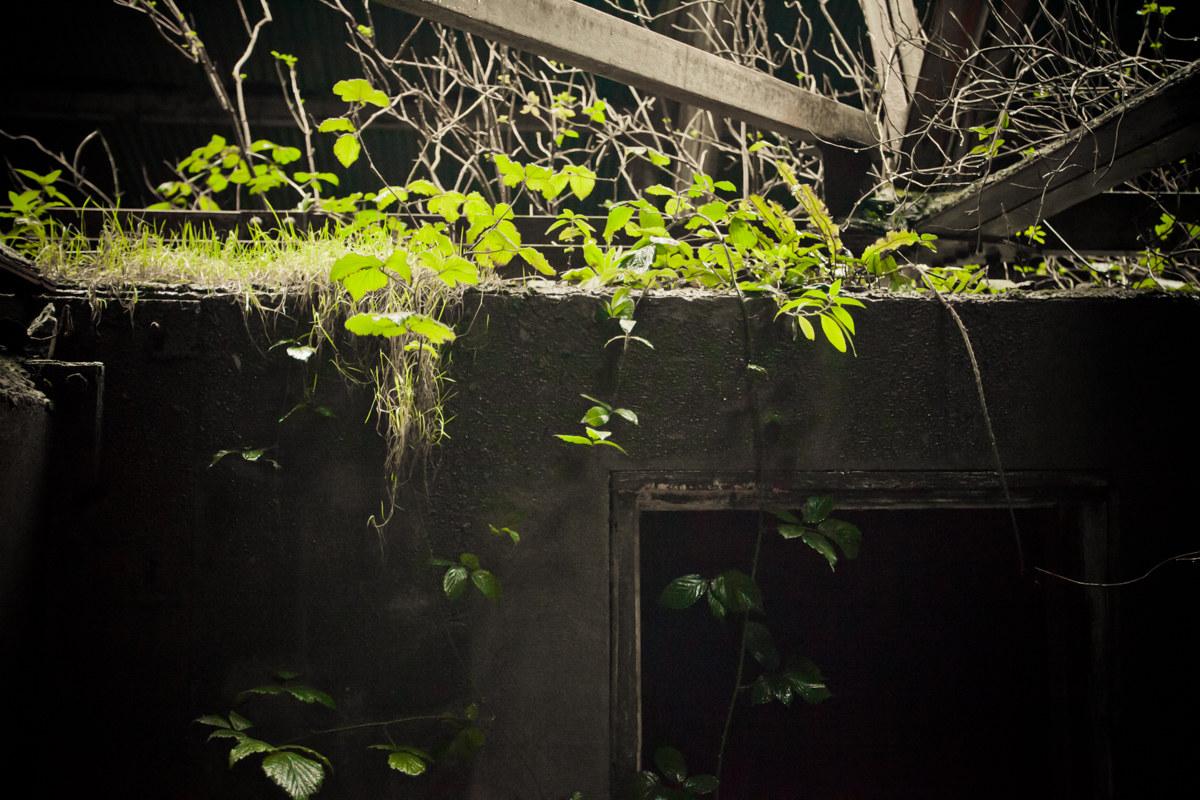
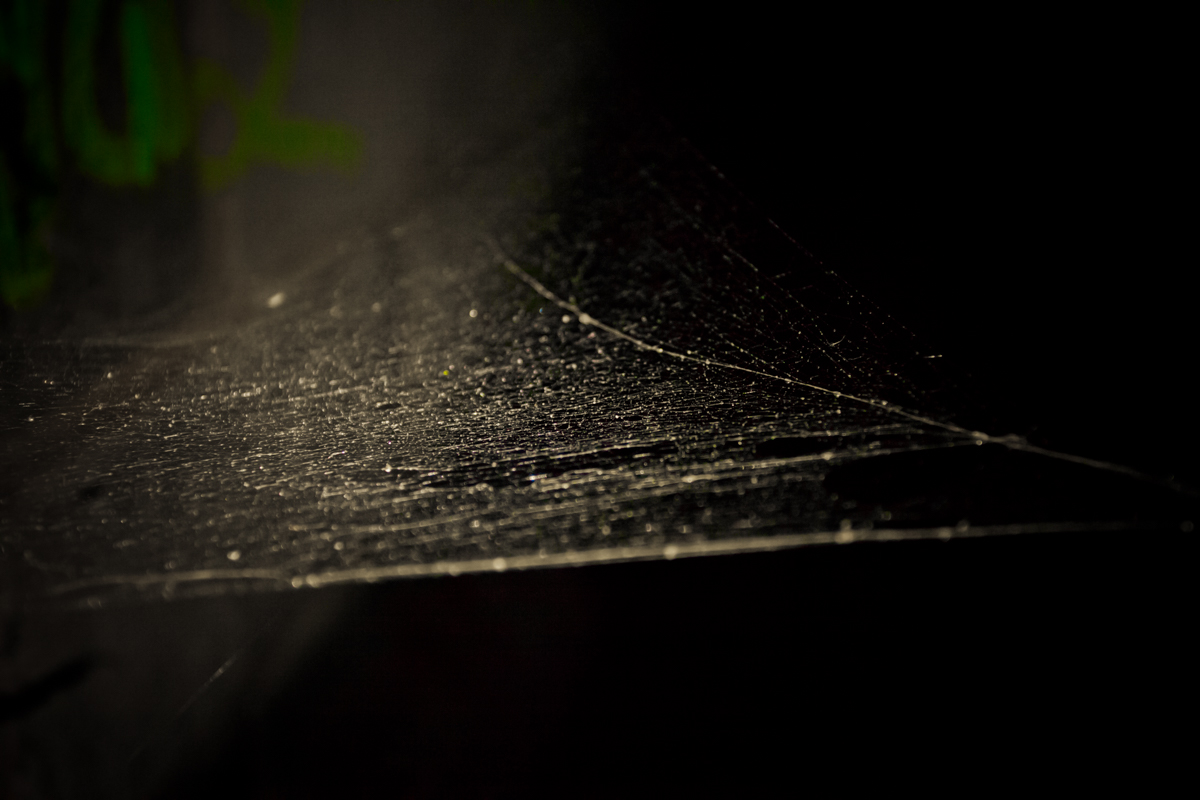

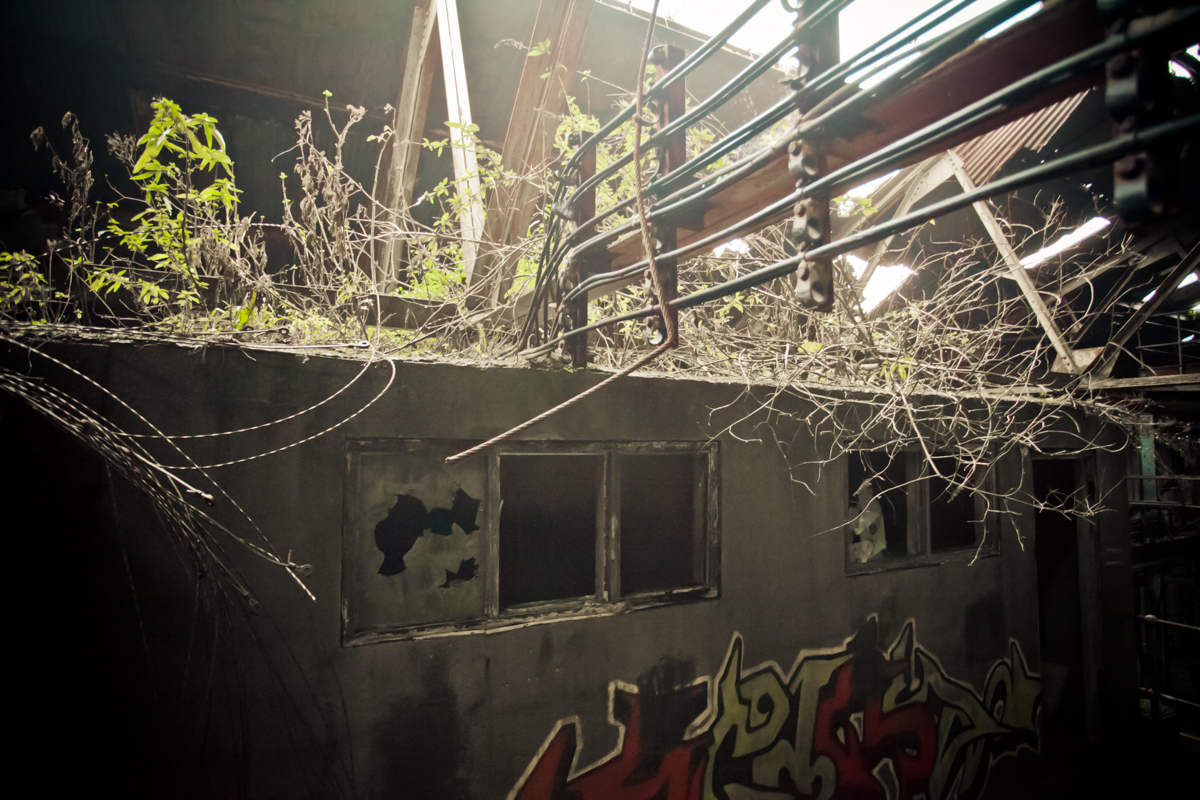
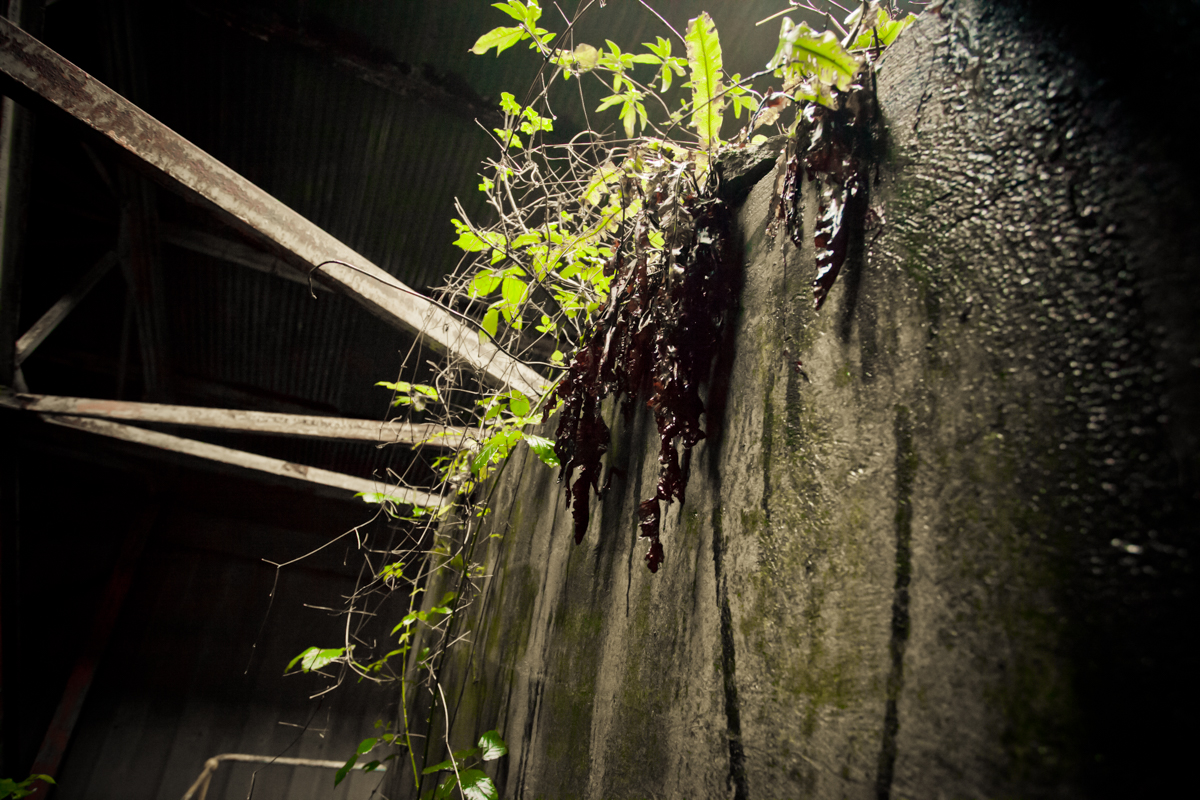
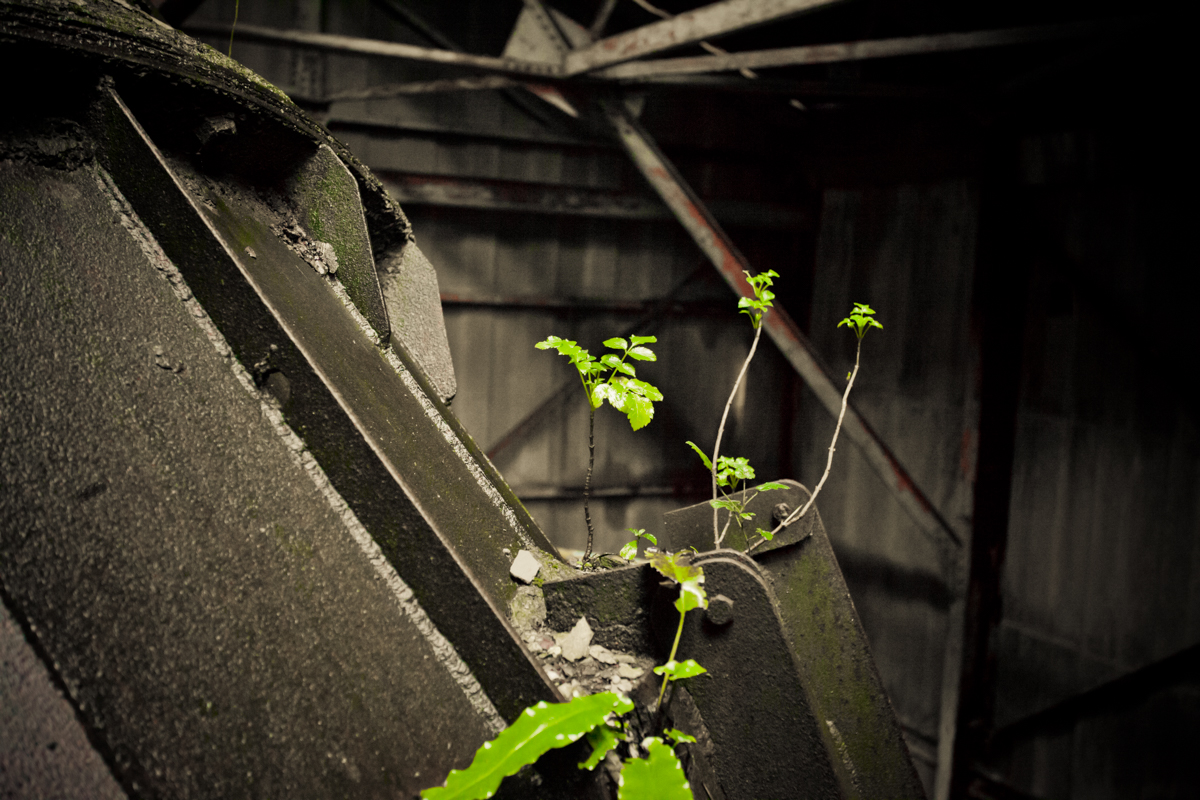
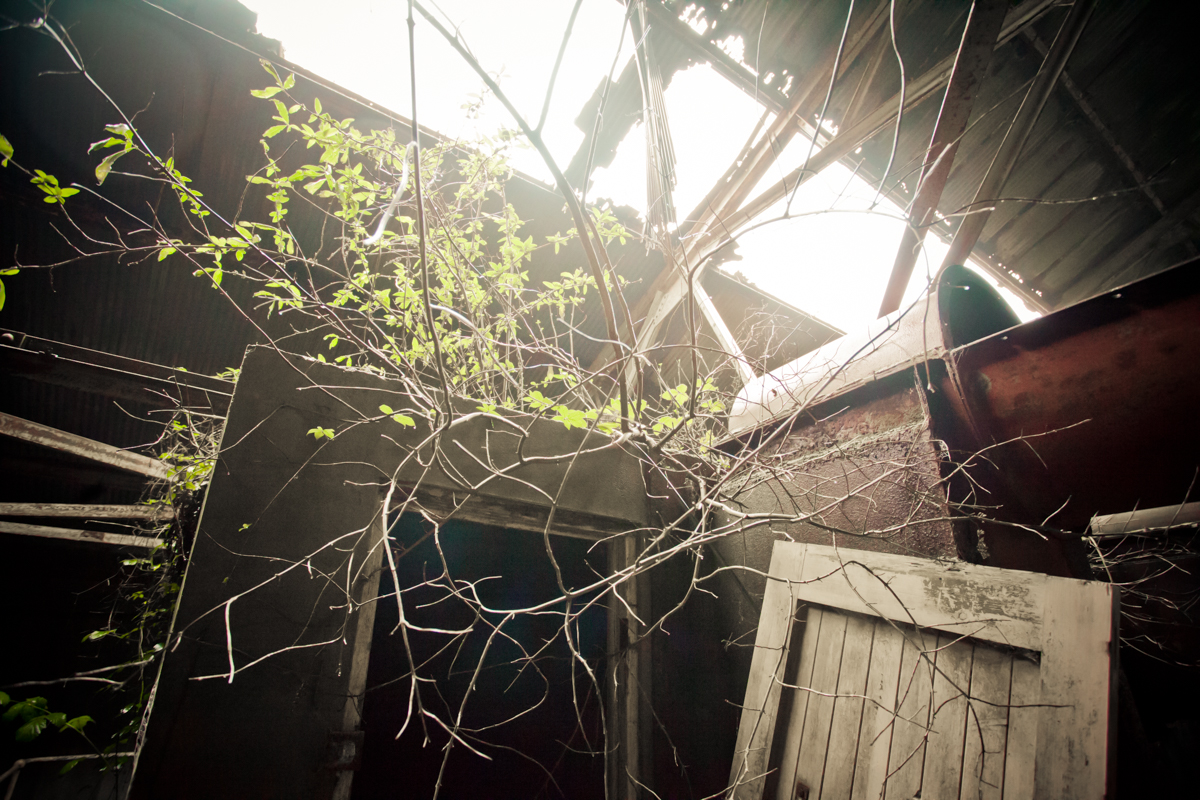
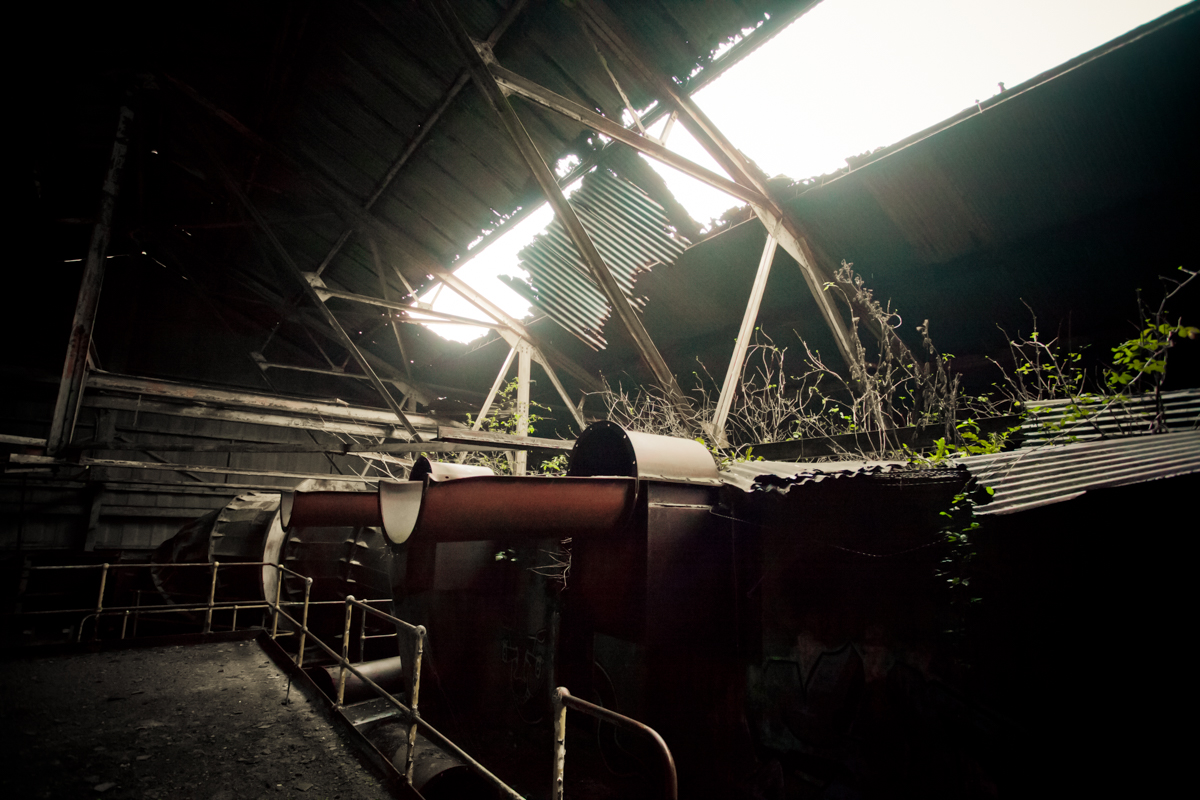
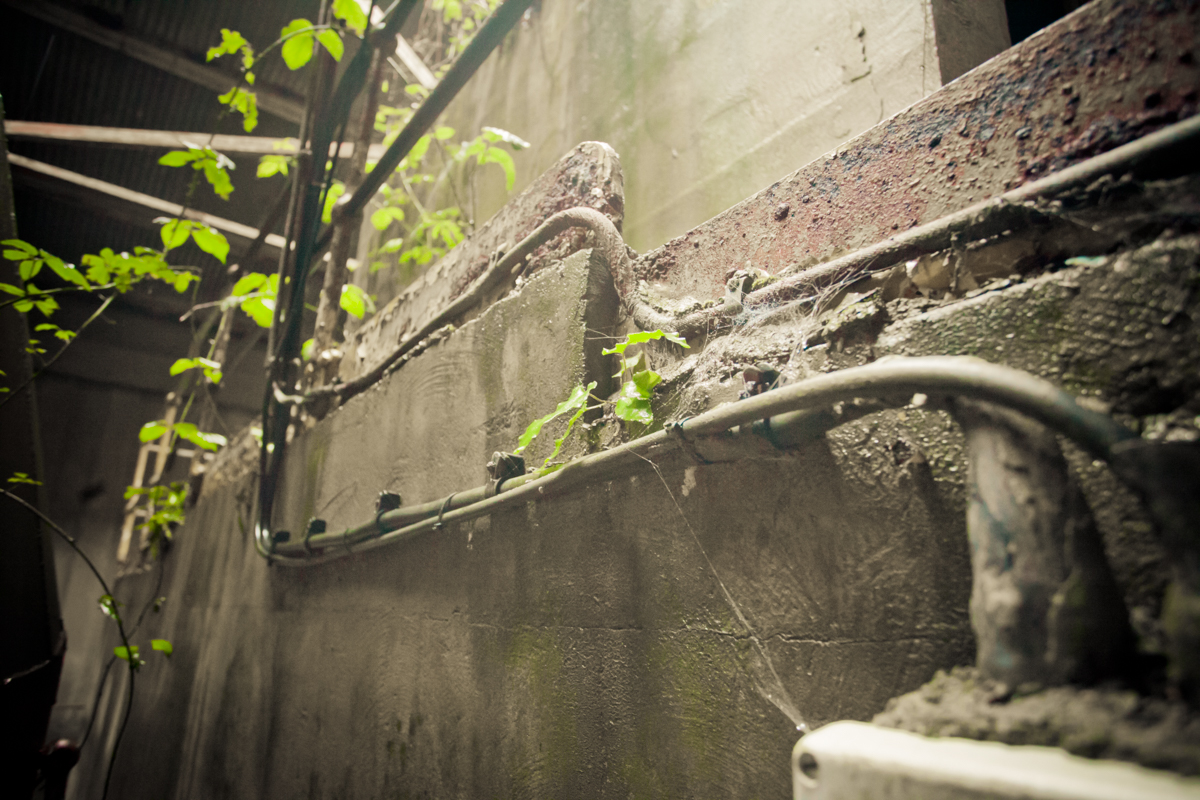
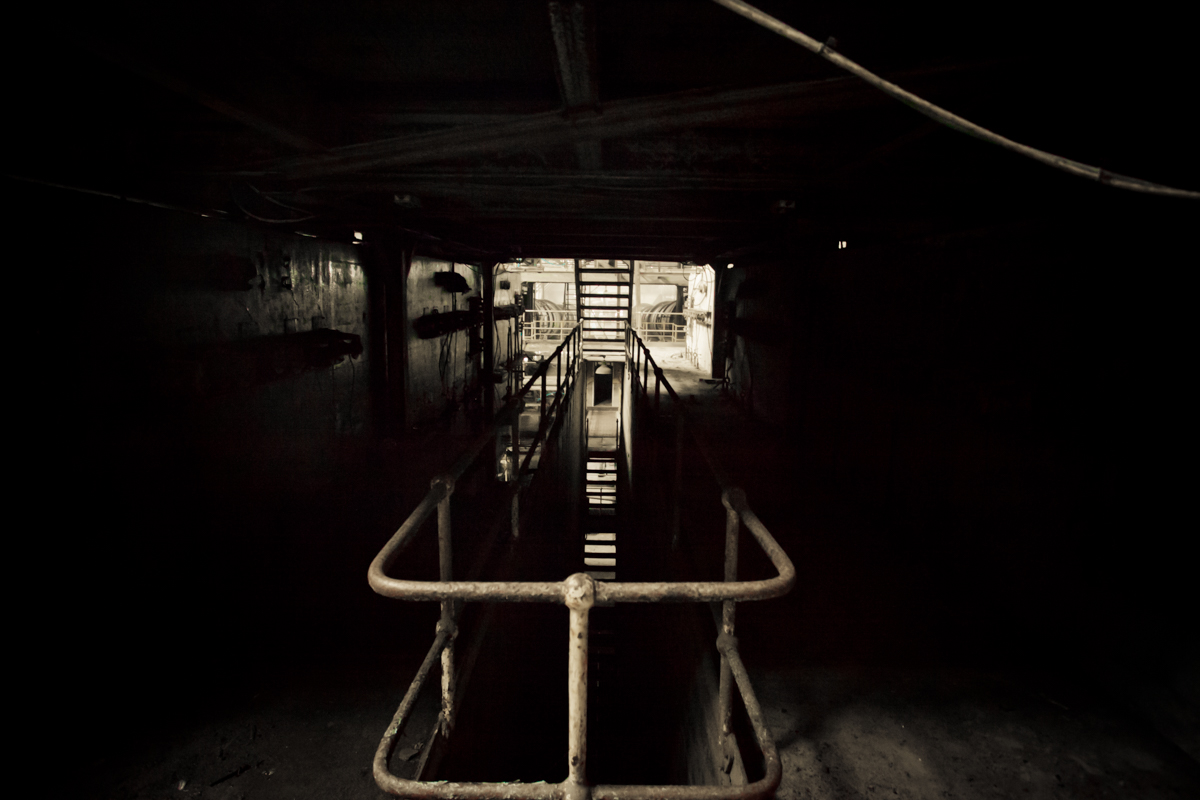
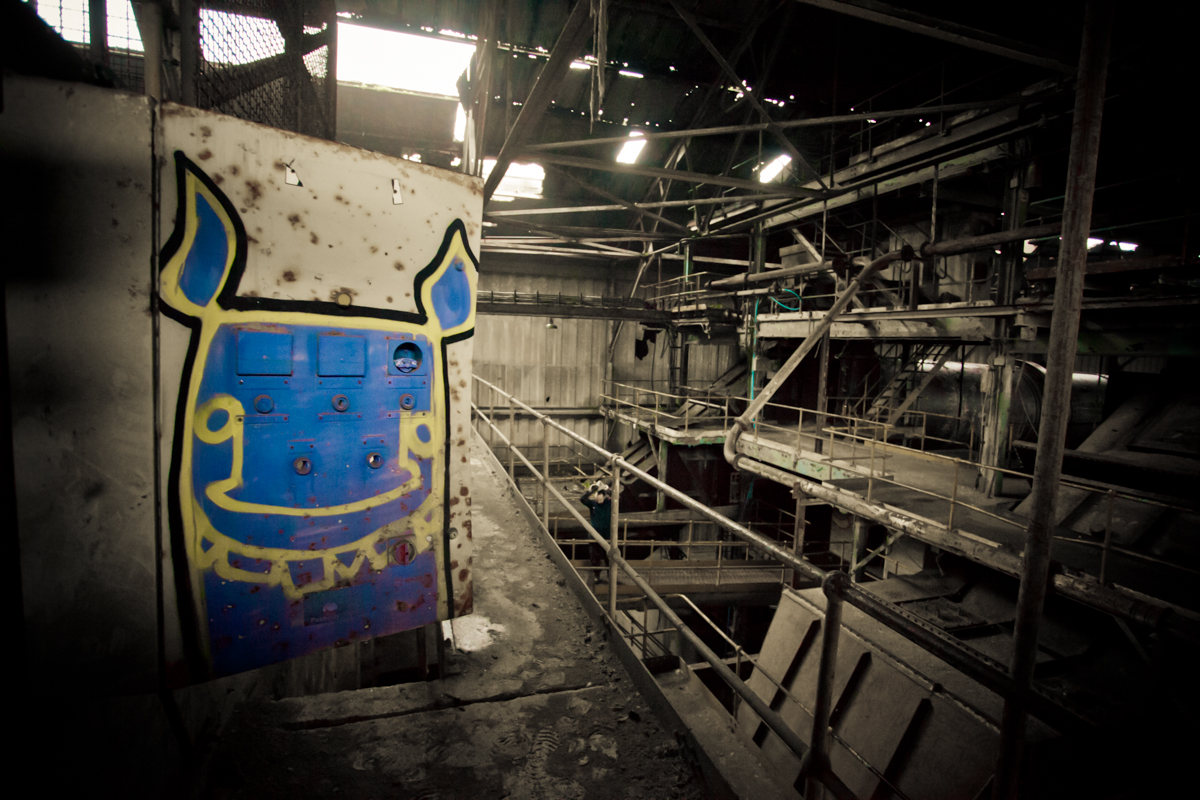
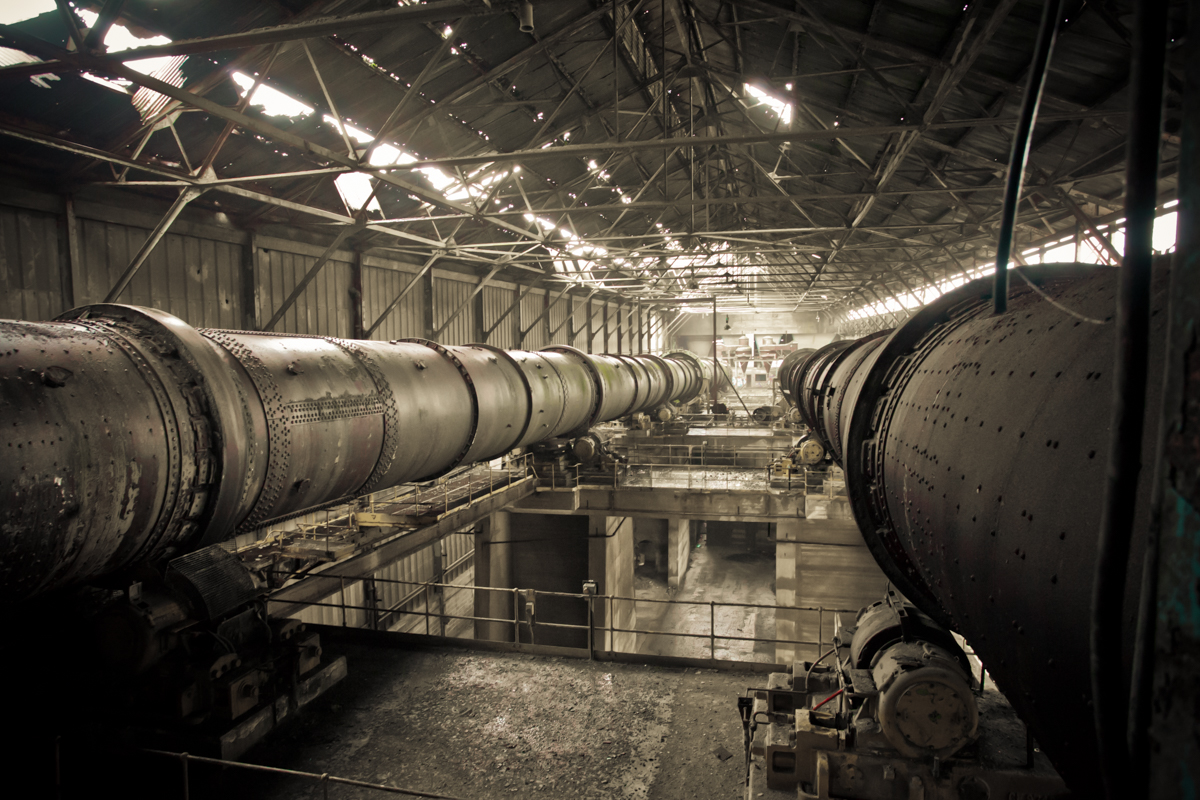
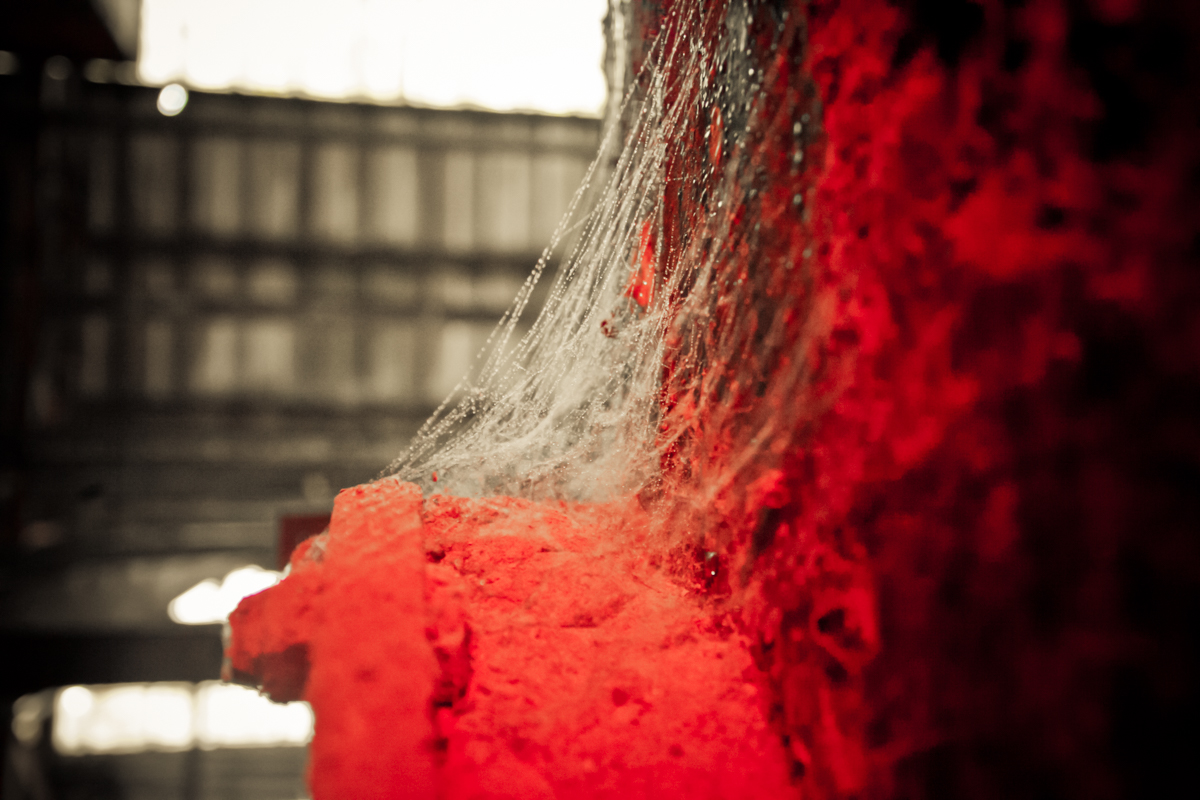
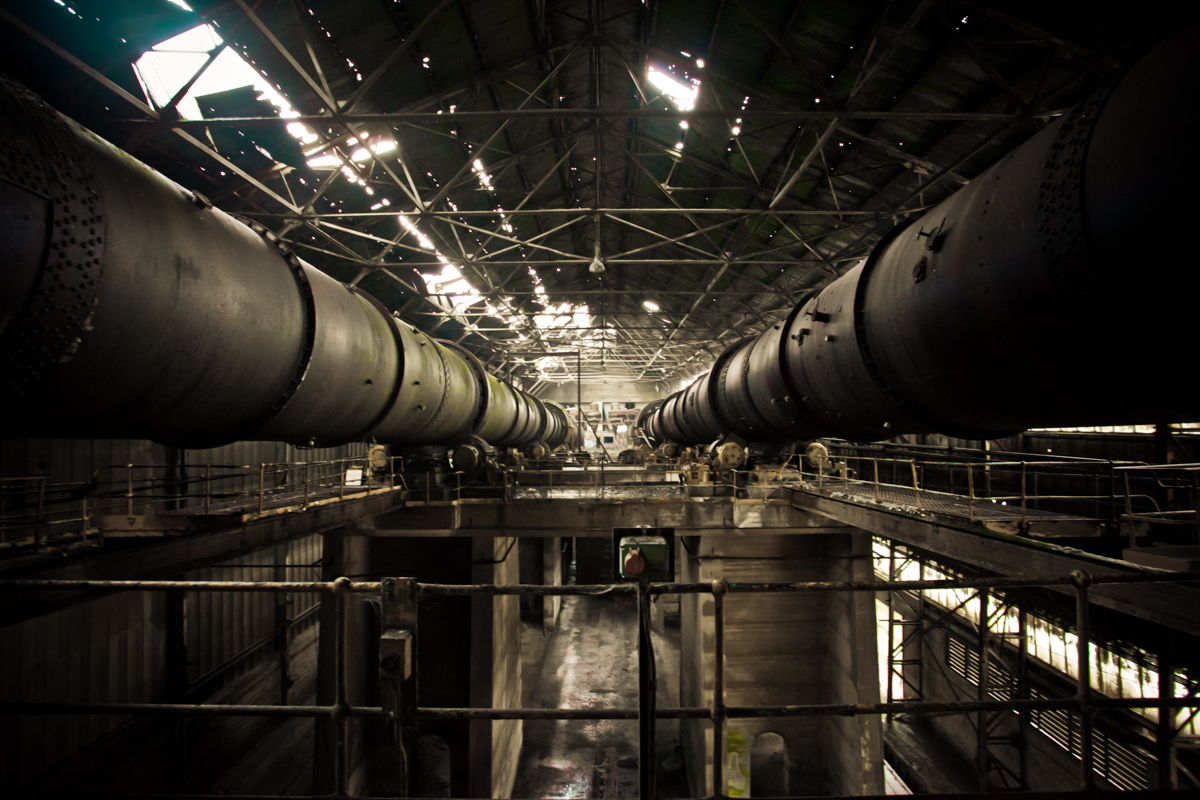

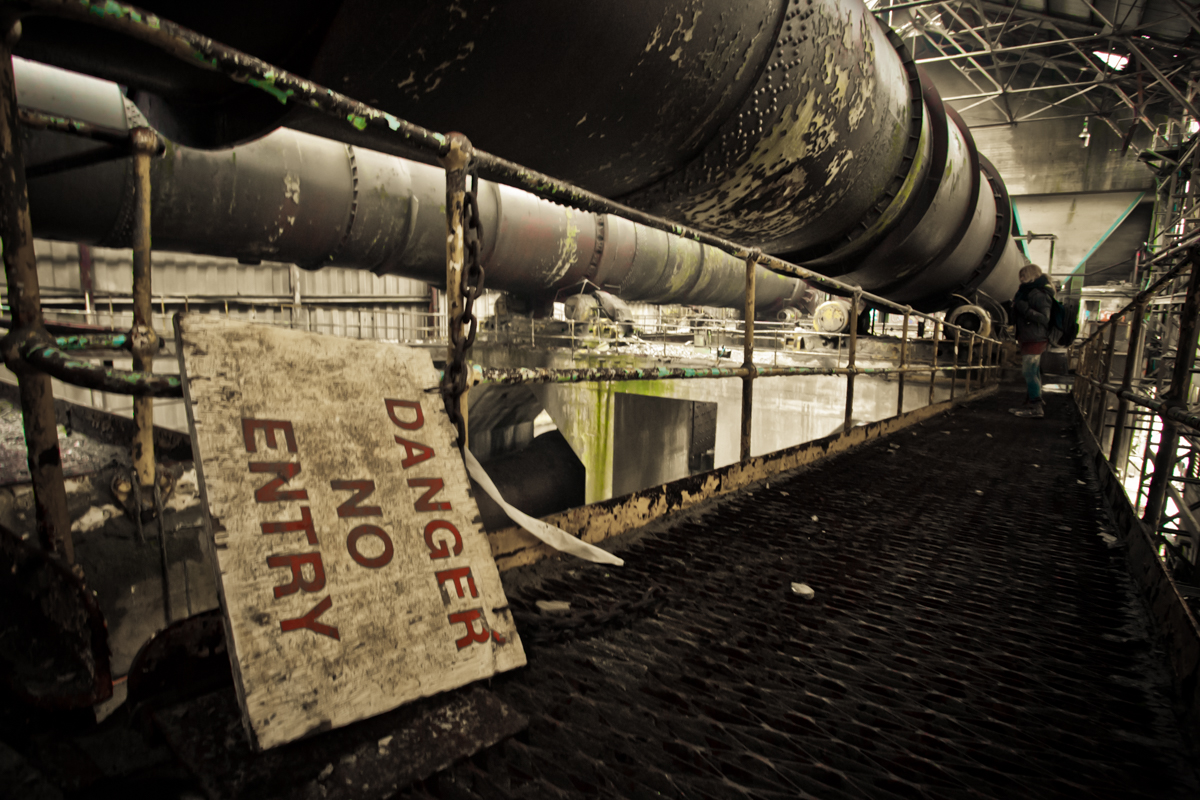
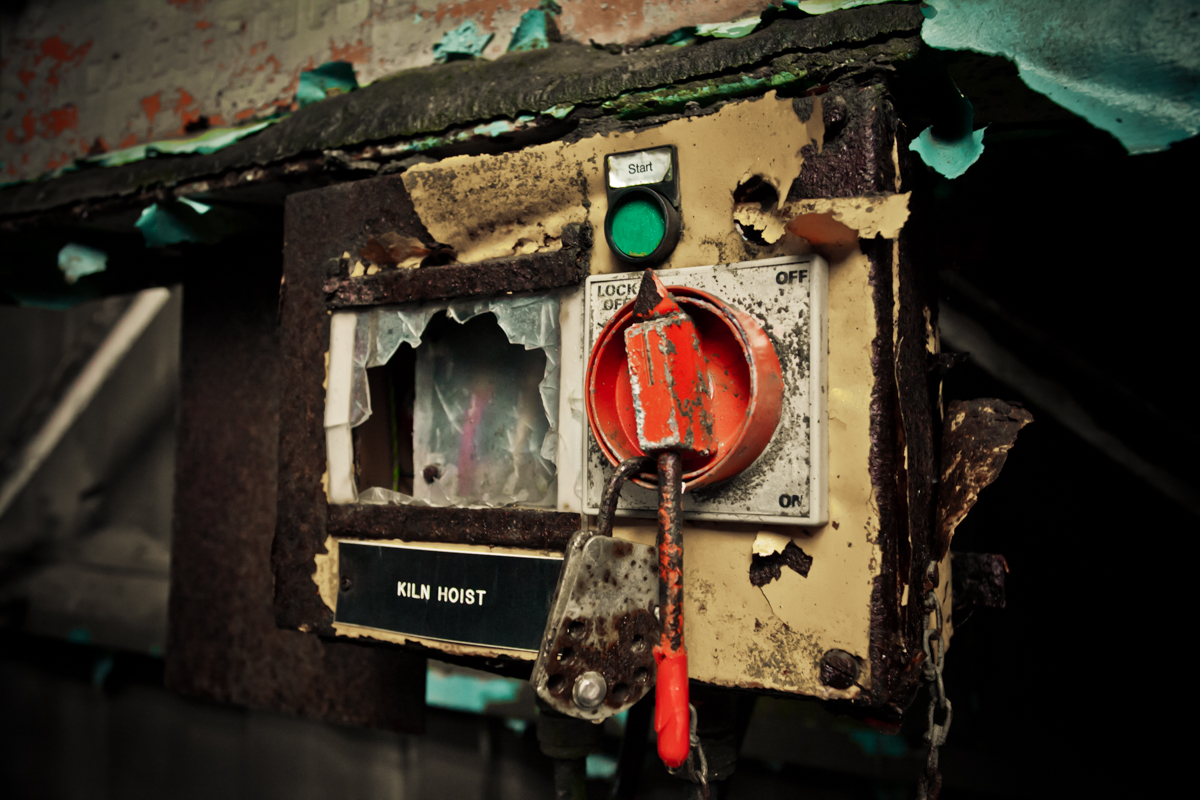
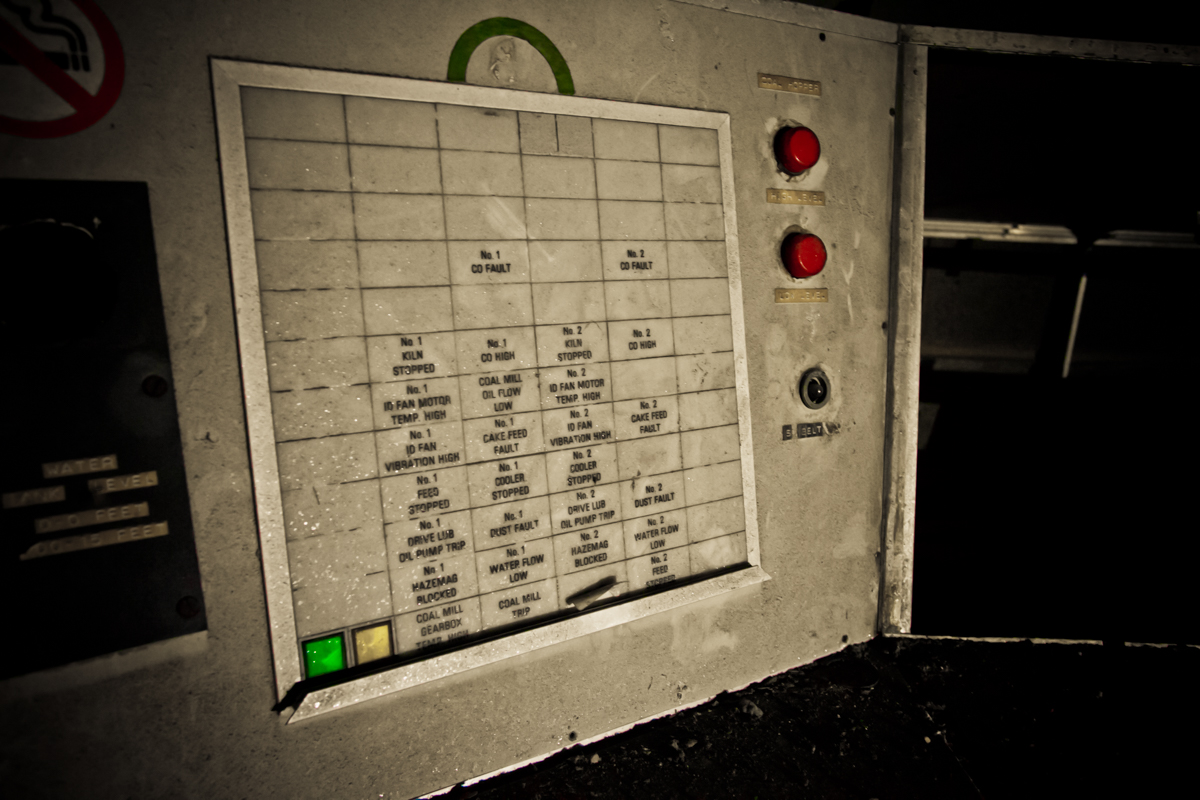
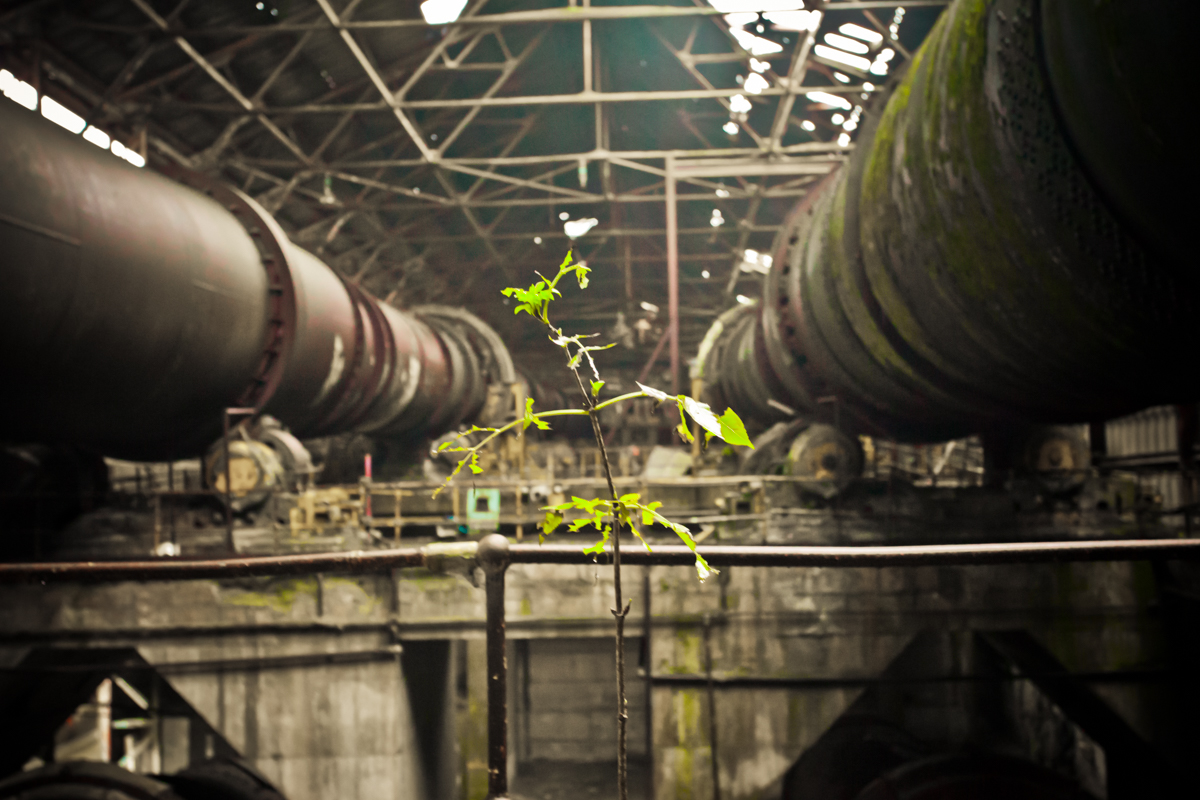
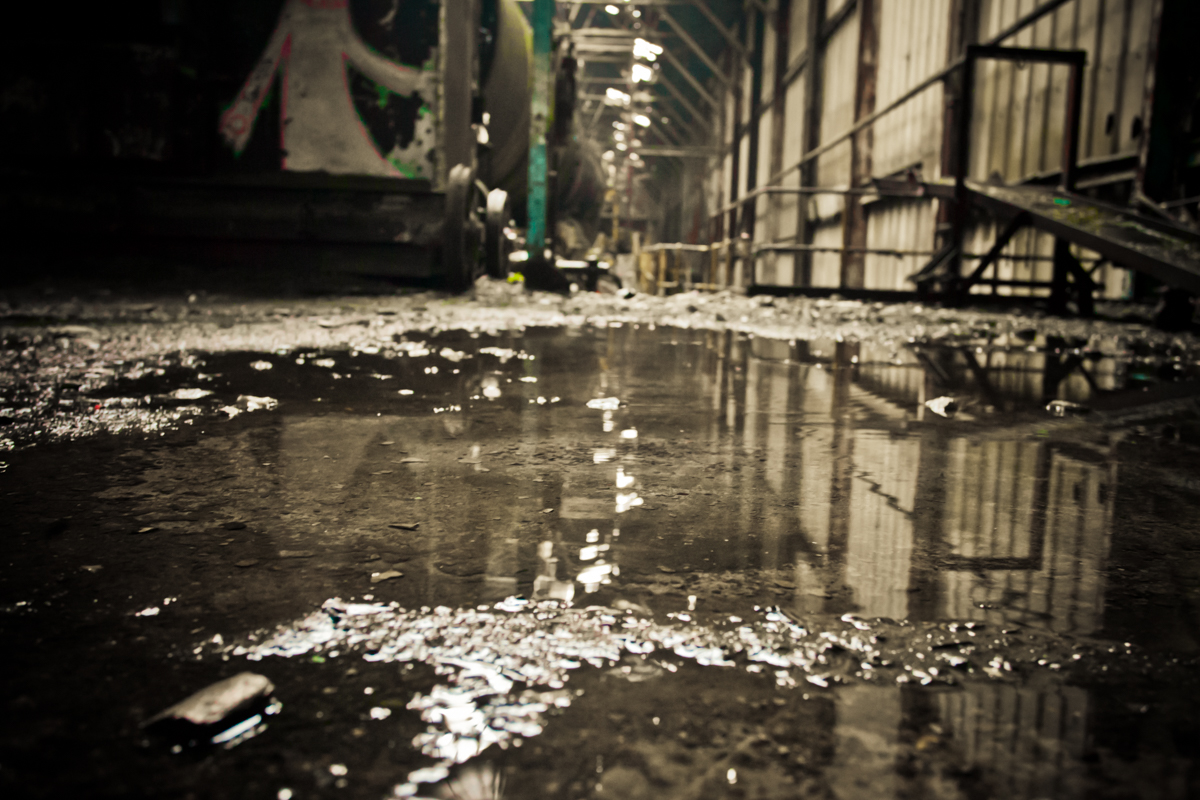
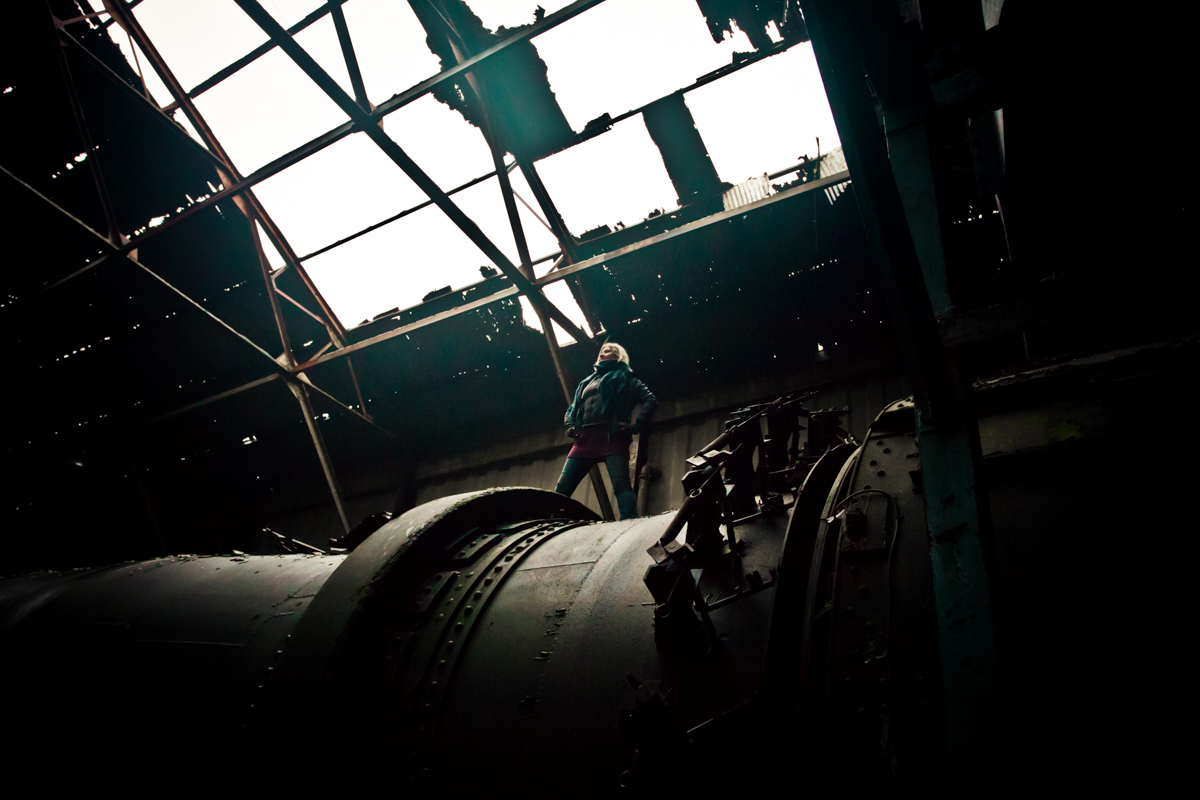
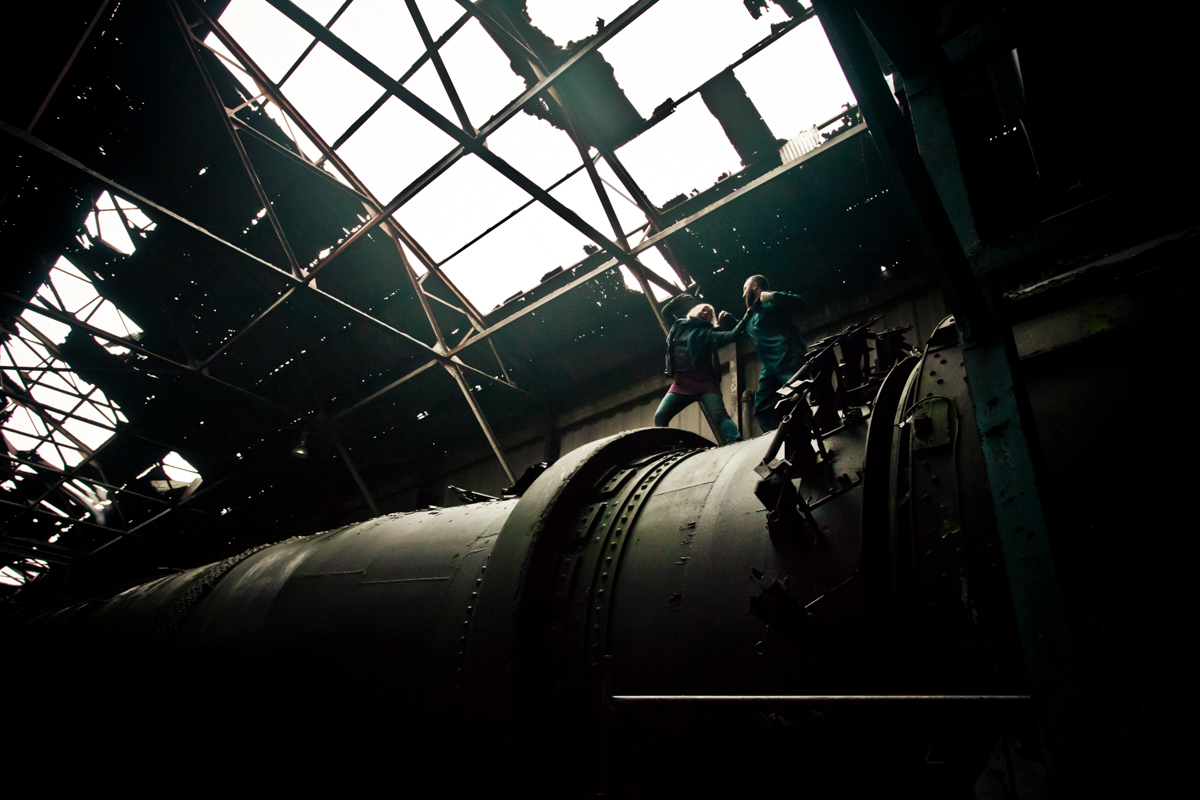
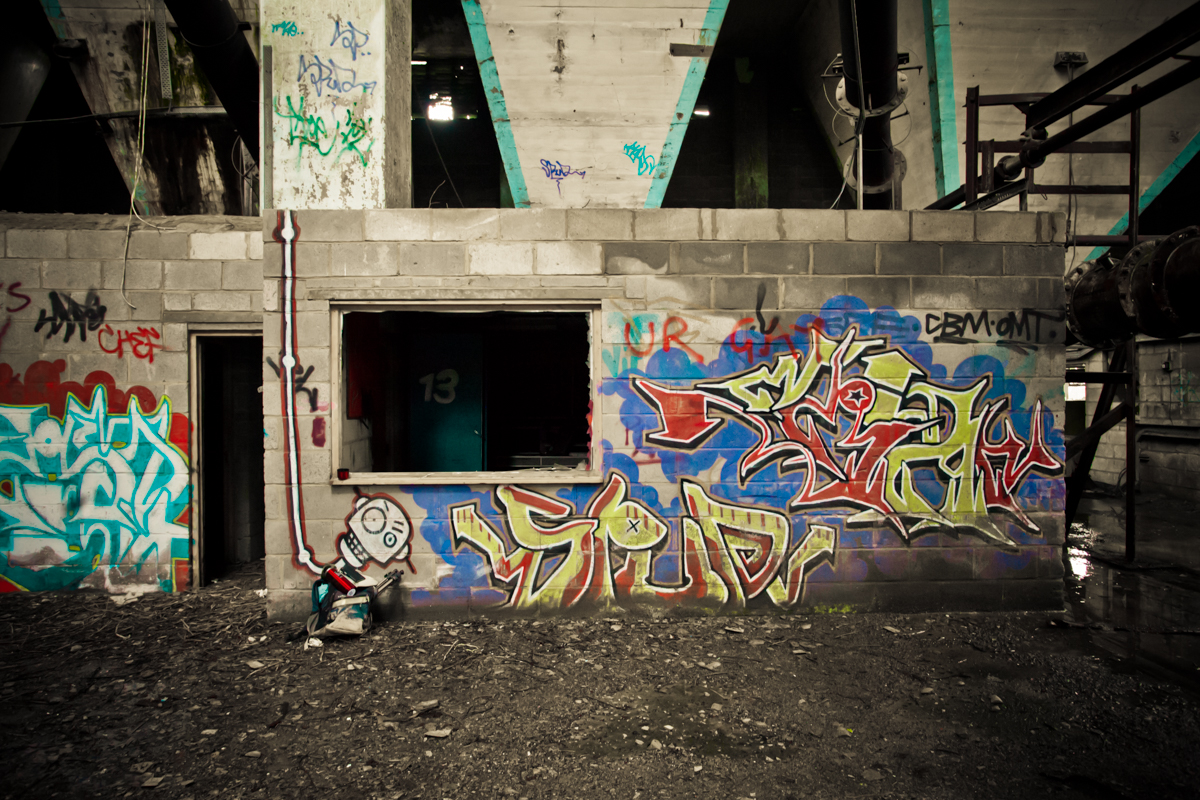
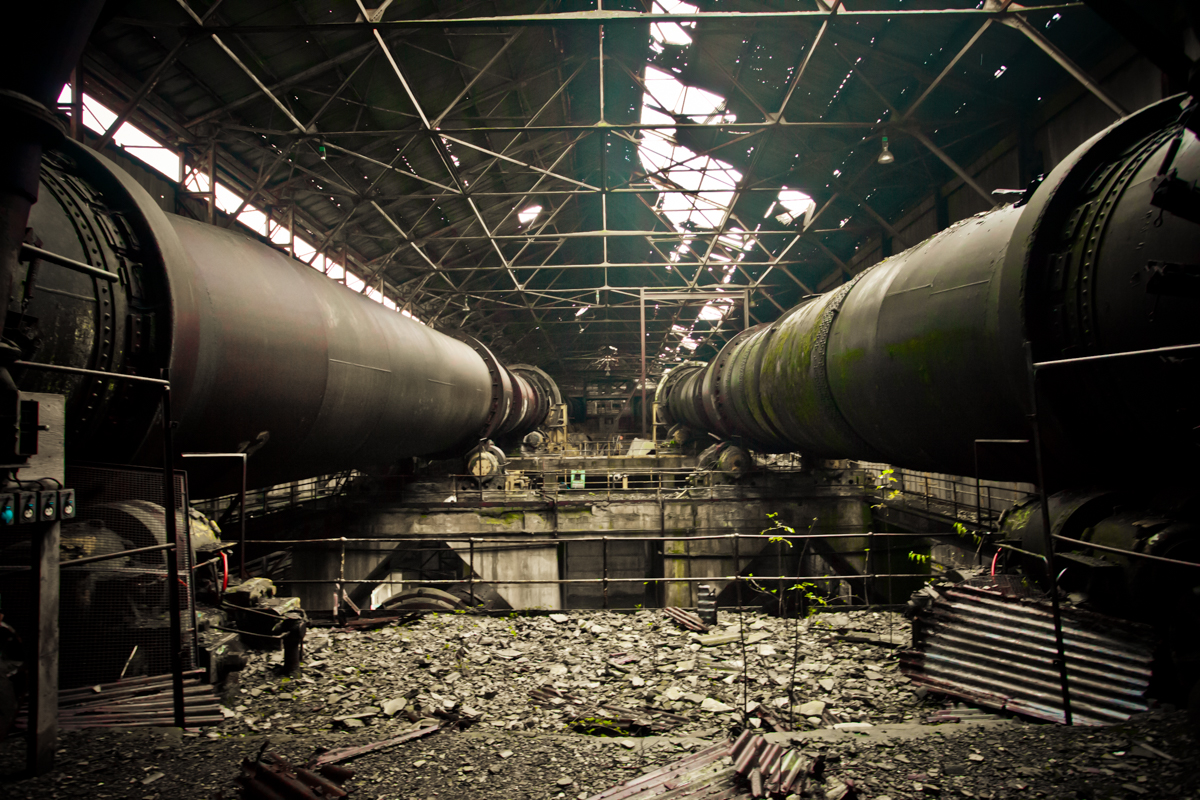

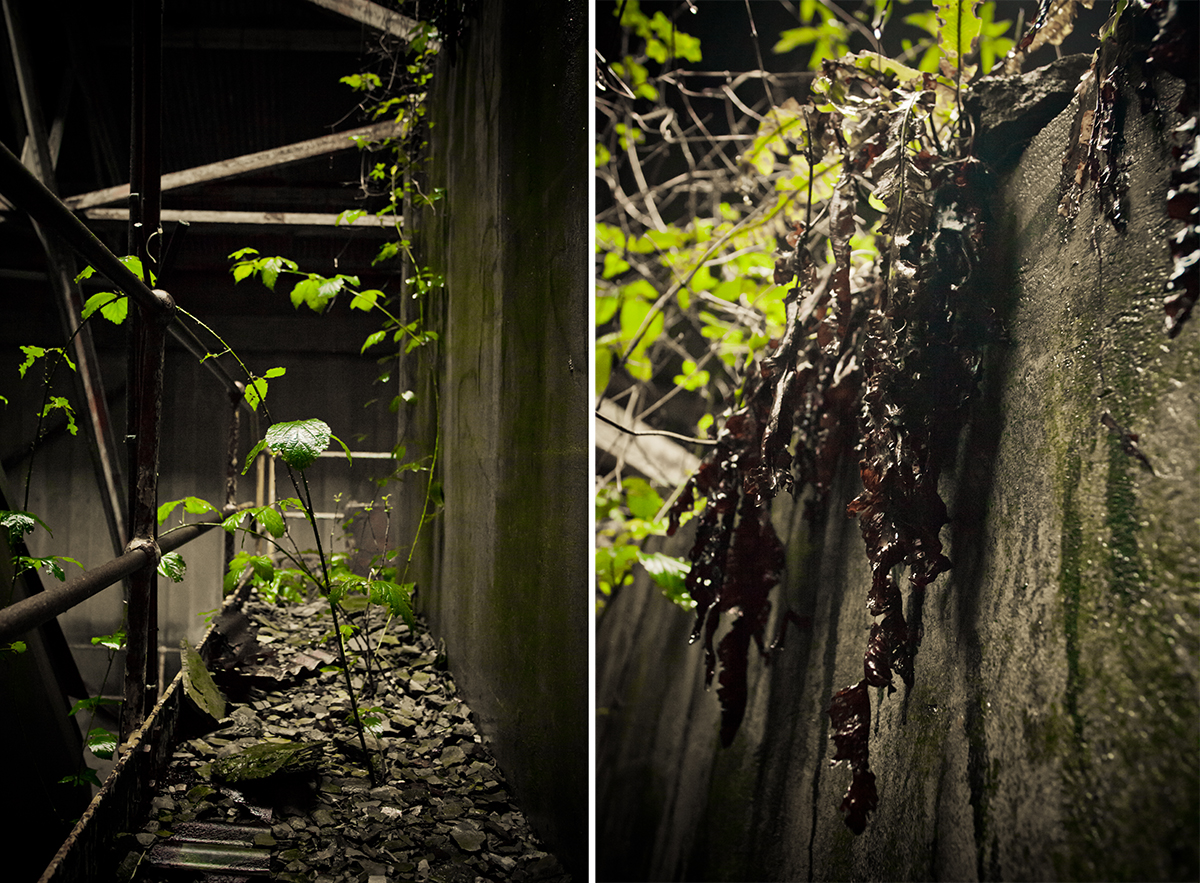
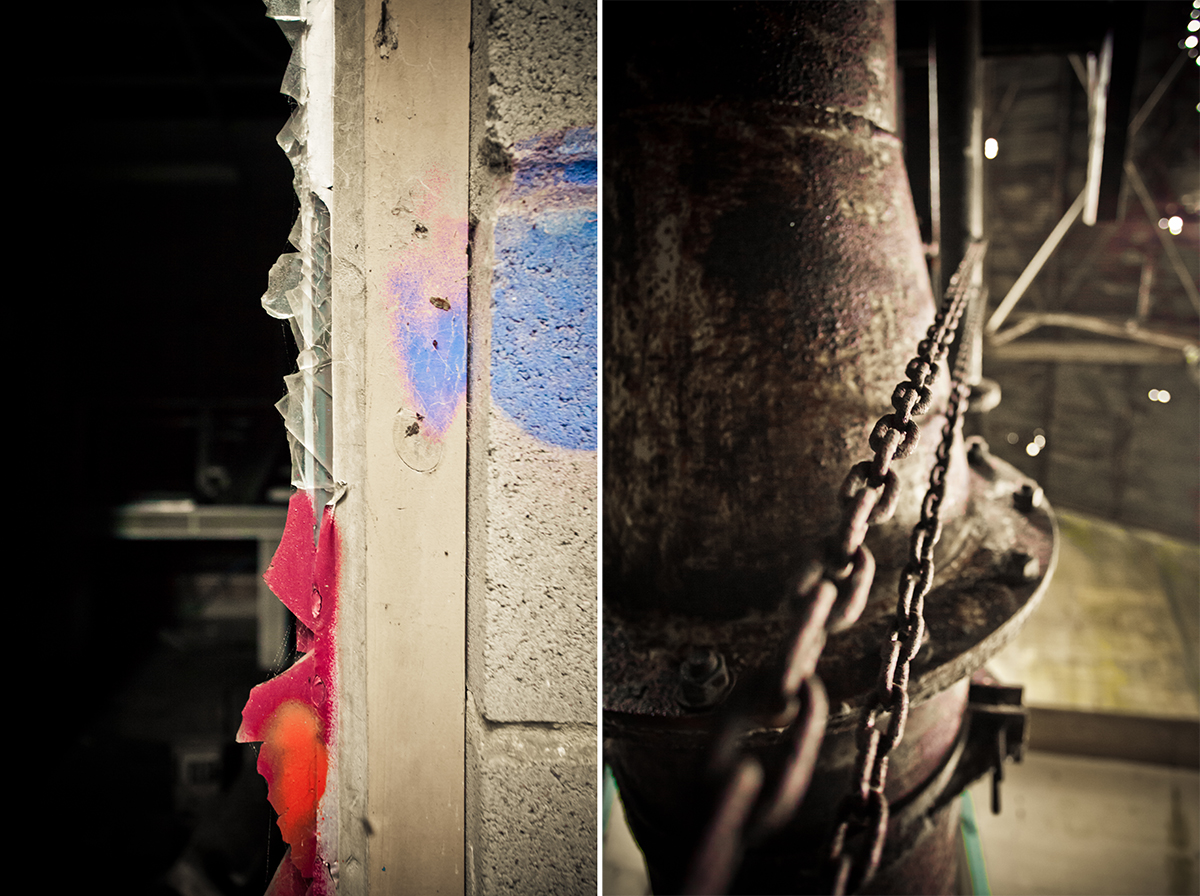
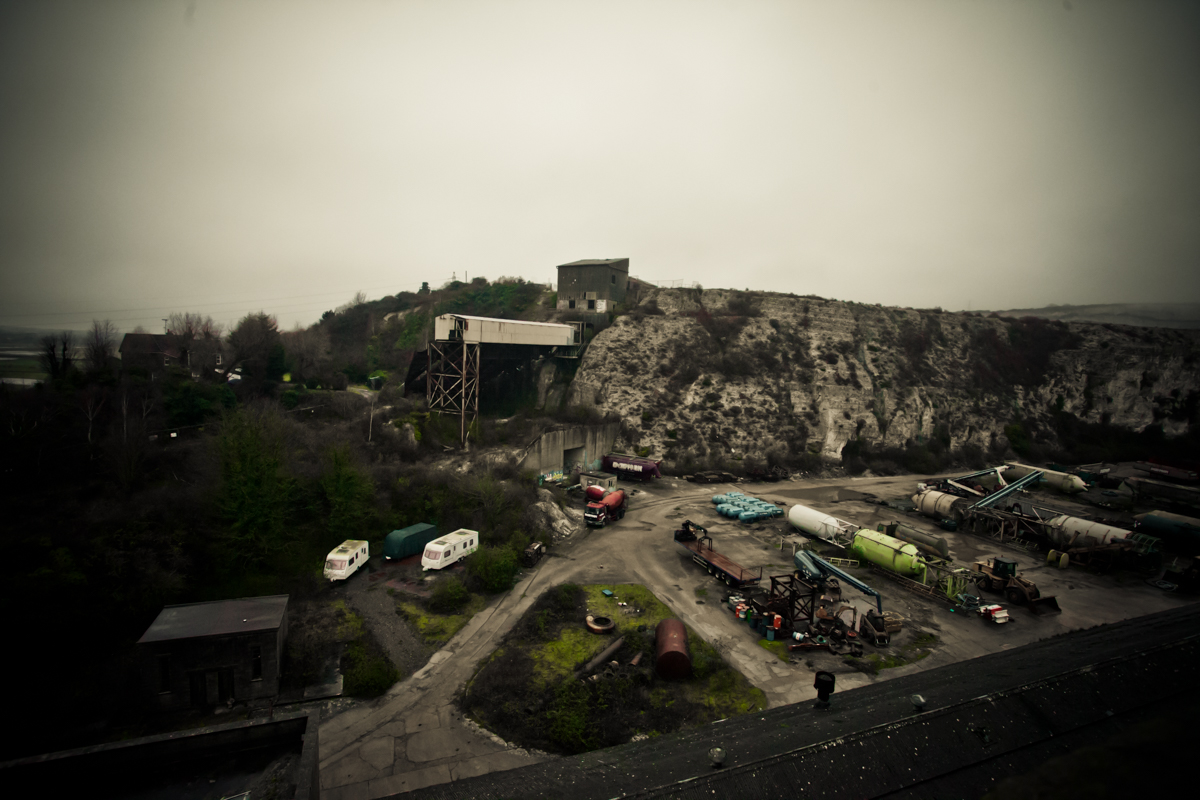
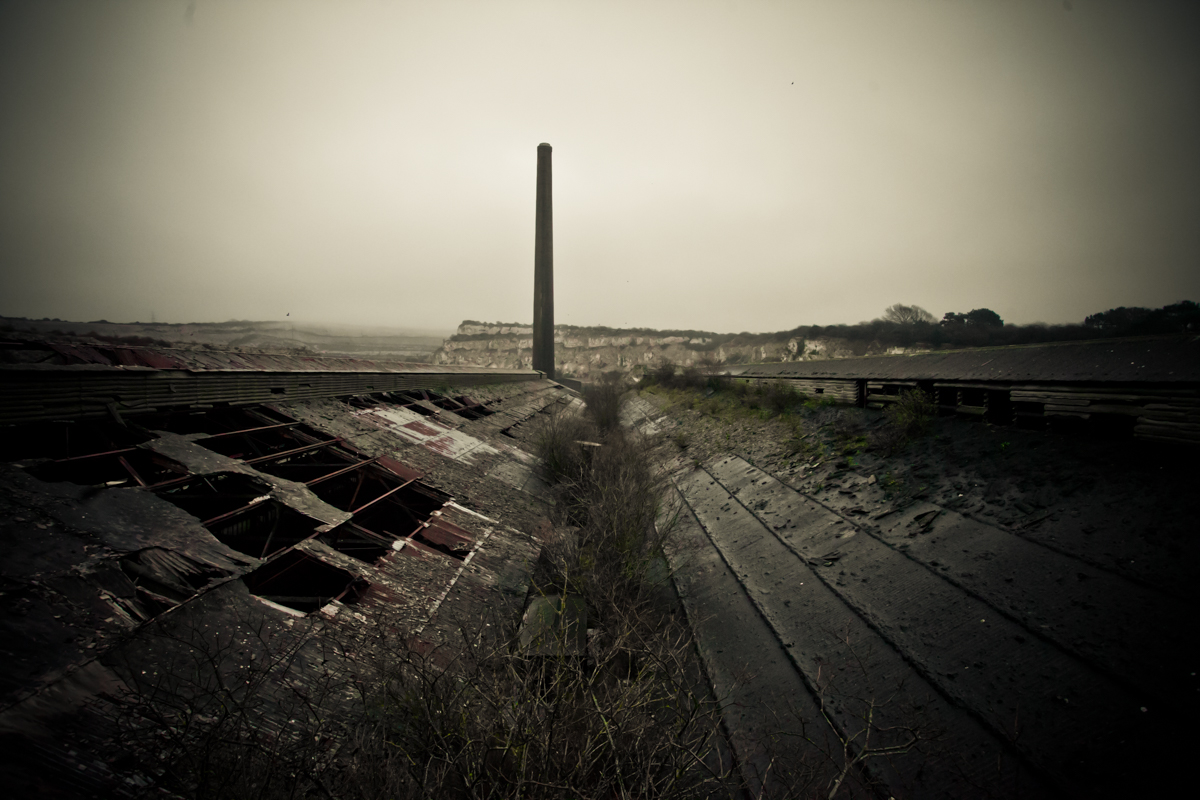
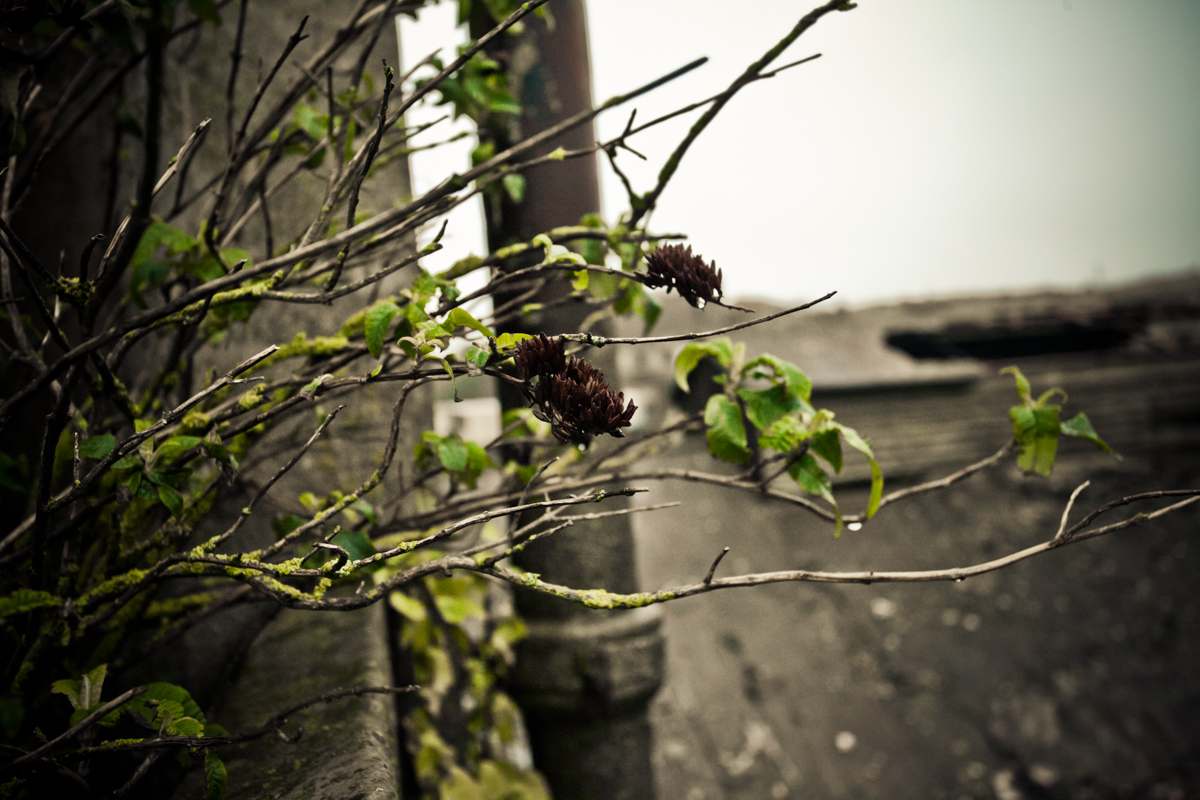
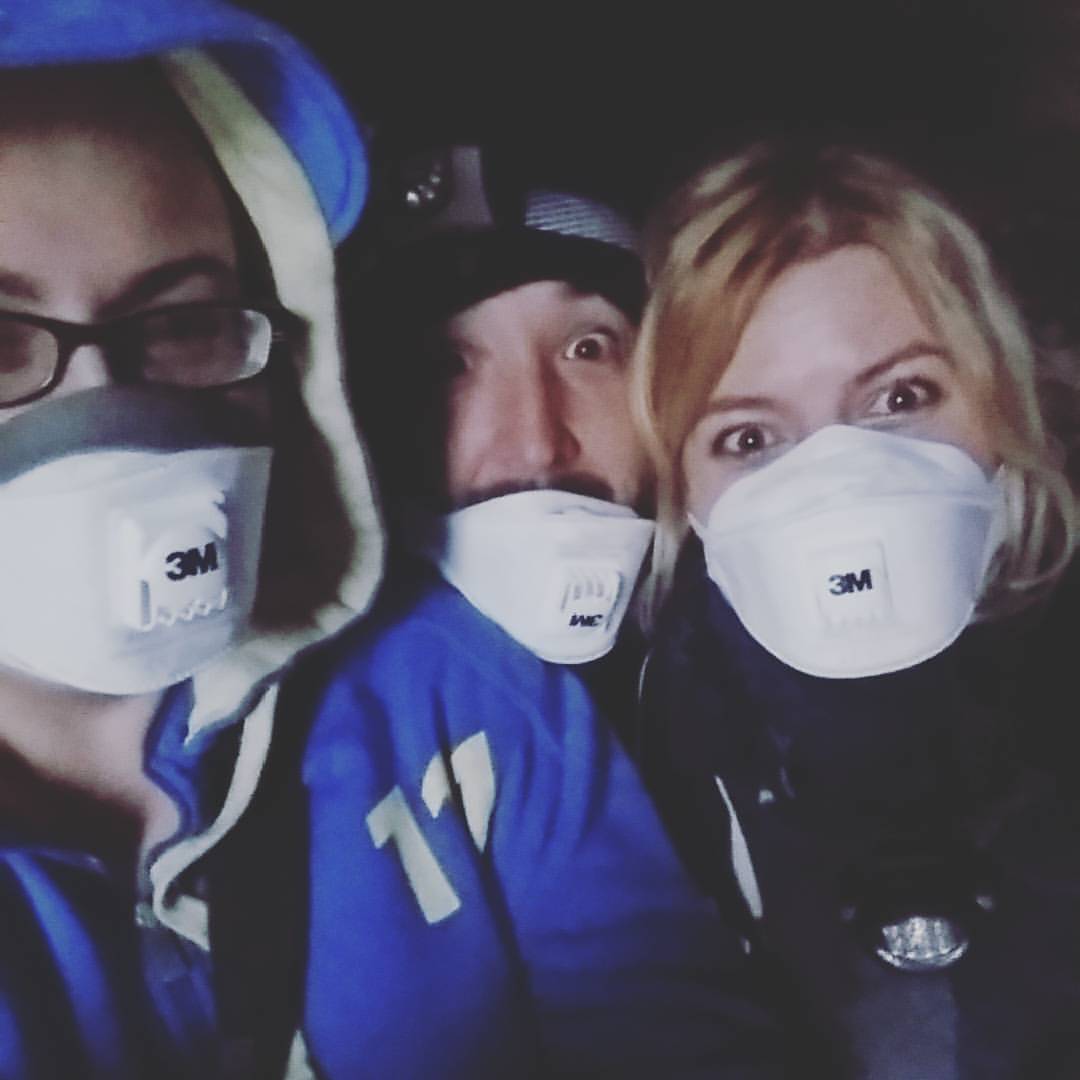
On Sunday I awoke in the wee hours of the morning, gathered my pack, and headed off to pick up some friends in search of adventure. Alicja, Paul, and I arrived on site at Shoreham Cement Works well before dawn, making our way through the countryside and down into the quarry in the dark, foggy hours of the morning. Arriving was easily the most post-apocalyptic scenario yet, on approach of the site the buildings began rising up out of the fog, barely visible in the darkness. It felt as though we were a band of survivors, picking our way through the wastes in search of safe quarters for sleep. We found a small room within the HUGE cement works and hunkered down until dawn broke, which is when we got up and spent the next five hours traversing several stories up and down throughout the complex. Security on site had no idea we were there, even as we were looking down from the very top of the roof onto the security car below, and we subsequently made it back off-site without so much as a peep. This was the first urban explore I’ve been on where I felt actual fear… and not due to getting caught, or atmosphere, or any sort of belief in the supernatural…. it was due to the heights! Some of the grated walkways between machinery are as much as four or five stories above a sheer drop to the concrete floor below, and when one is in the middle of a particularly LONG walkway one cannot help but speculate that it’s been subjected to water and rust for well over two decades! Yet none of the stairs or walkways seemed unsturdy, which is a blessing. All in all, probably the most adrenaline-fueled explore yet!
This explore marked a turning point in my urbex hobby: it was the first explore since getting my UK licence in December 2015. Now with that precious licence in hand, our merry band of three explorers will be hitting up many new and interesting sites this year!
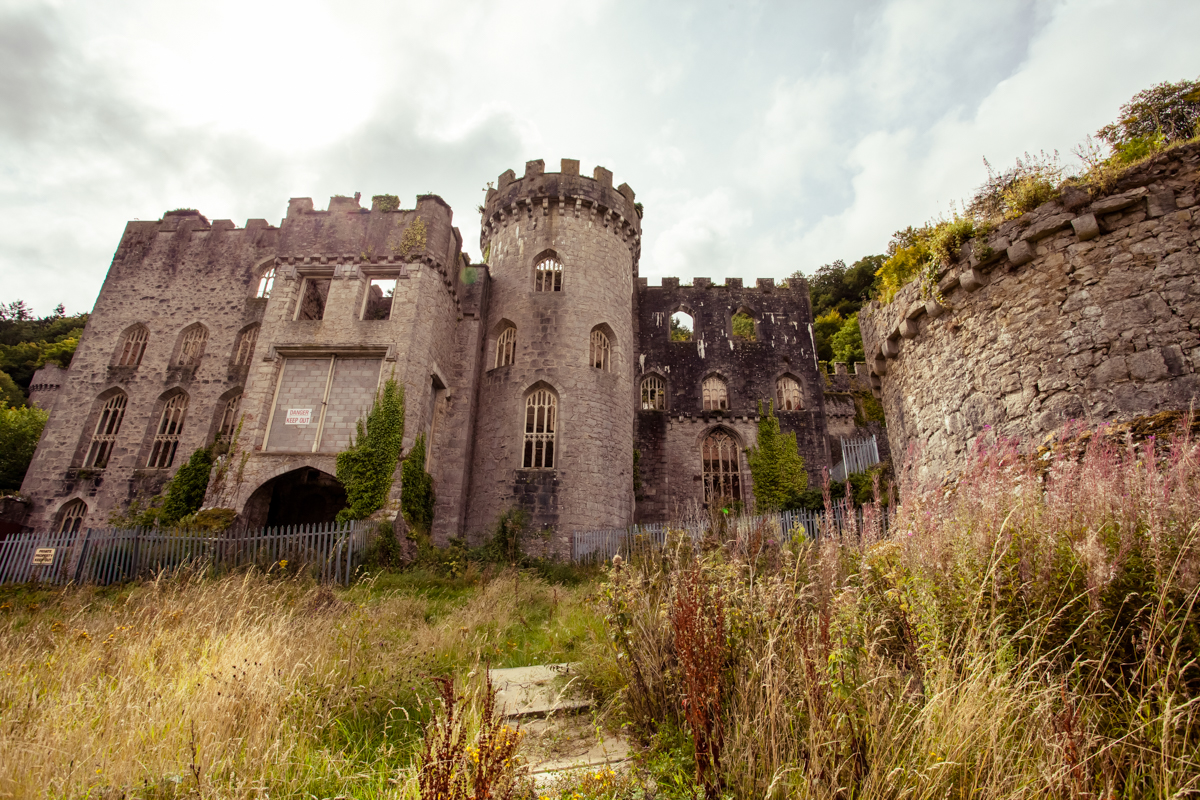
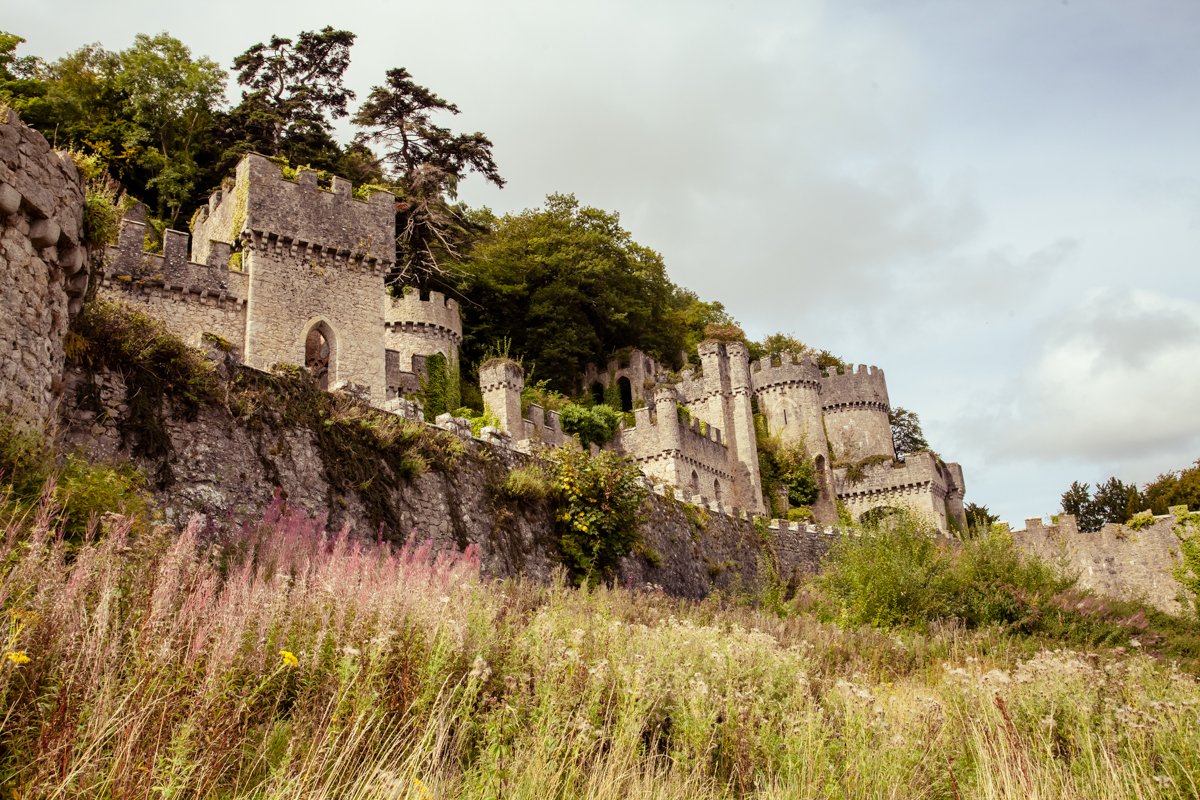
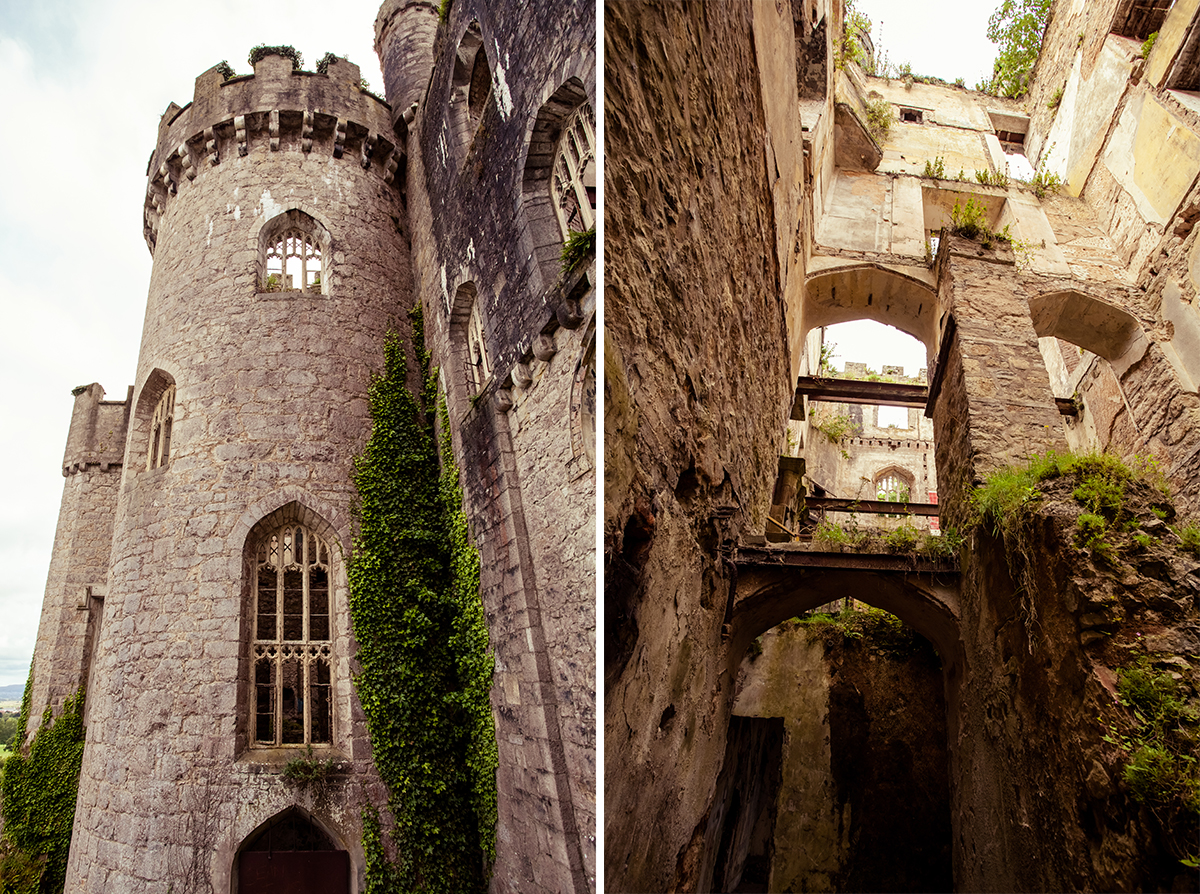
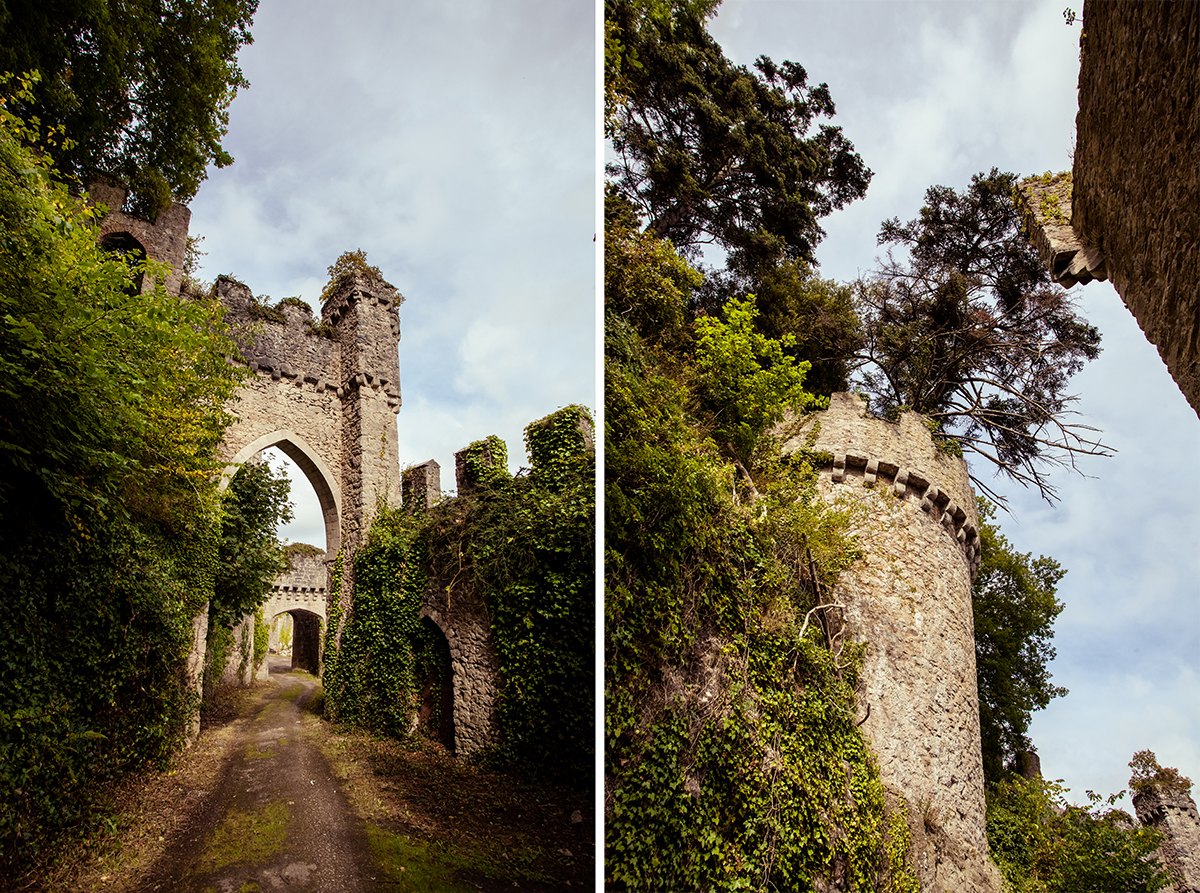
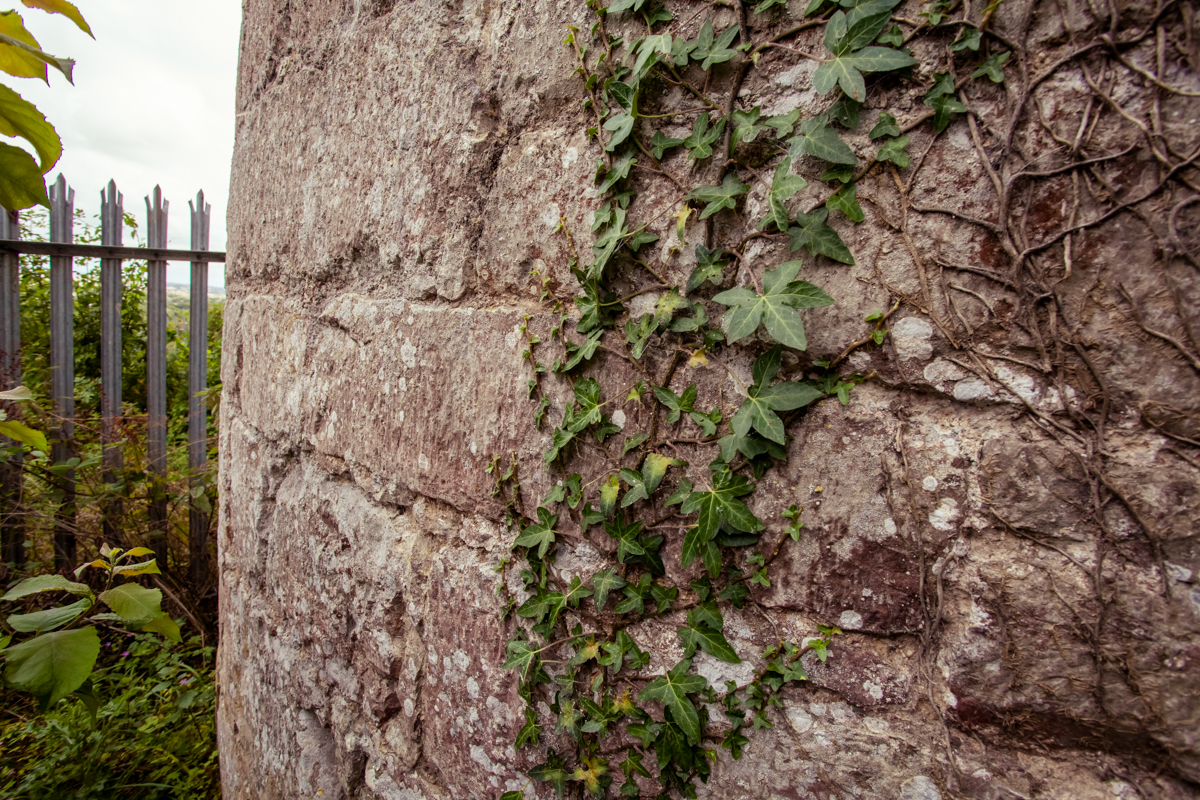
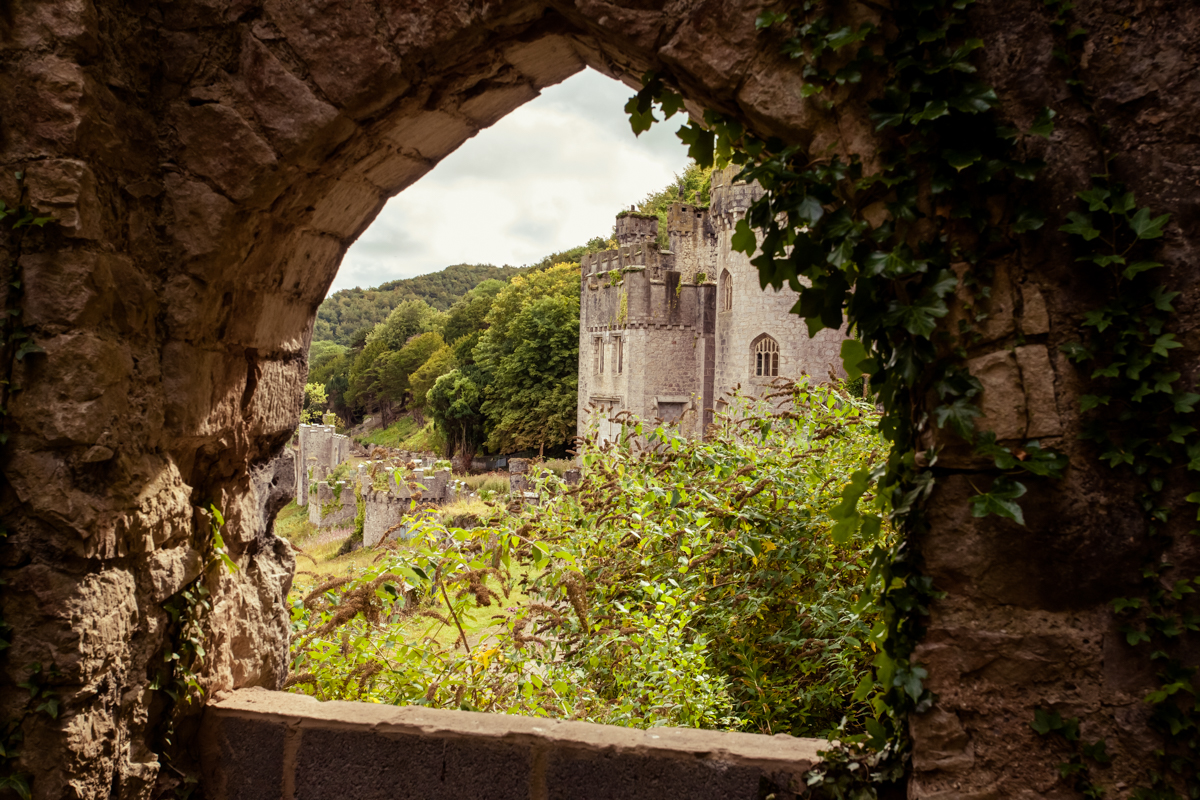
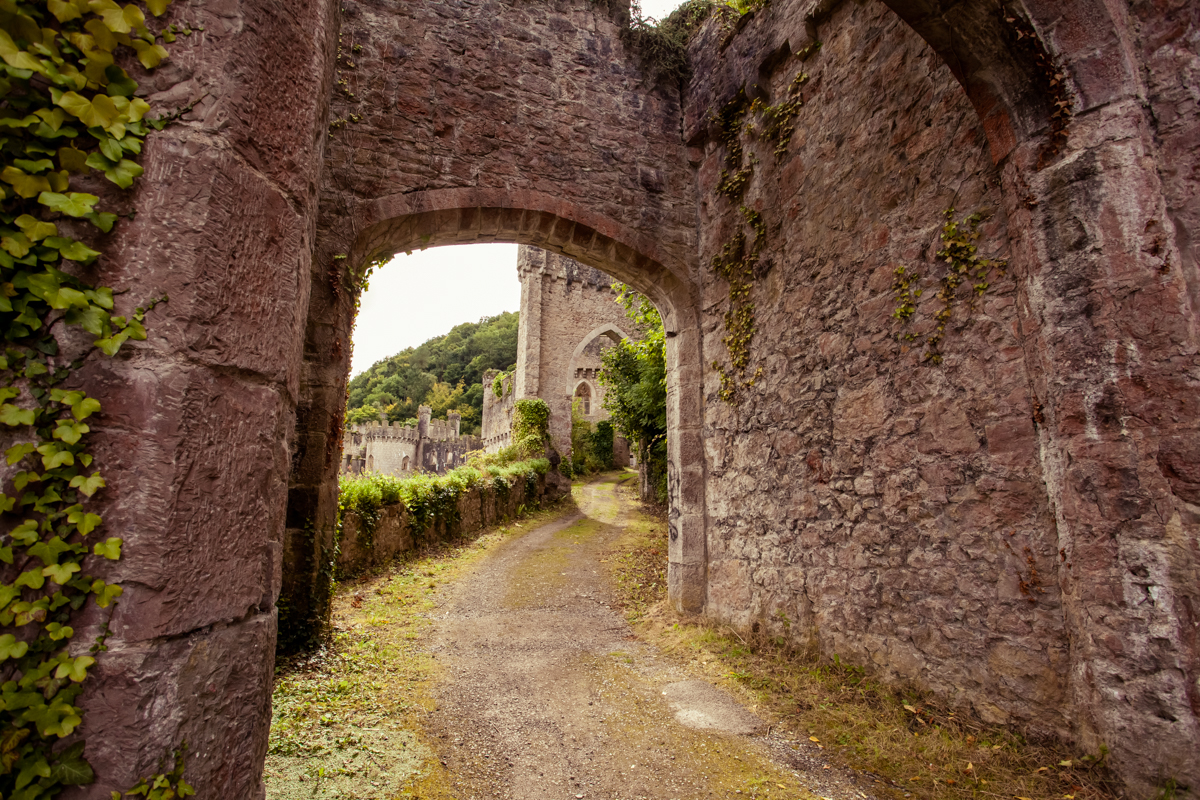
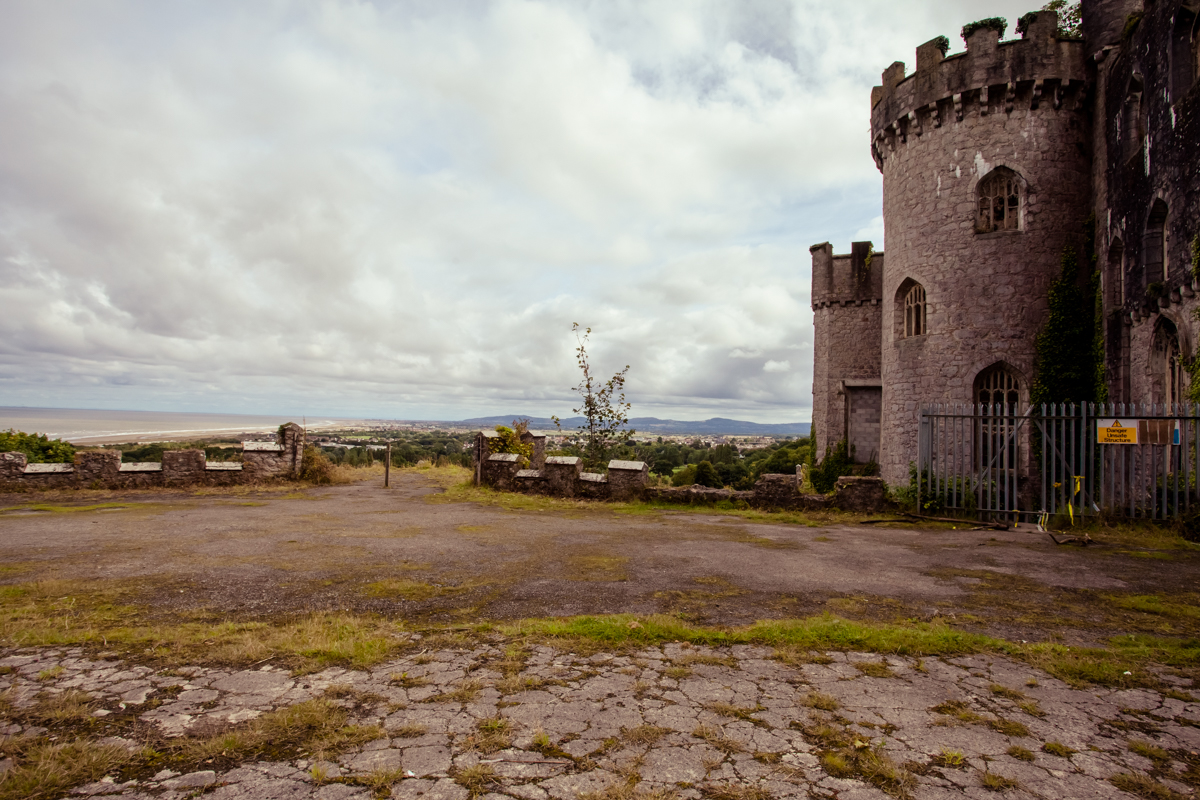
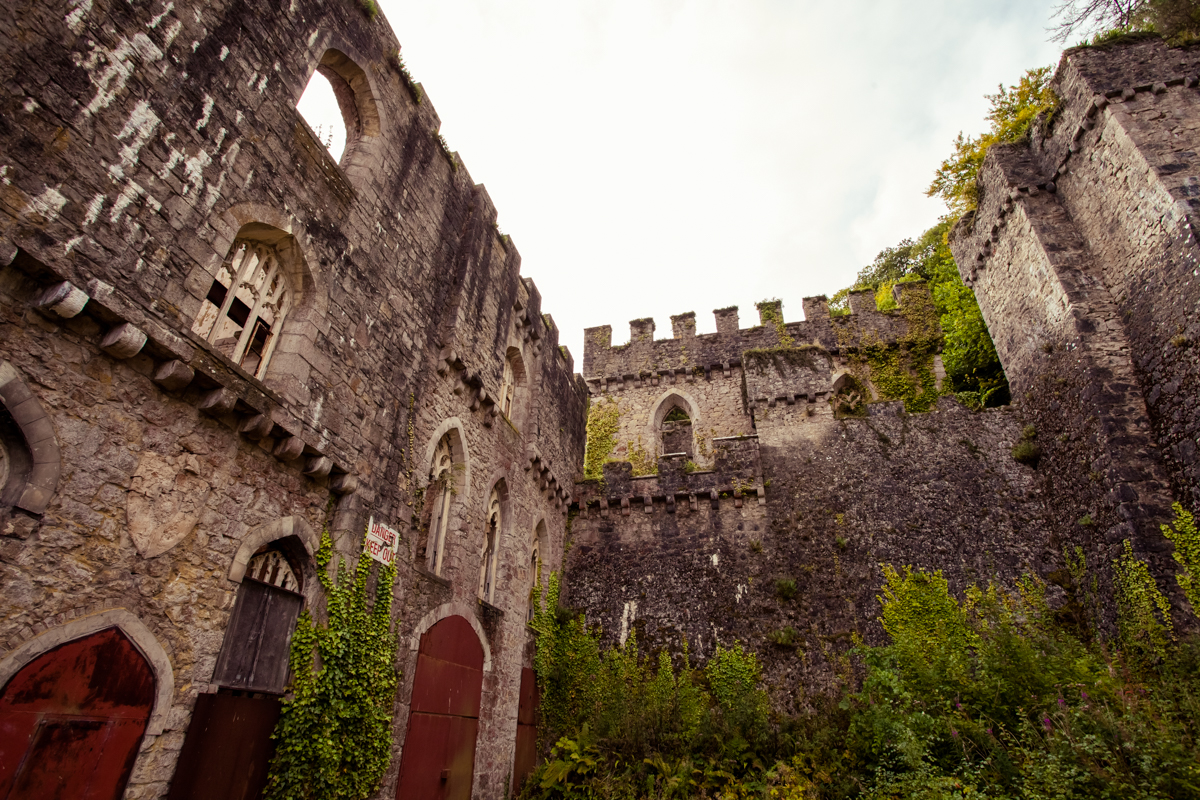
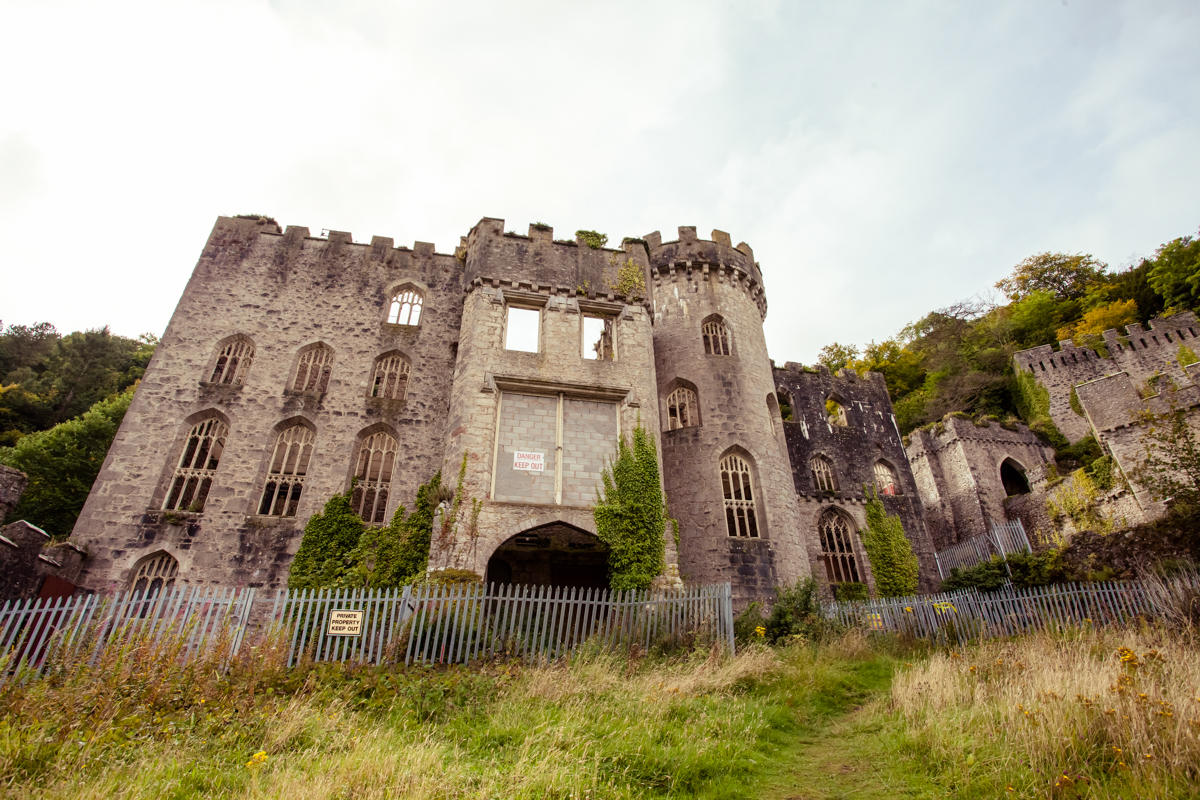
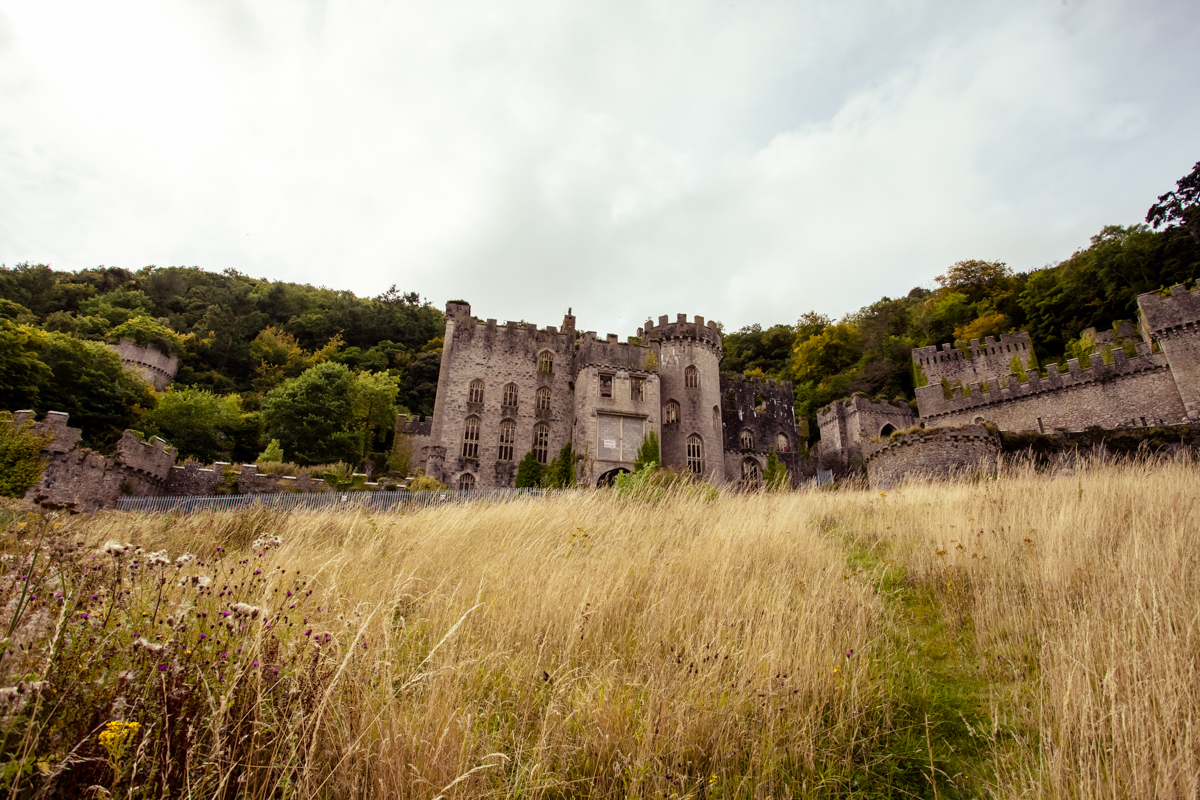
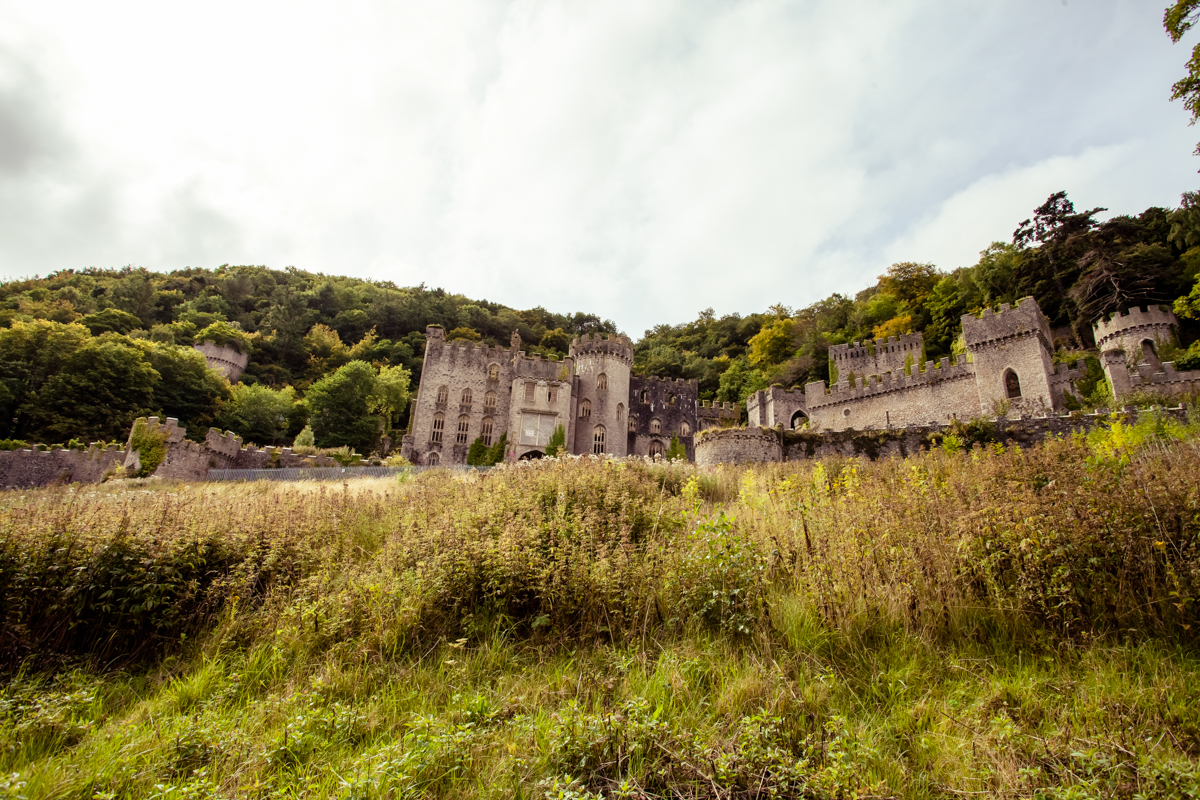
Gwrych Castle was erected between 1819 and 1825 at the behest of Lloyd Hesketh Bamford-Hesketh, grandfather of Winifred Cochrane, Countess of Dundonald. From 1894 until 1924, when the Countess died, it was the residence of the Dundonald family. The Countess left the castle in her will to King George V and the then Prince of Wales (who later became King Edward VIII). However, the gift was refused and the castle passed to the Venerable Order of Saint John. In 1928, Douglas Cochrane, 12th Earl of Dundonald, purchased the castle for £78,000, selling the contents to meet the cost.
During World War II, the Government used the castle to house 200 Jewish refugees run by the Jewish Zionist youth movement Bnei Akiva. Following the war, the castle left the Dundonald family and was open to the public for twenty years. It was called “The Showpiece of Wales” at this time, and attracted many visitors. It was also used as a training venue for the English World Middleweight boxing champion Randolph Turpin in the early 1950s. In the early 60s it was an occasional venue for the famous motorcycle Dragon Rally and in the 70s it was used as a centre for medieval re-enactments, attracting tourists with such events as jousting and mock banquets.[citation needed] One such “occasional” use was the holding of the British Youth Festival’s event for left-wing youngsters and students in the summer of 1961. Organised principally by members of the Lancashire branch of the Young Communist League, the ten-day event was notable not only for the attendance and performance of Robin Hall and Jimmy McGregor, but also for the swarm of journalists, led by the now-defunct News of the World.
The castle was last open to the public in 1985. Thereafter, it started to decline. It was bought in 1989 by Nick Tavaglione, an American businessman, for £750,000. However, his plans to renovate the building were not carried out. As a result, the castle was extensively looted and vandalised, becoming little more than a derelict shell, although it was used in 1996 as the backdrop for Prince Valiant, a film starring Edward Fox, Joanna Lumley and Katherine Heigl.
During the period of Tavaglione’s ownership, historian Mark Baker campaigned for the castle to be brought back to its days of glory—a campaign that he started when he was twelve years old. Baker was instrumental in forming the Gwrych Castle Preservation Trust, dedicated to ensuring the castle’s future. The condition of the property was monitored by the Trust, who lobbied Conwy council to compulsorily purchase the property, eventually placing enough pressure on the American owner, who put it up for sale in March 2006.
City Services Ltd, trading as Clayton Homes and Clayton Hotels, bought the castle in January 2007 for £850,000, after it failed to reach its £1.5m reserve price at the 2 June 2006 auction. On 30 April 2007, Clayton Hotels announced a 3-year project, costing £6,000,000, to renovate the castle and convert it into a 90-bedroom 5-star hotel, creating 100 jobs. The project was subject to planning permission, but had the support of the Trust.[4] Clayton Hotels spent about half a million pounds on its plans, clearing the site and rebuilding areas. After Clayton Hotels was placed in administration, new developers obtained fresh planning permission in November 2012 from Conwy County Borough Council for the castle to be converted into a luxury hotel with 75 bedrooms and associated facilities – From Wikipedia
Gwrych Castle was an impromptu urban explore after seeing it nestled away in the hillside from the A55 on our way to our holiday rental in Snowdonia, Wales. After Googling the history and finding out it was well and truly abandoned, I knew I had to see it. This is the only site I’ve ever visited solo, and though it was a cool experience the property bears too close a resemblance to normal National Trust or English Heritage sites, which detracted from the excitement.


